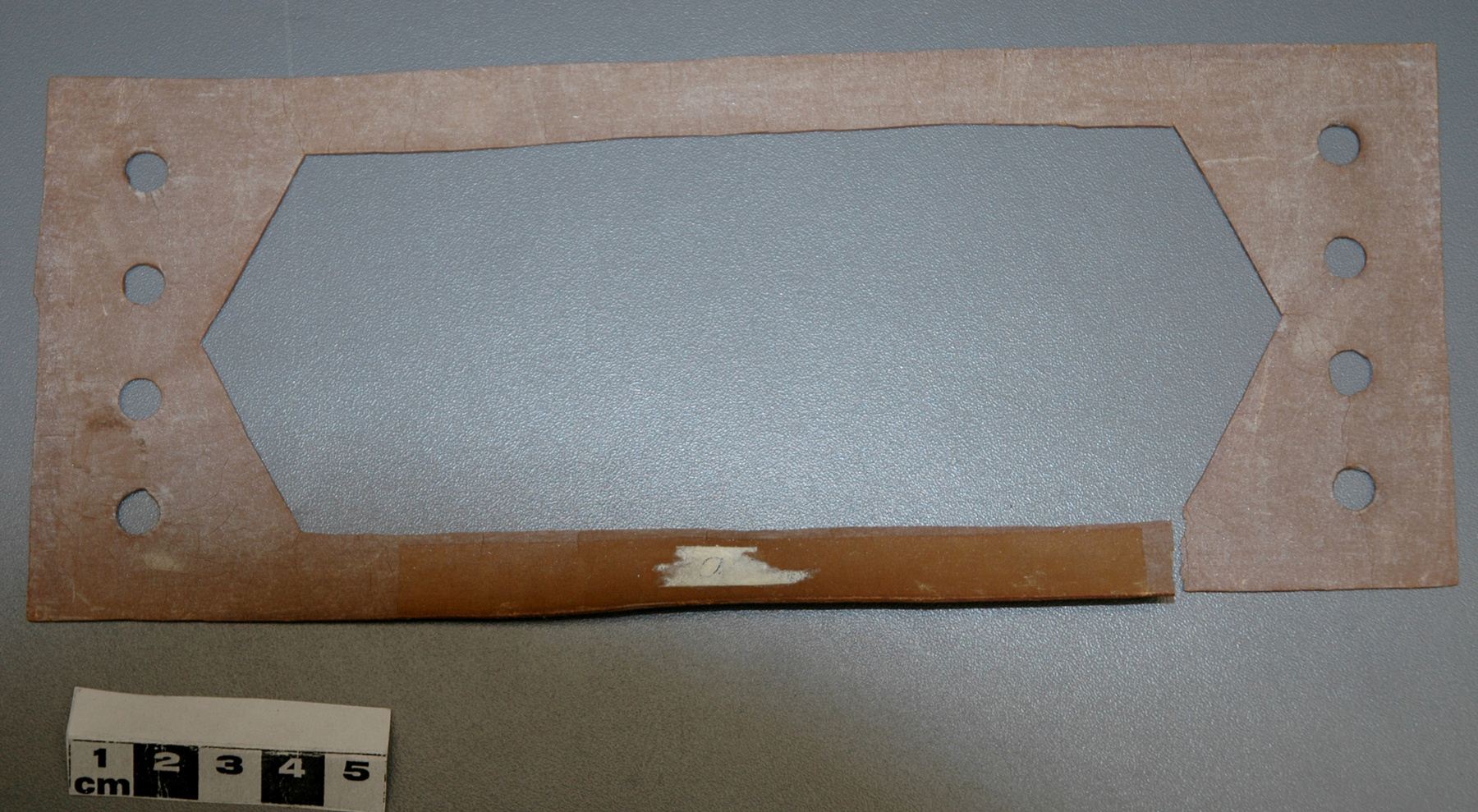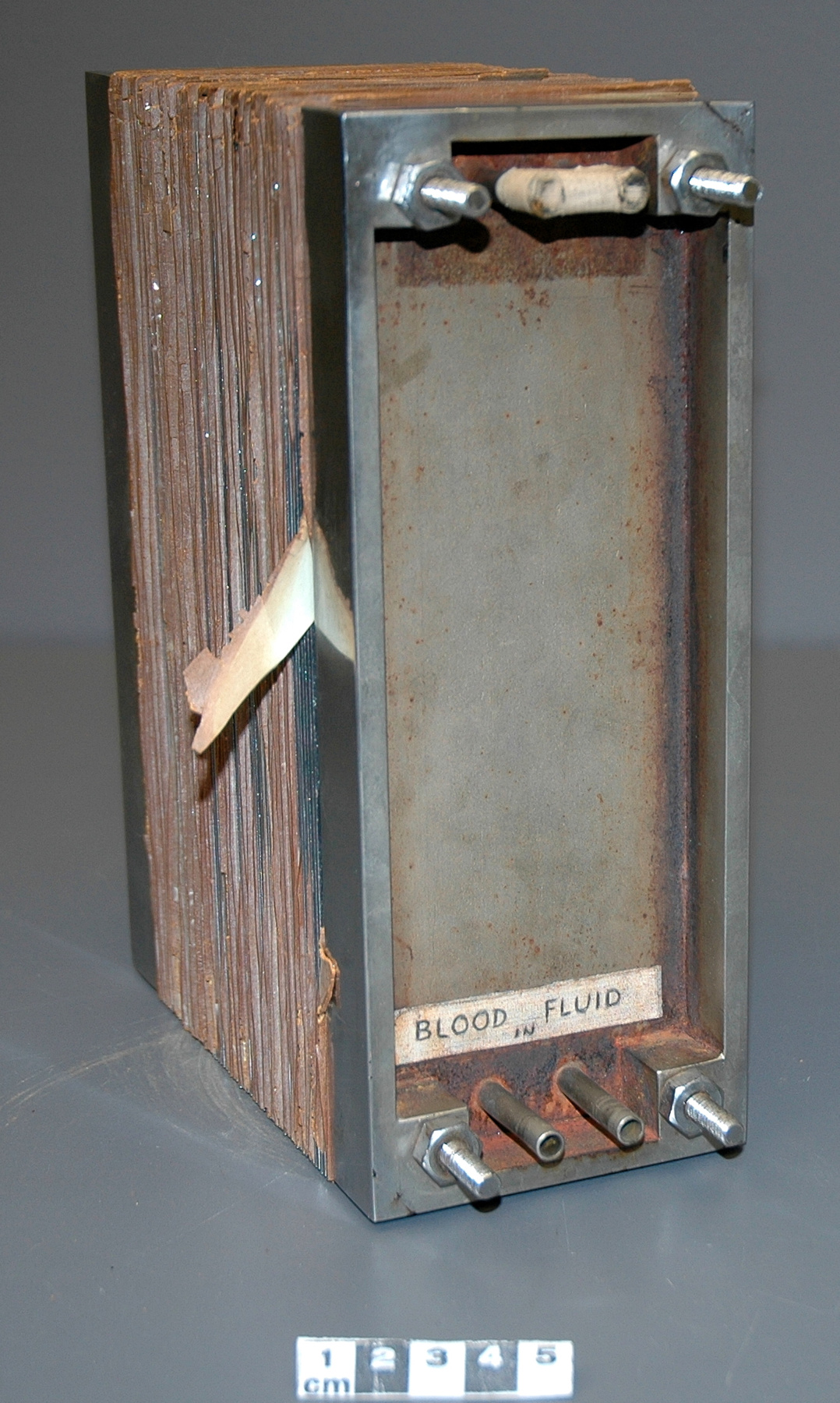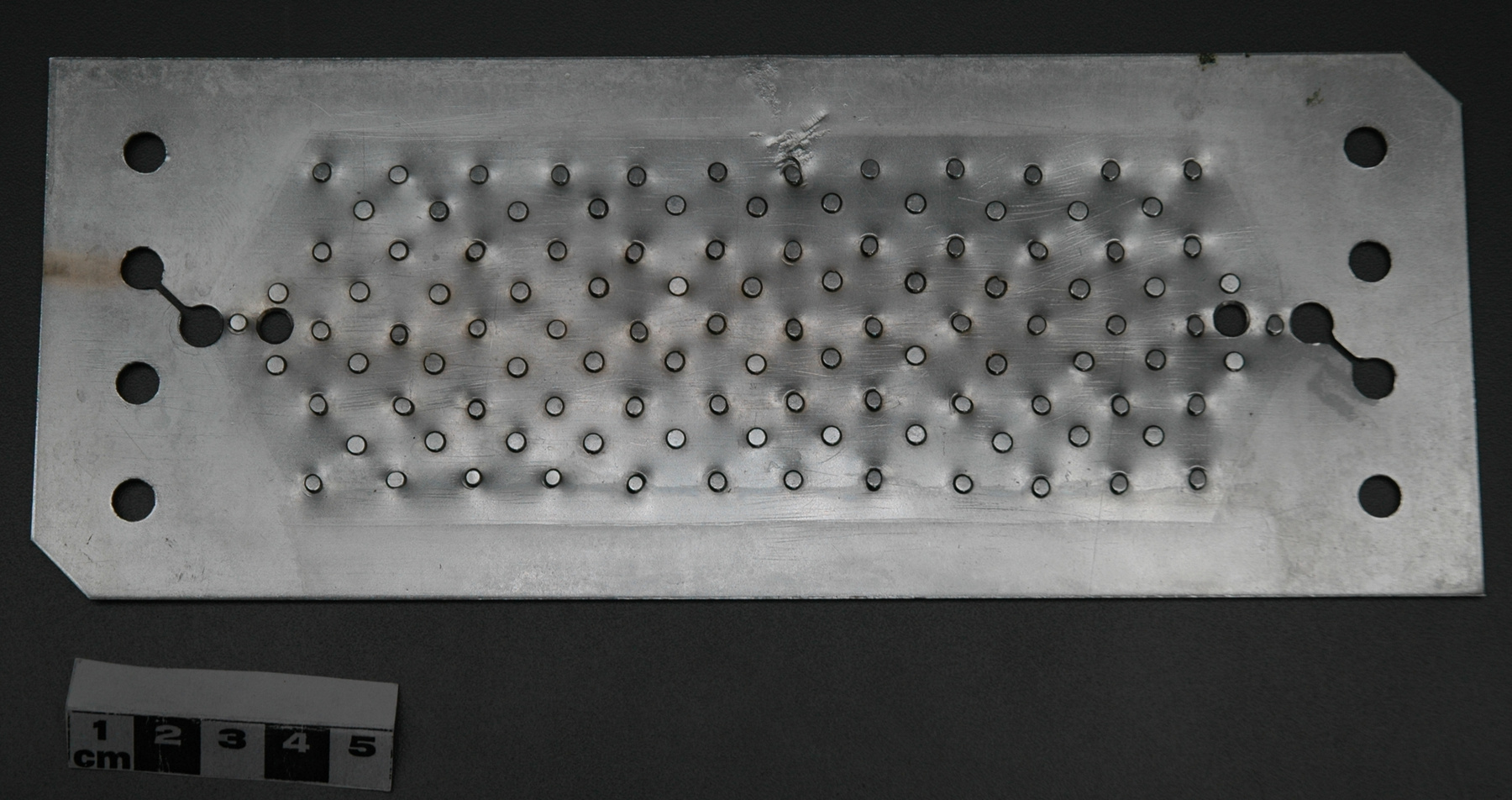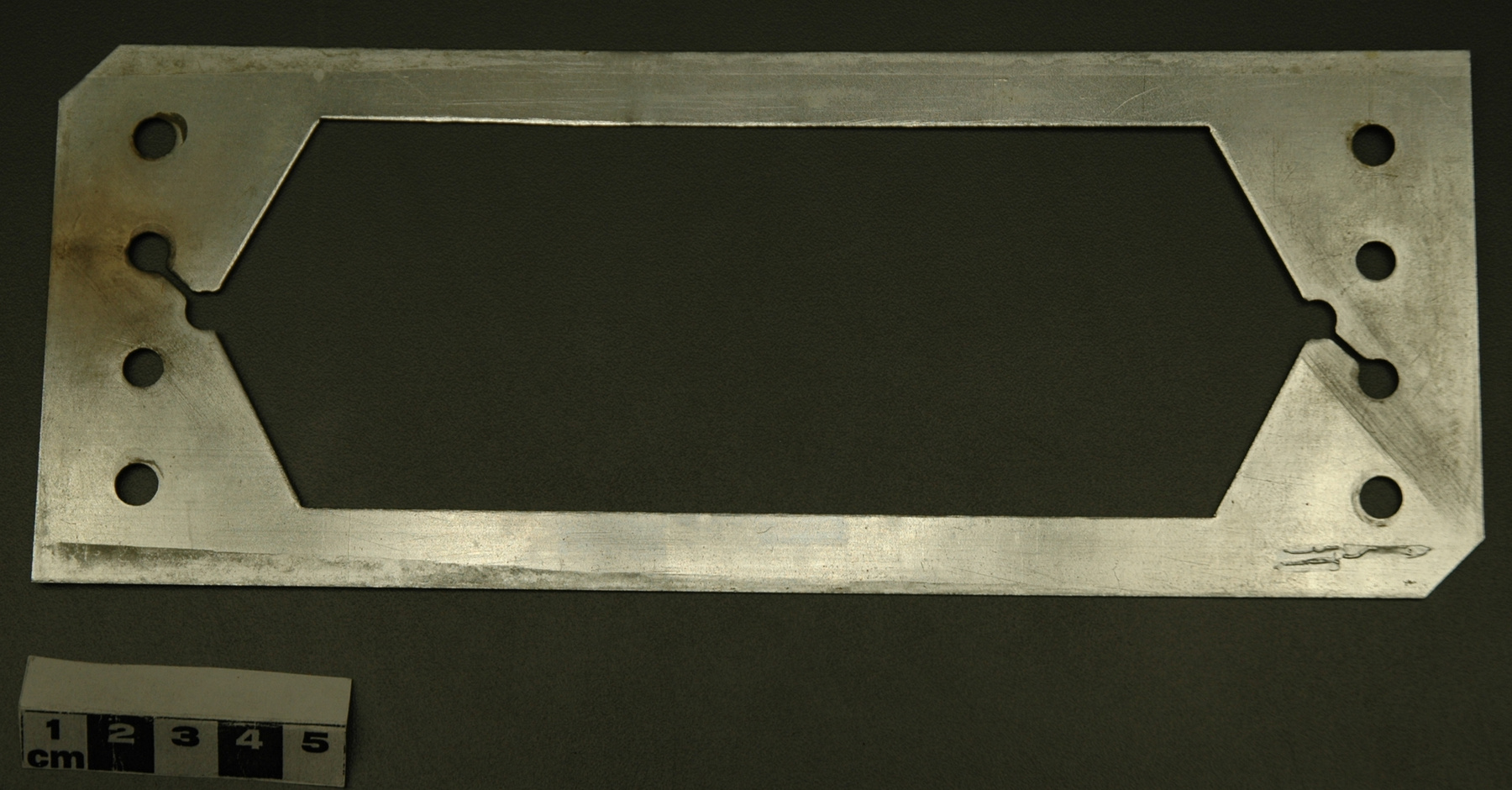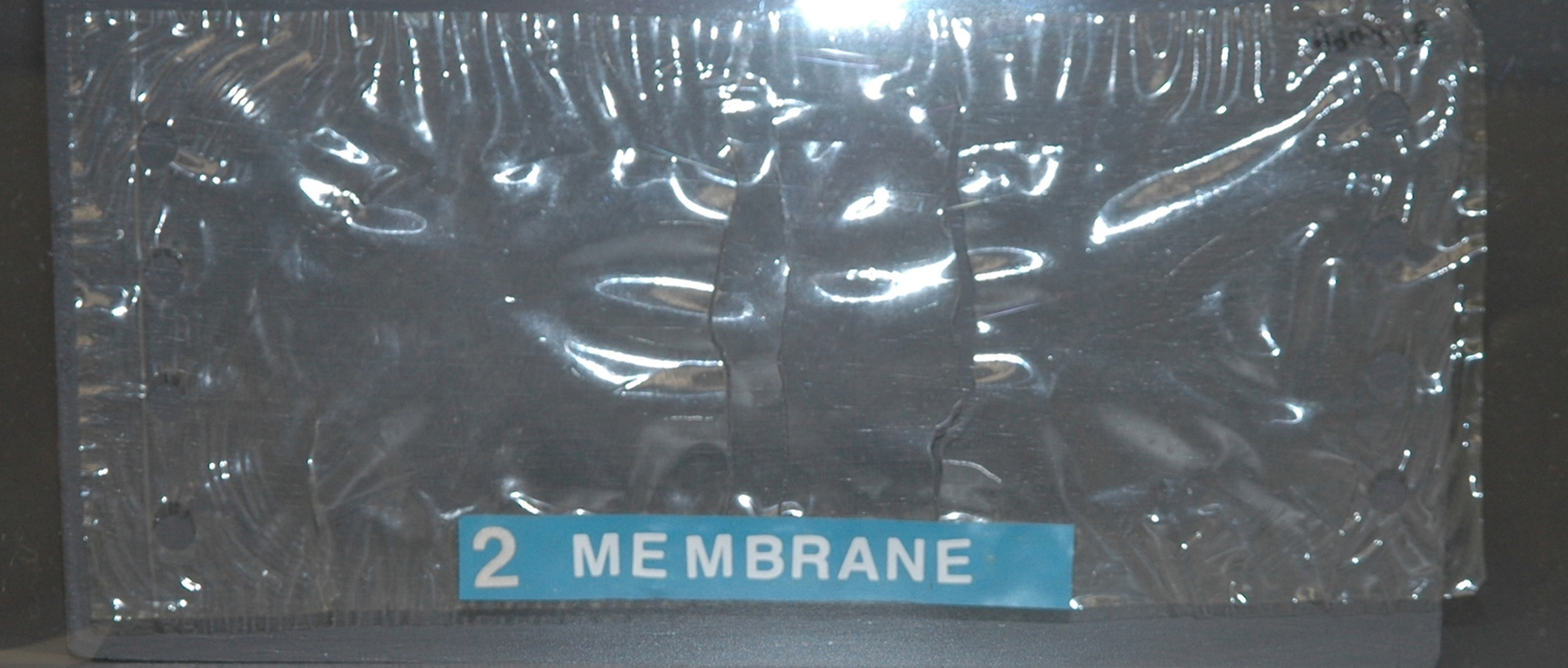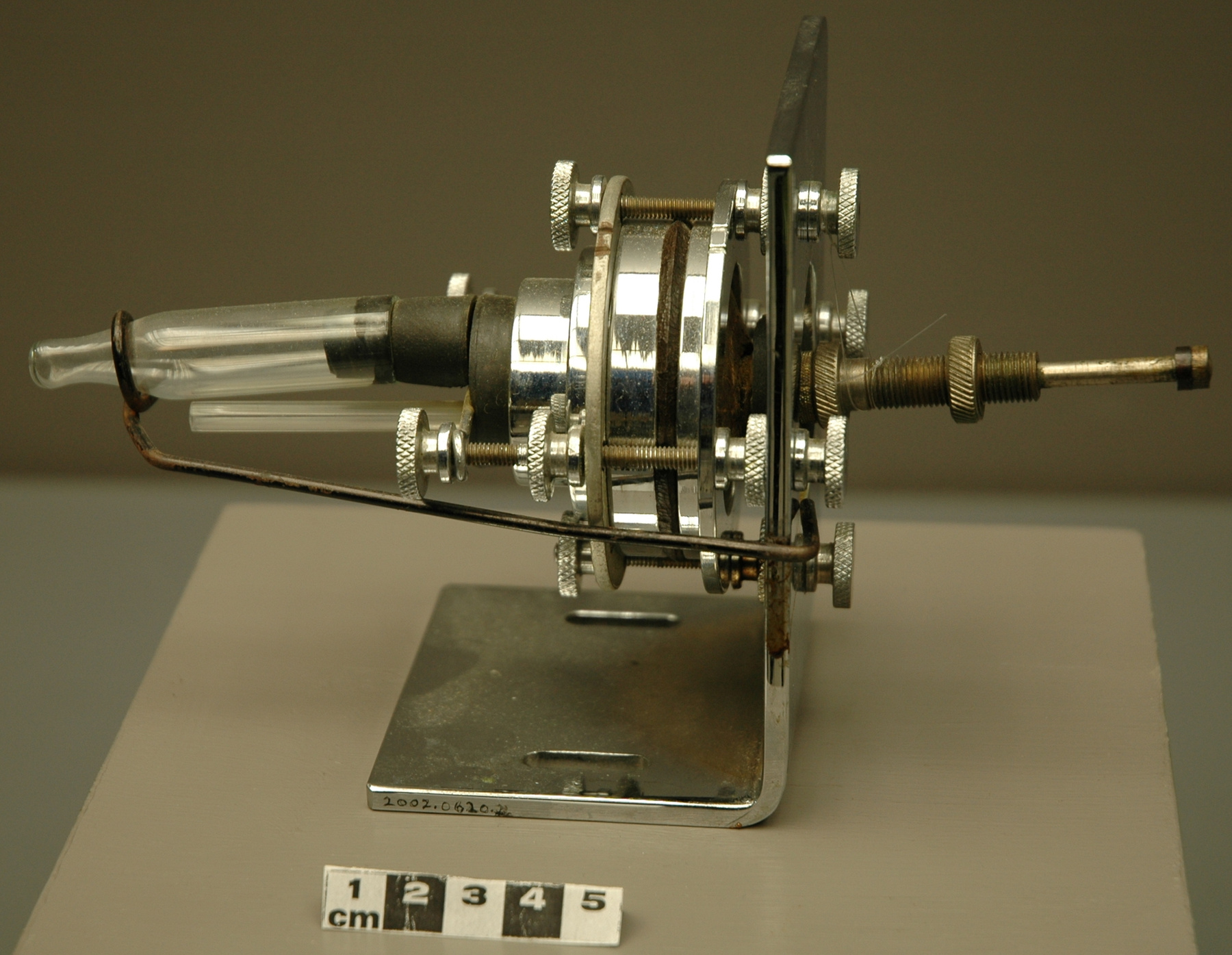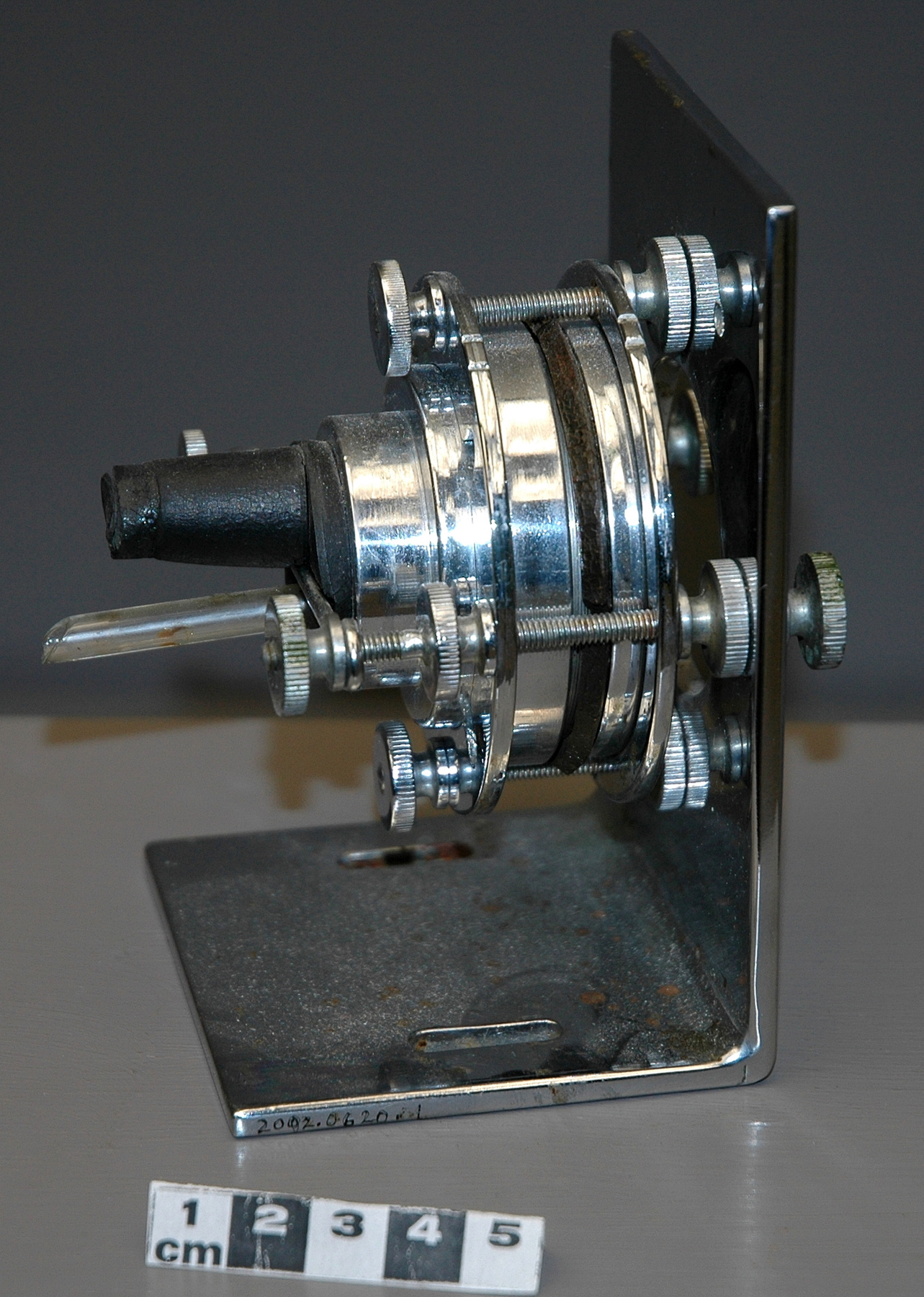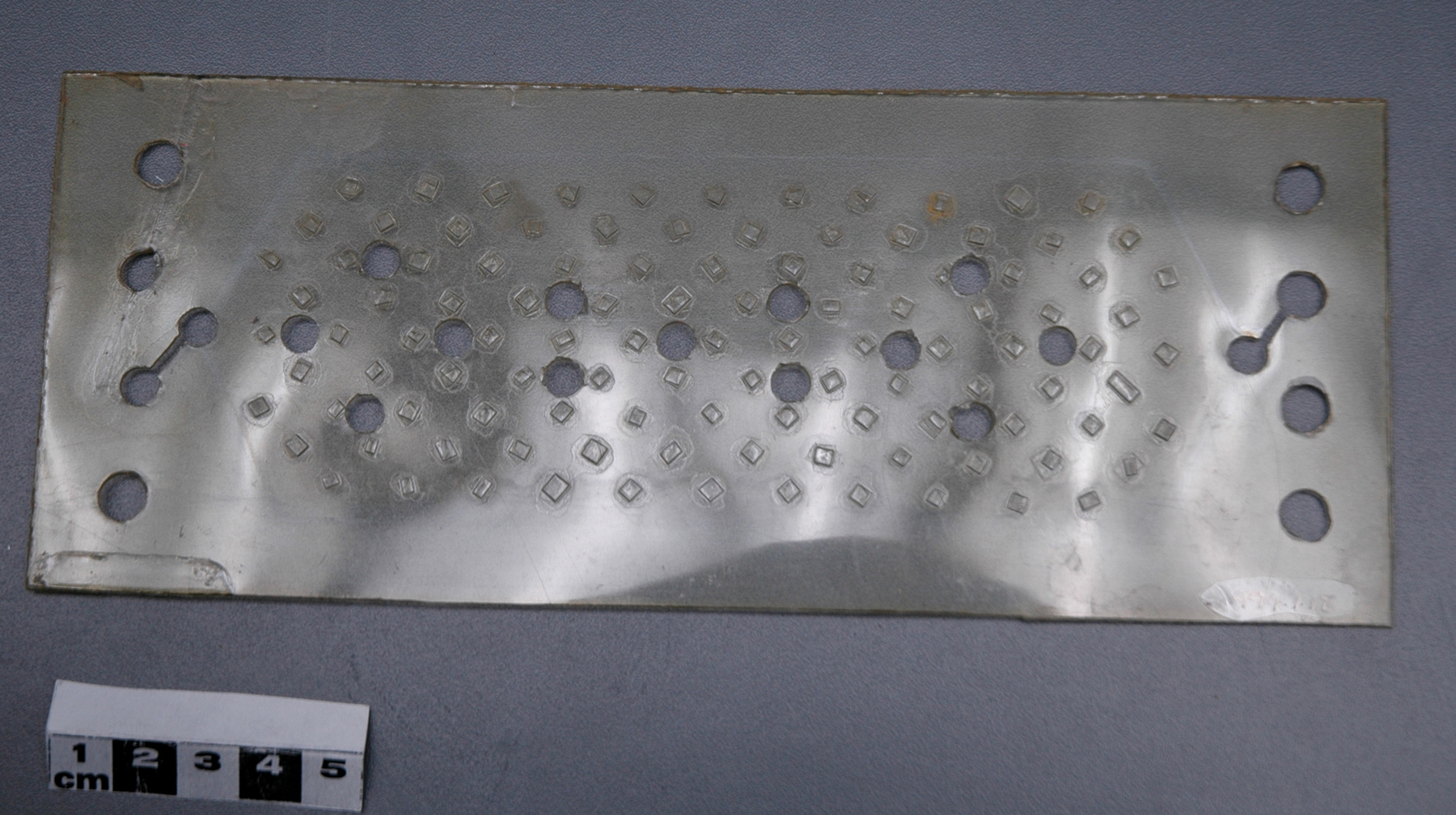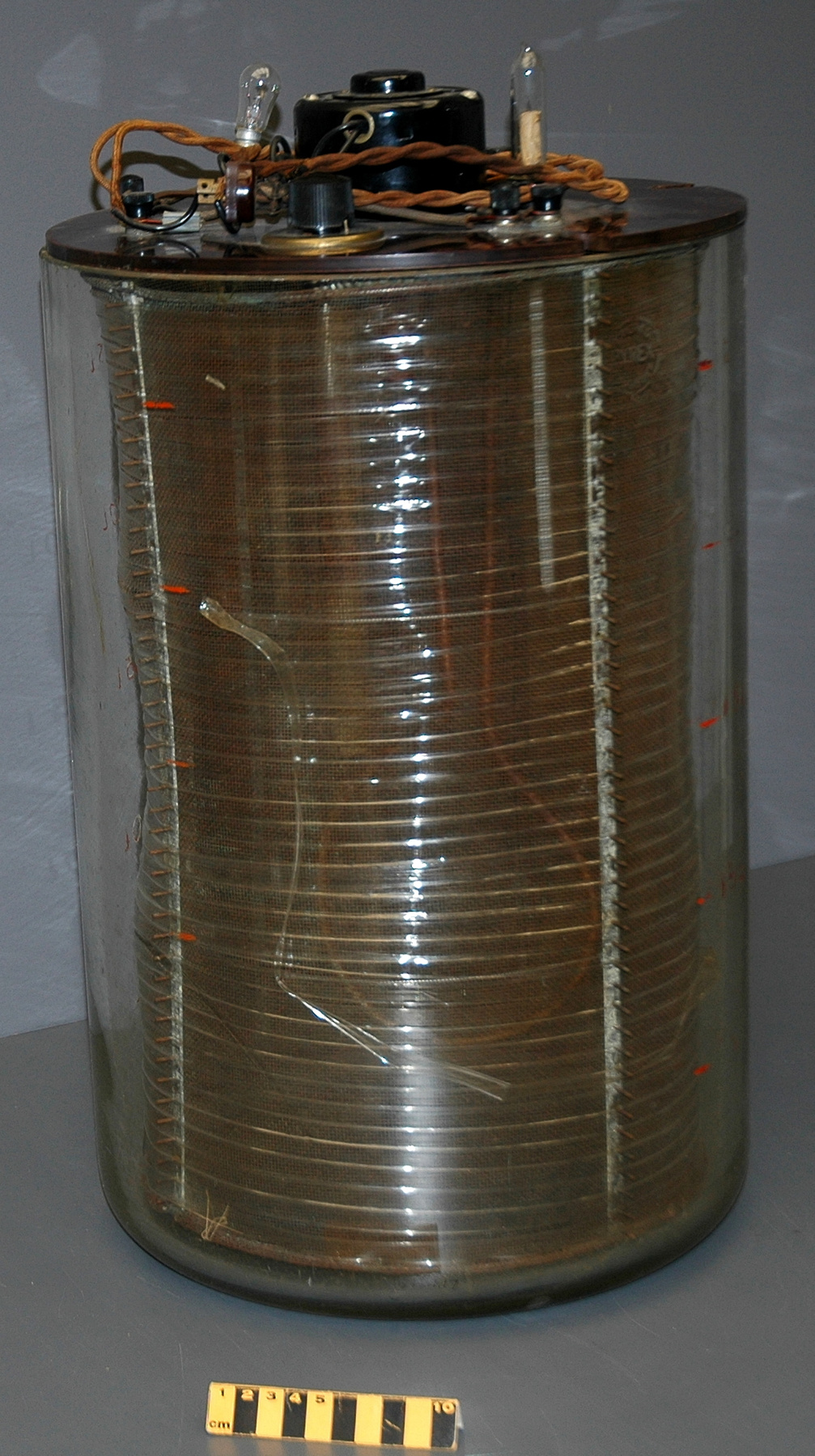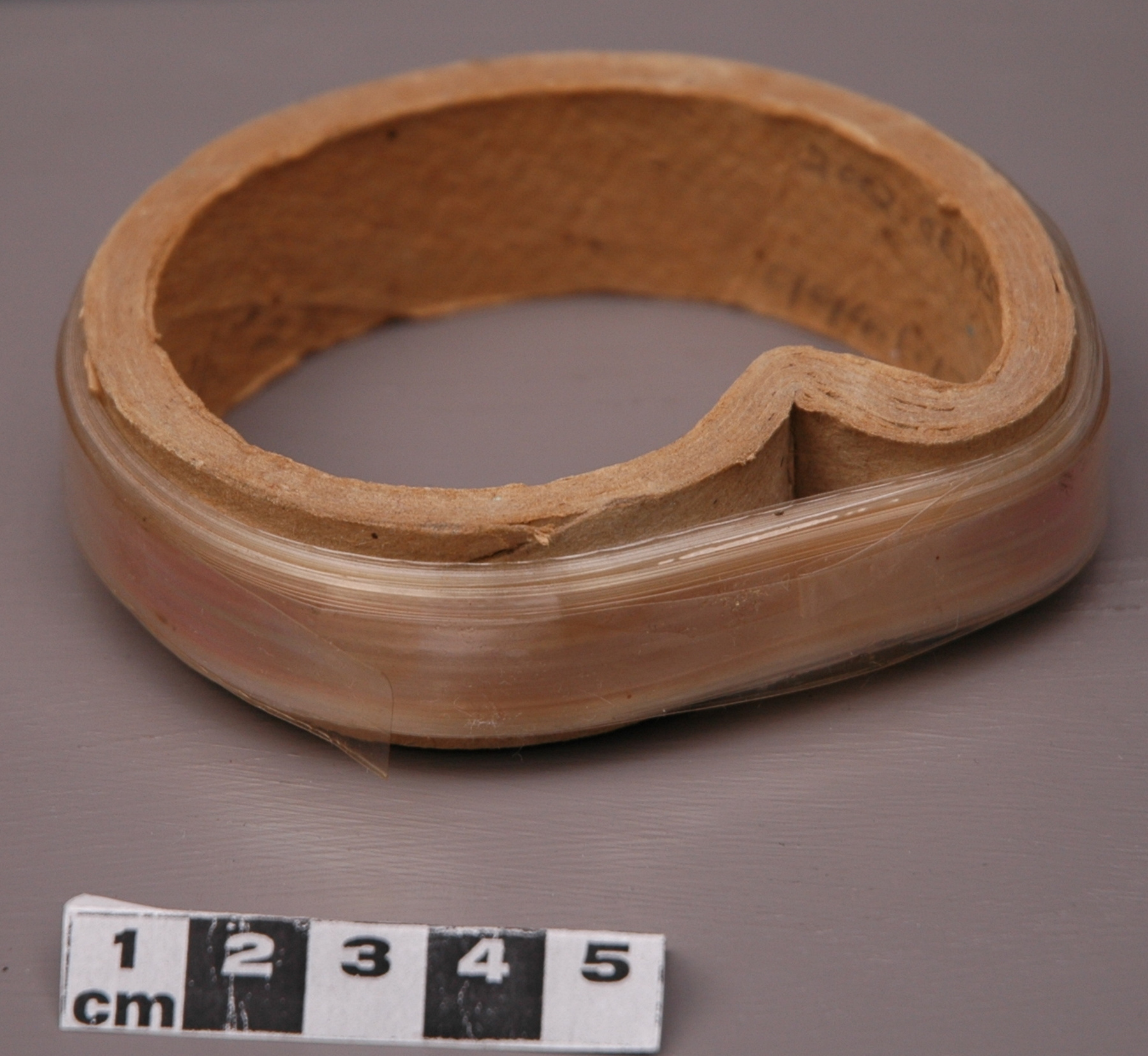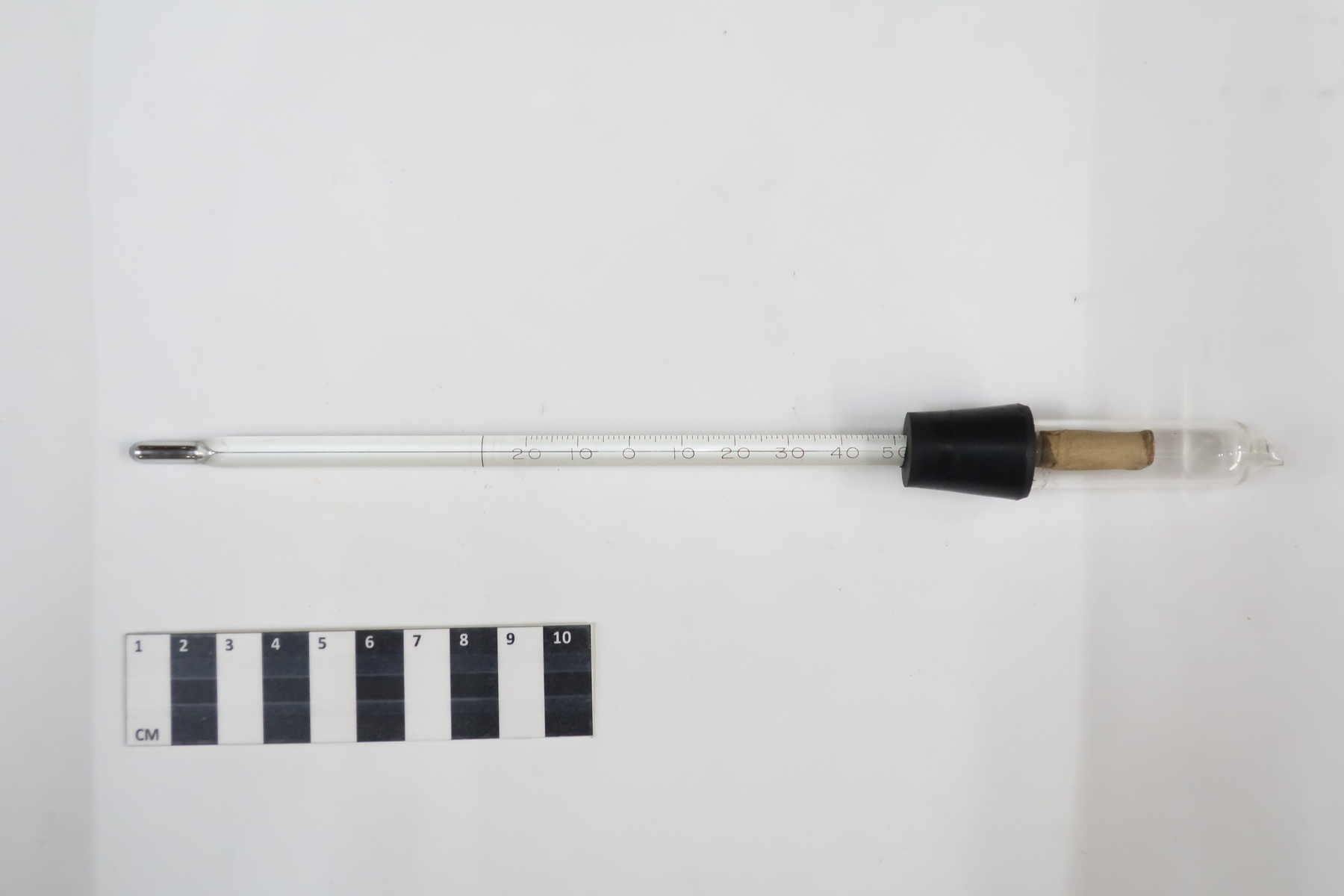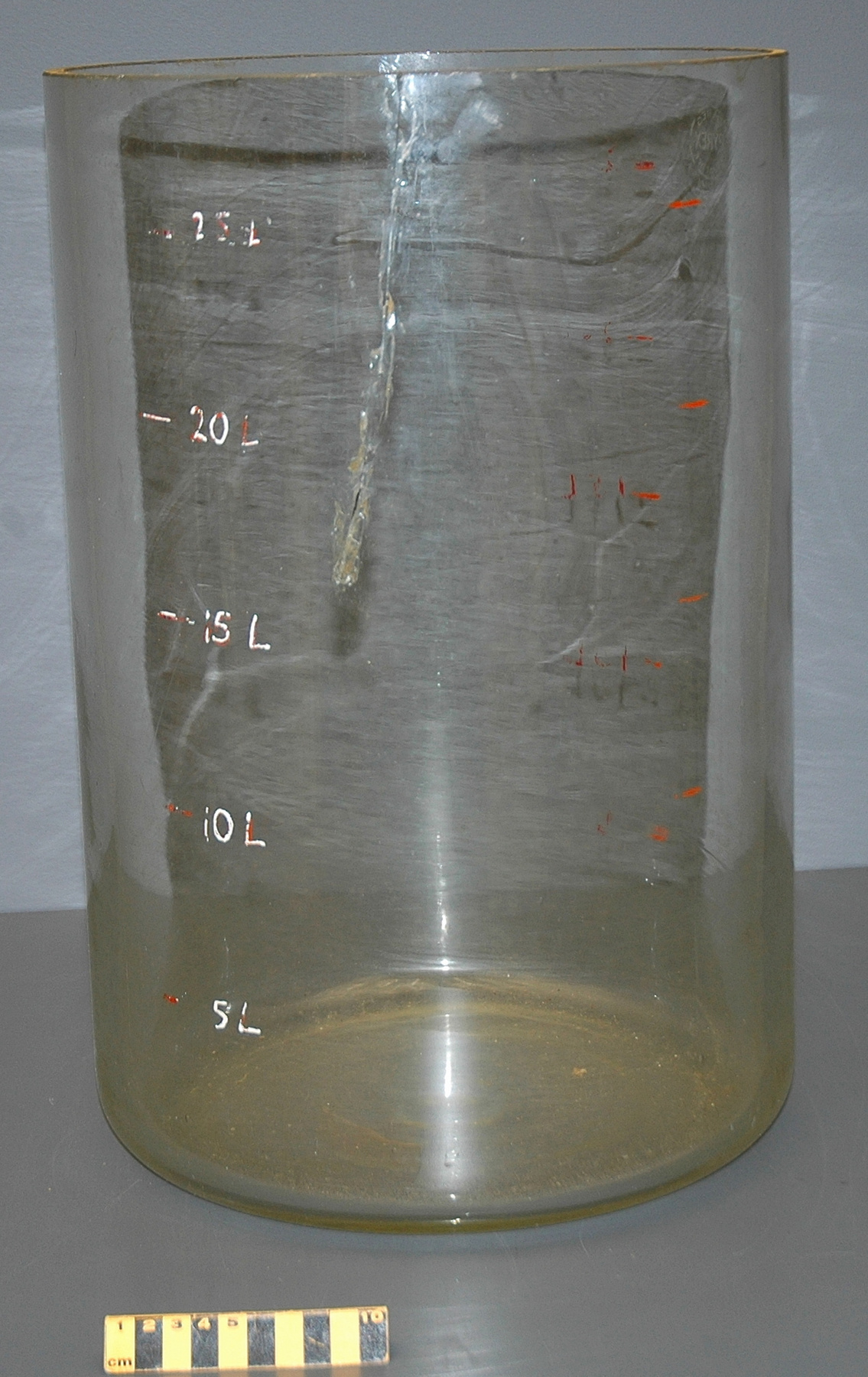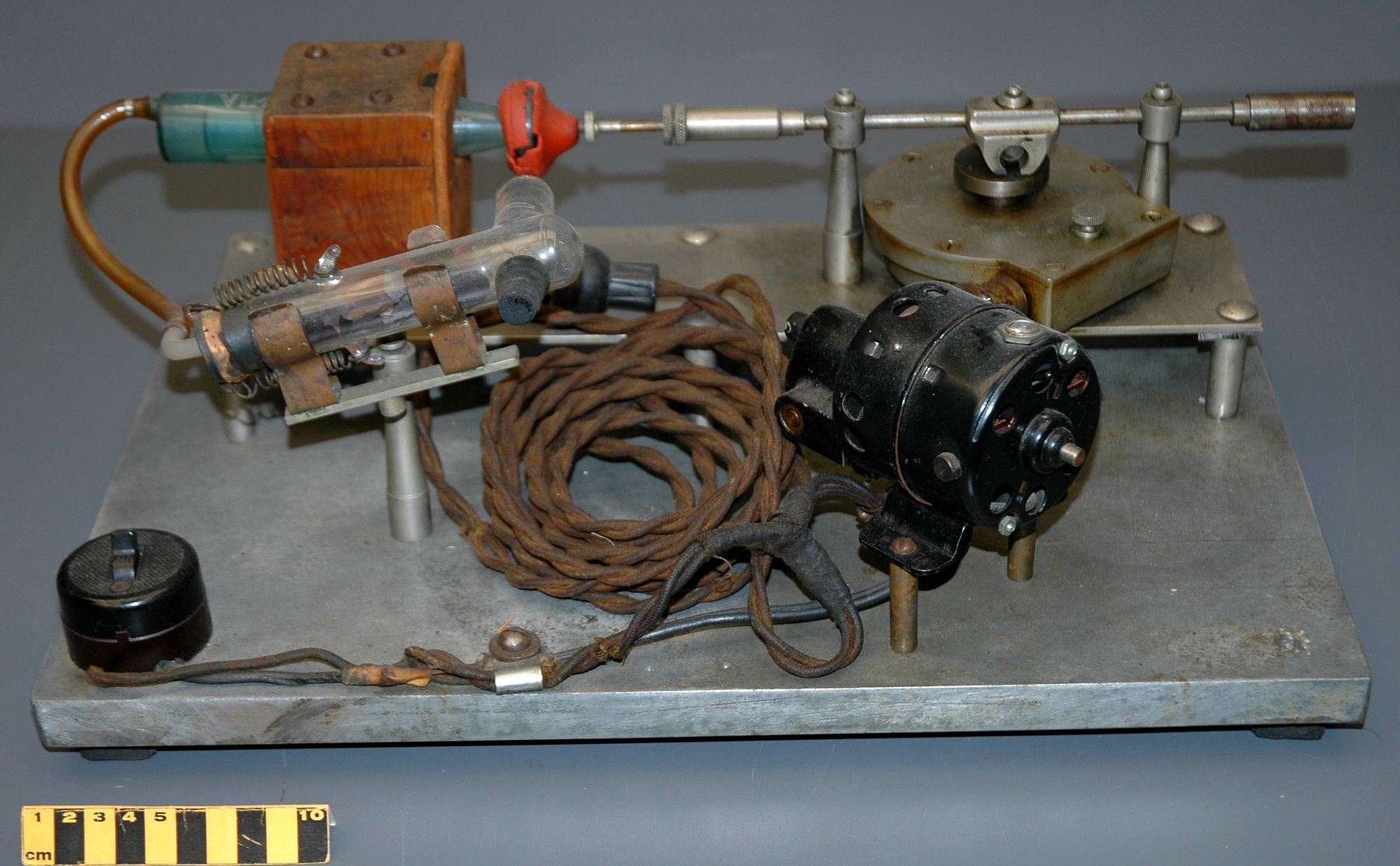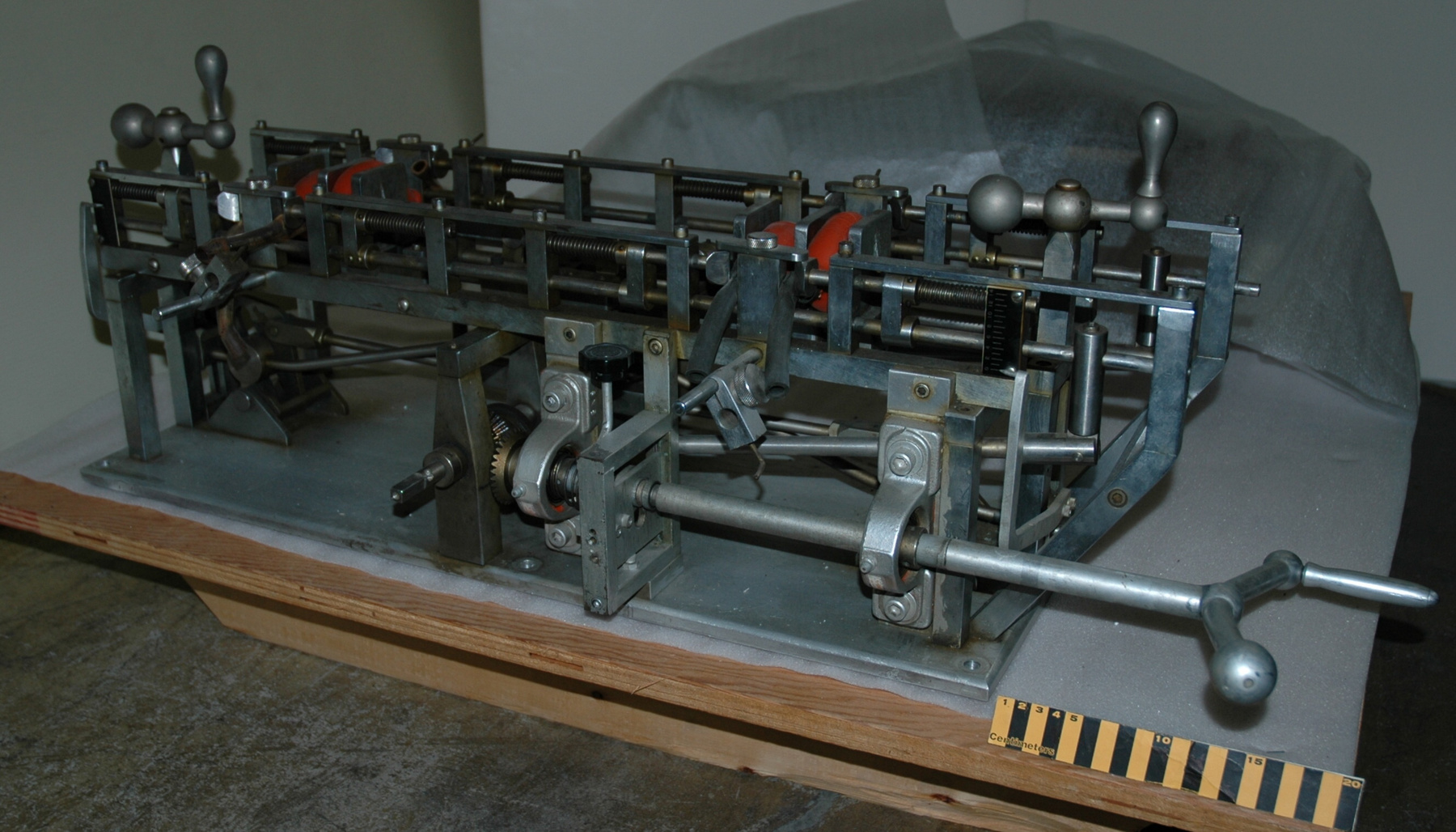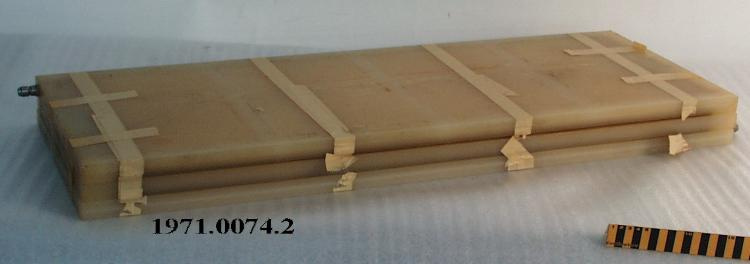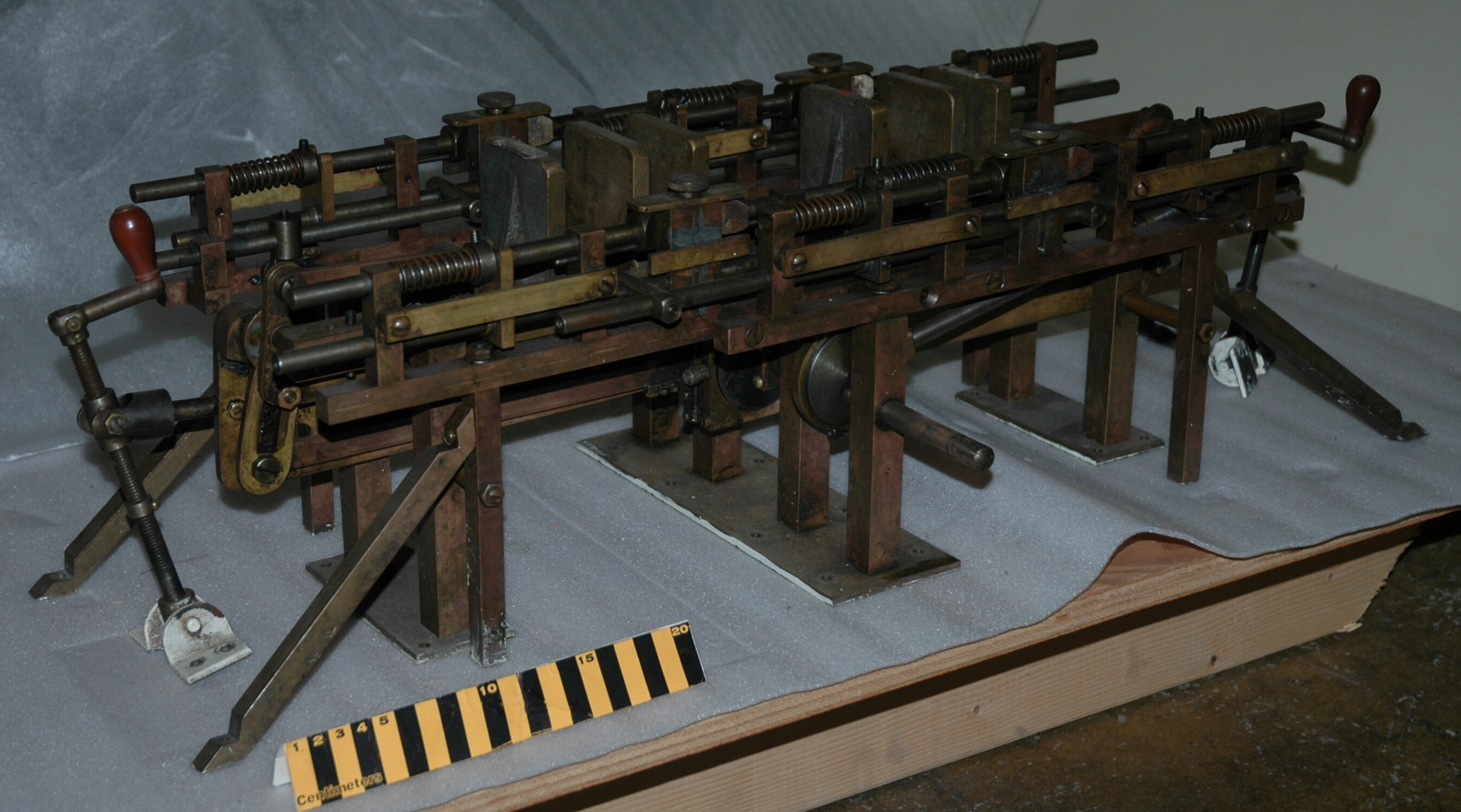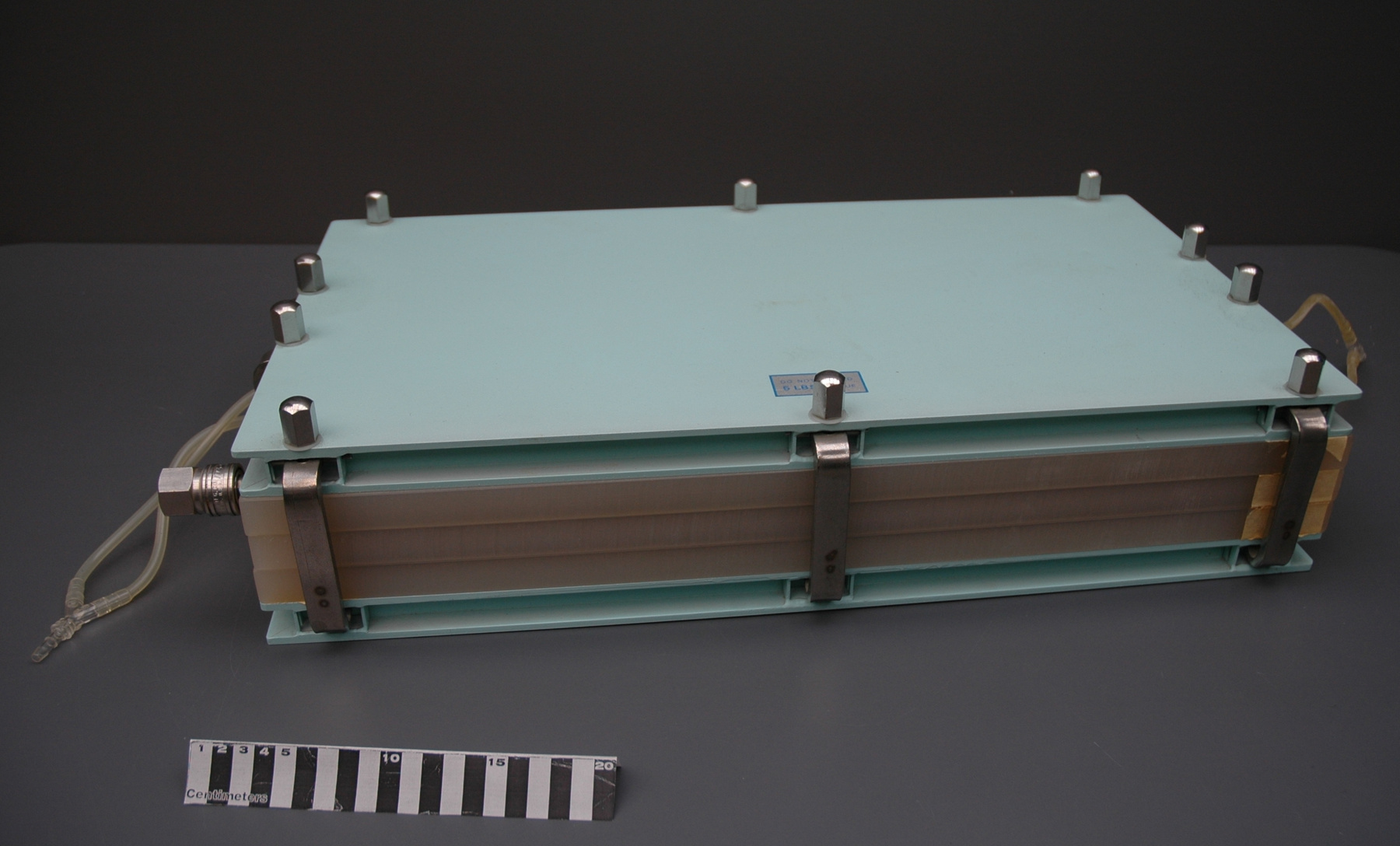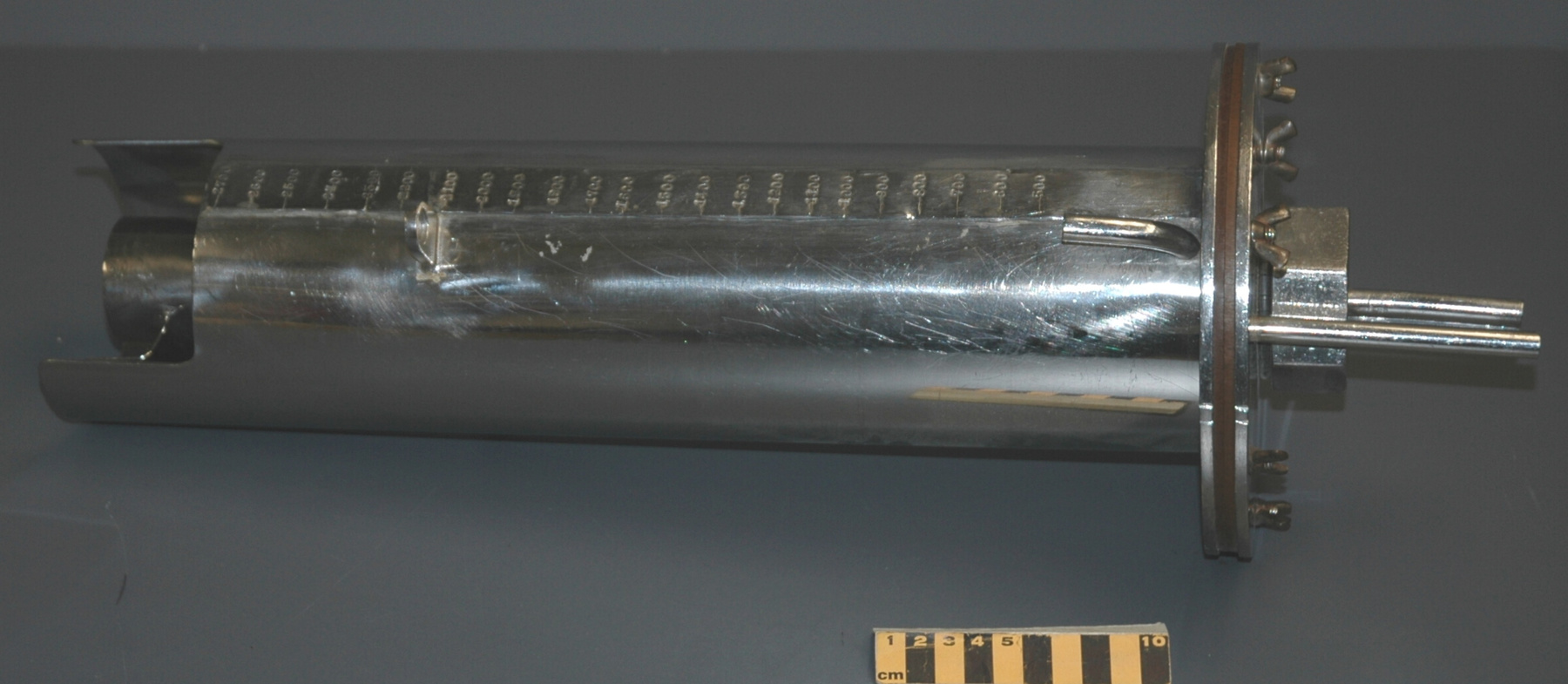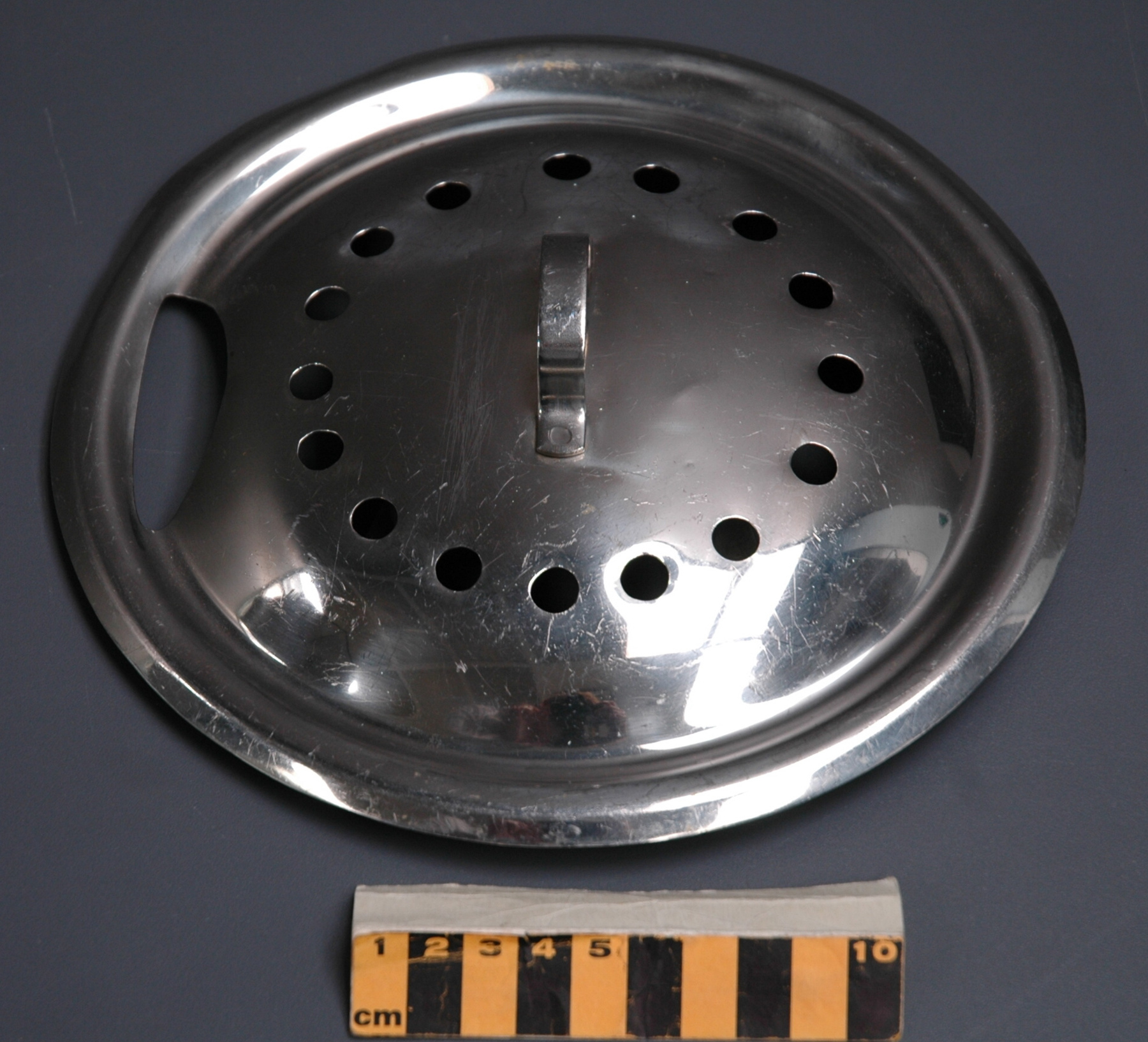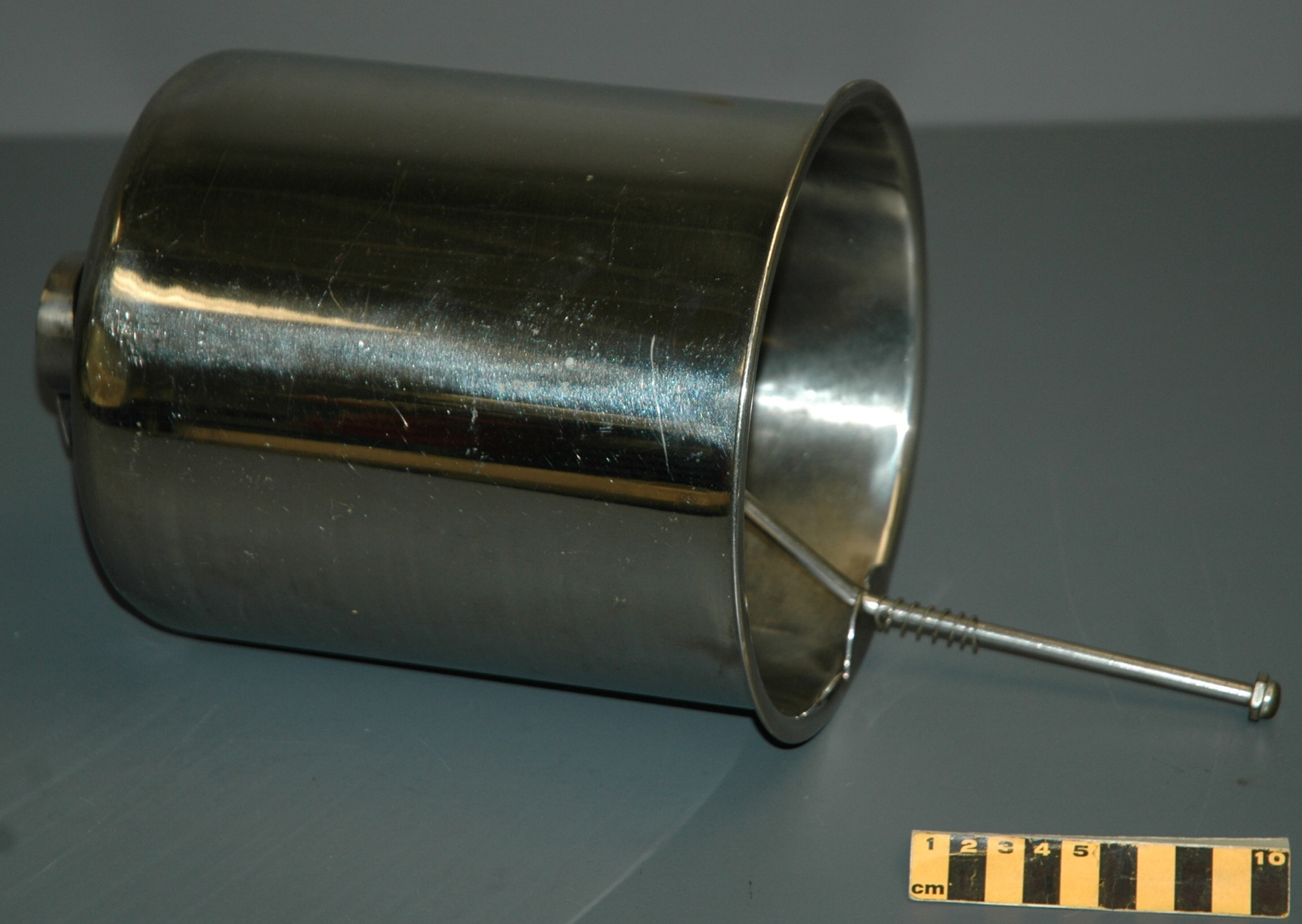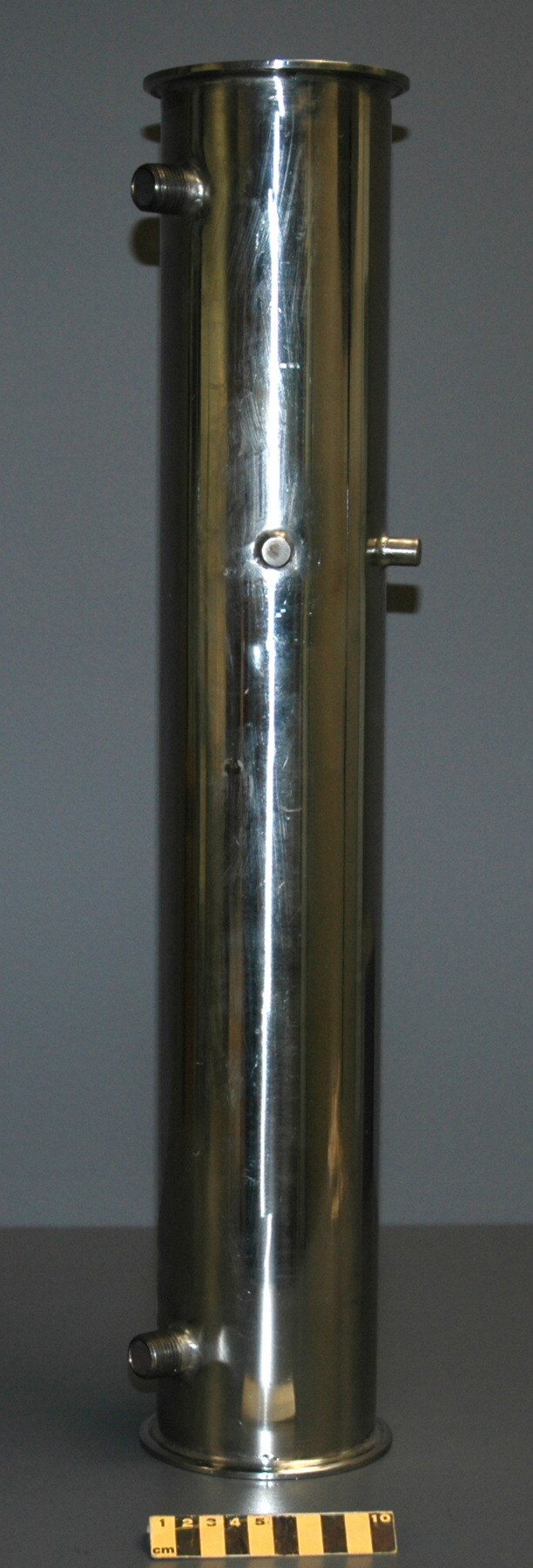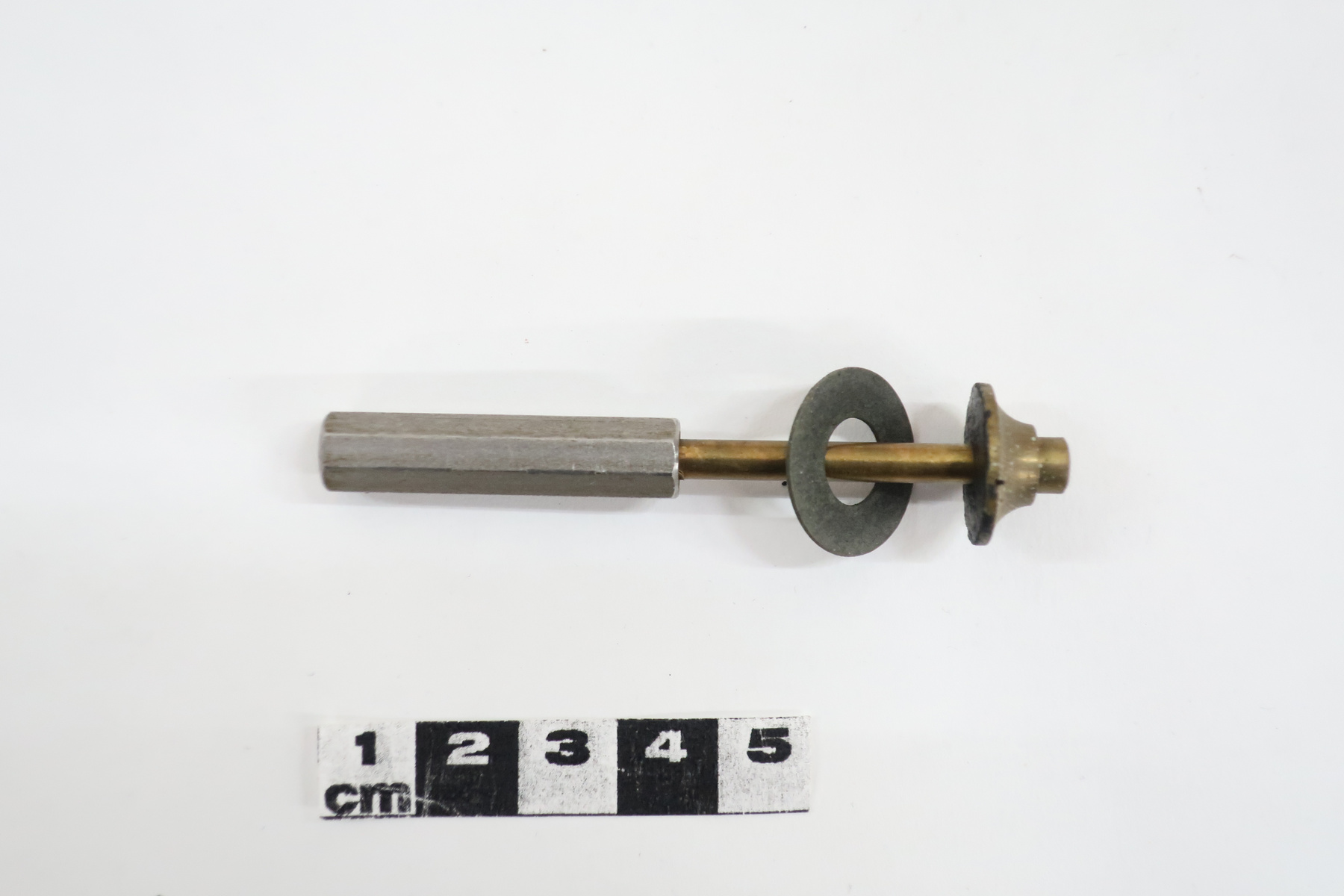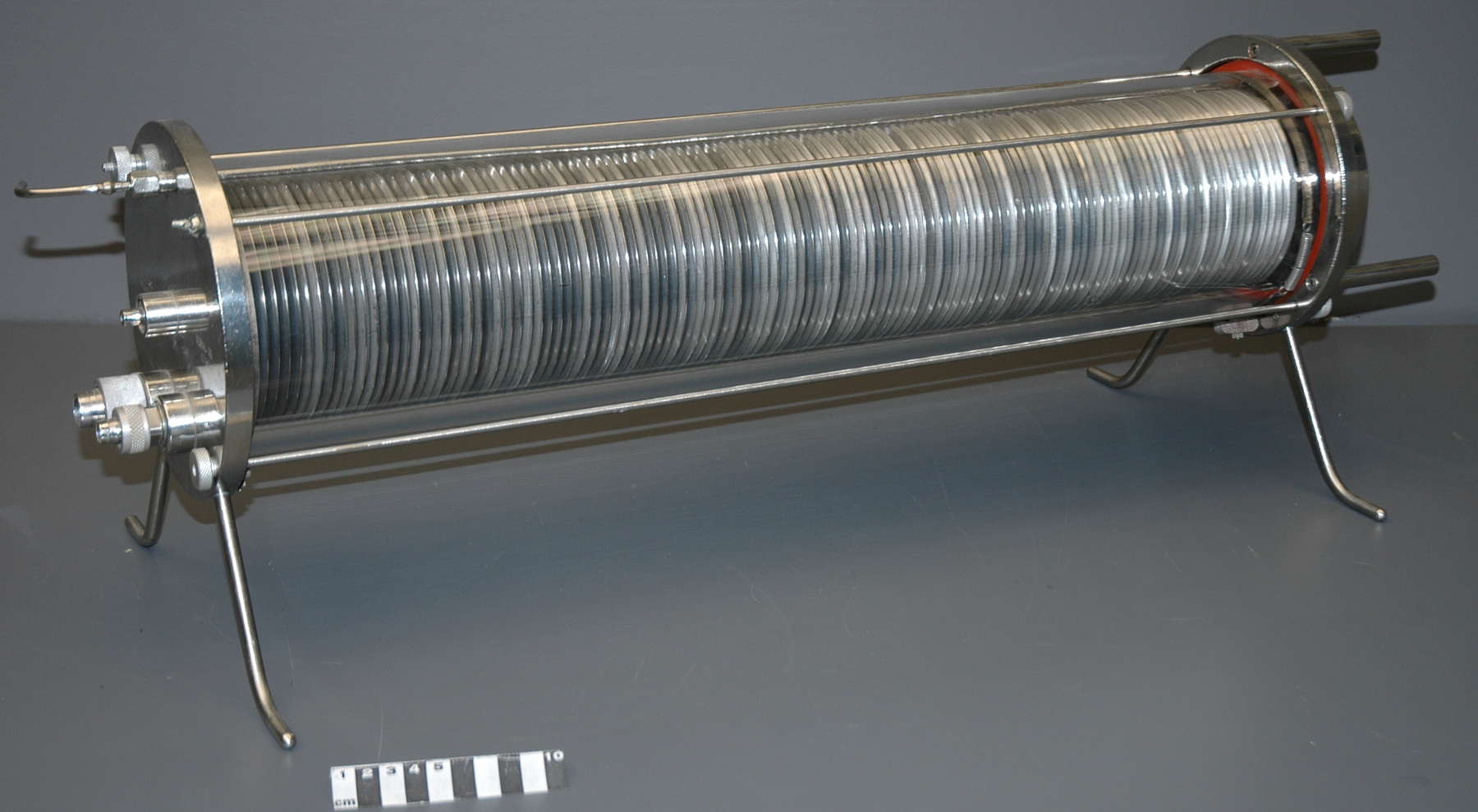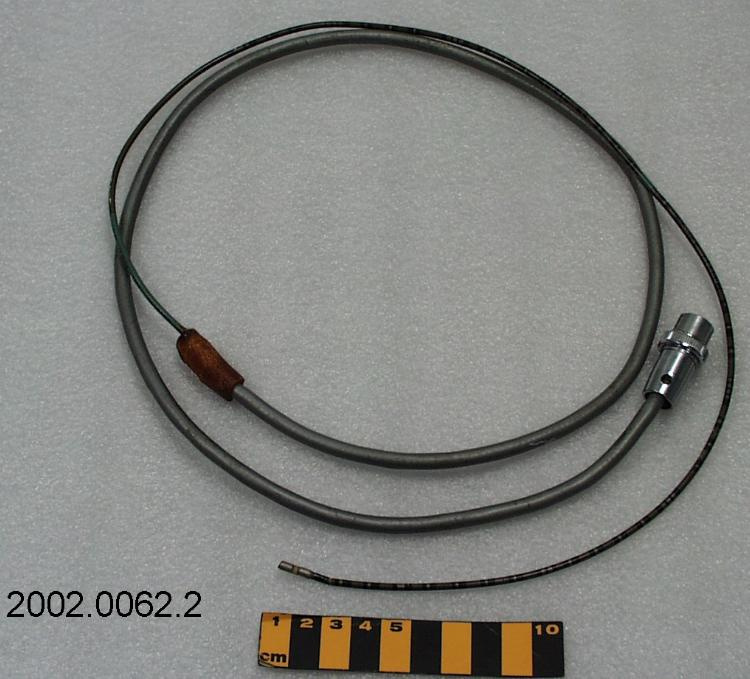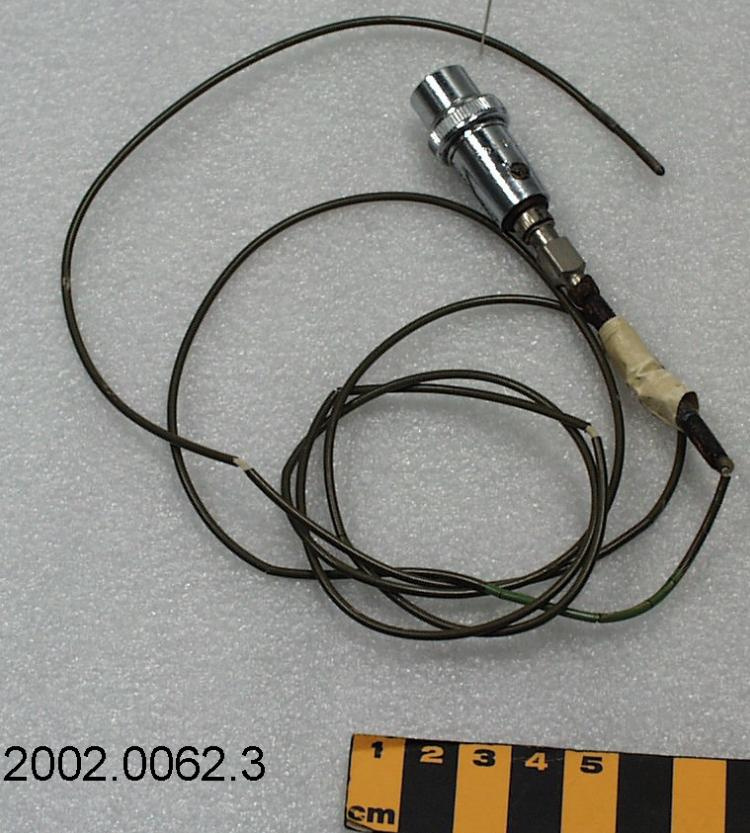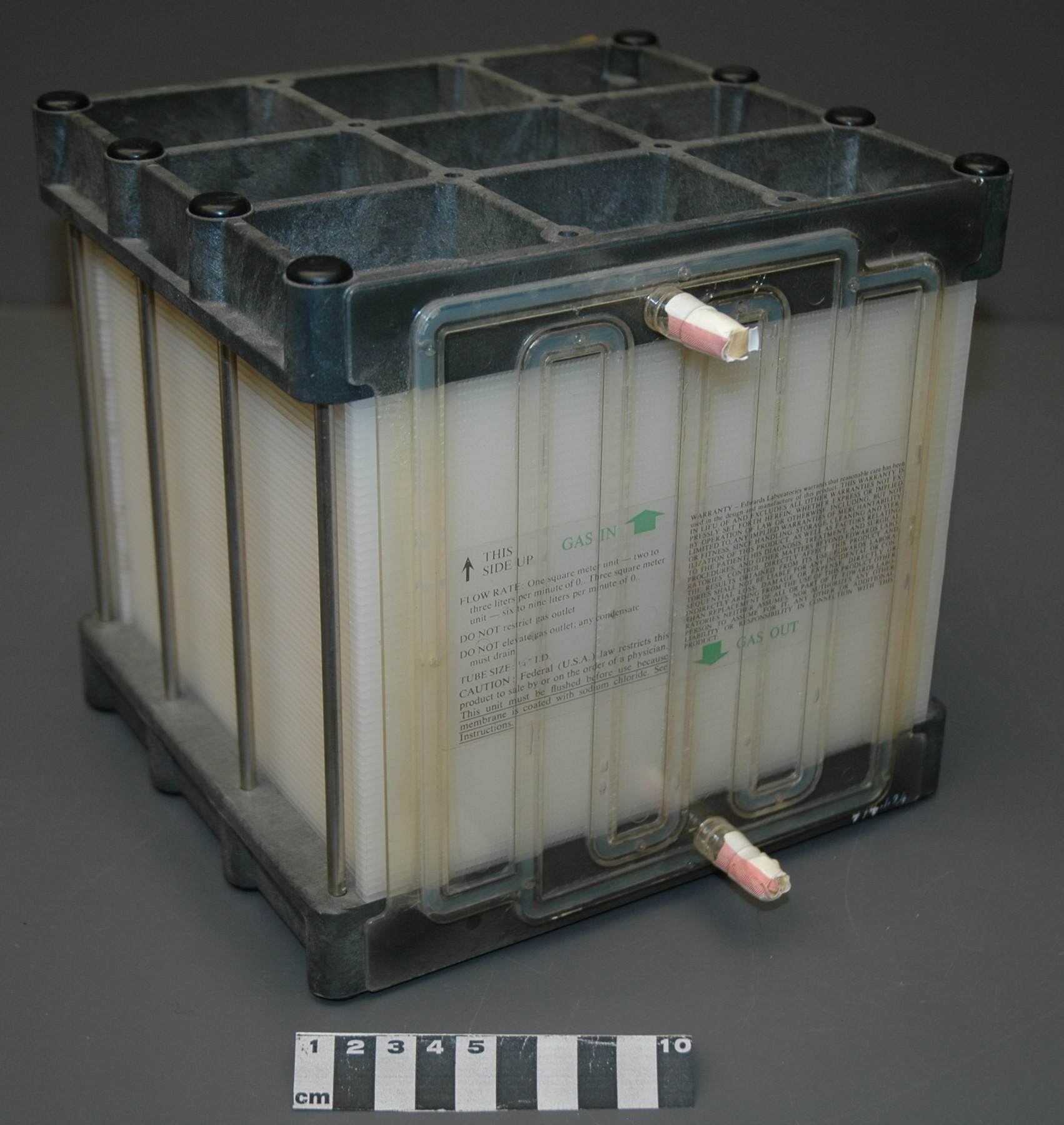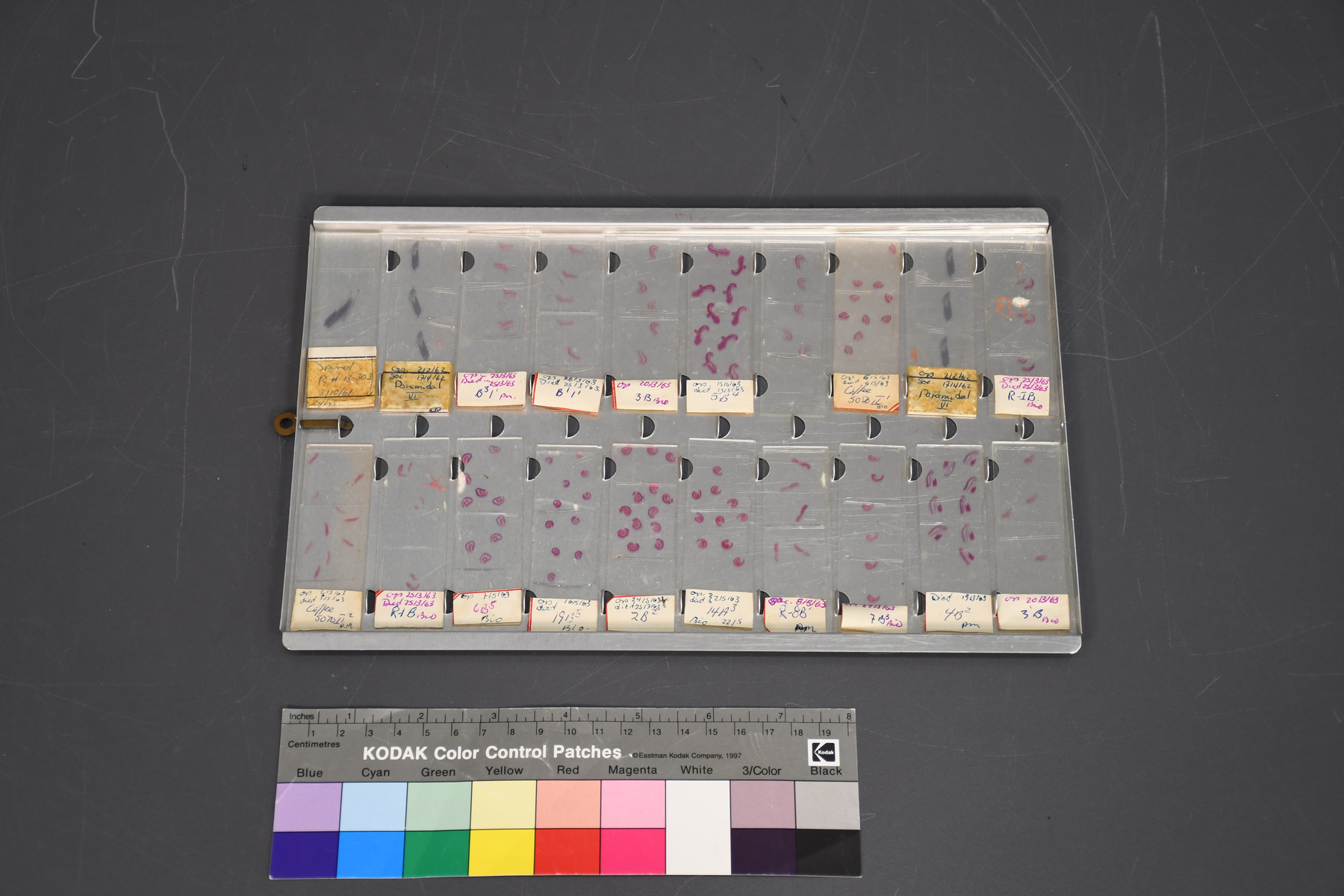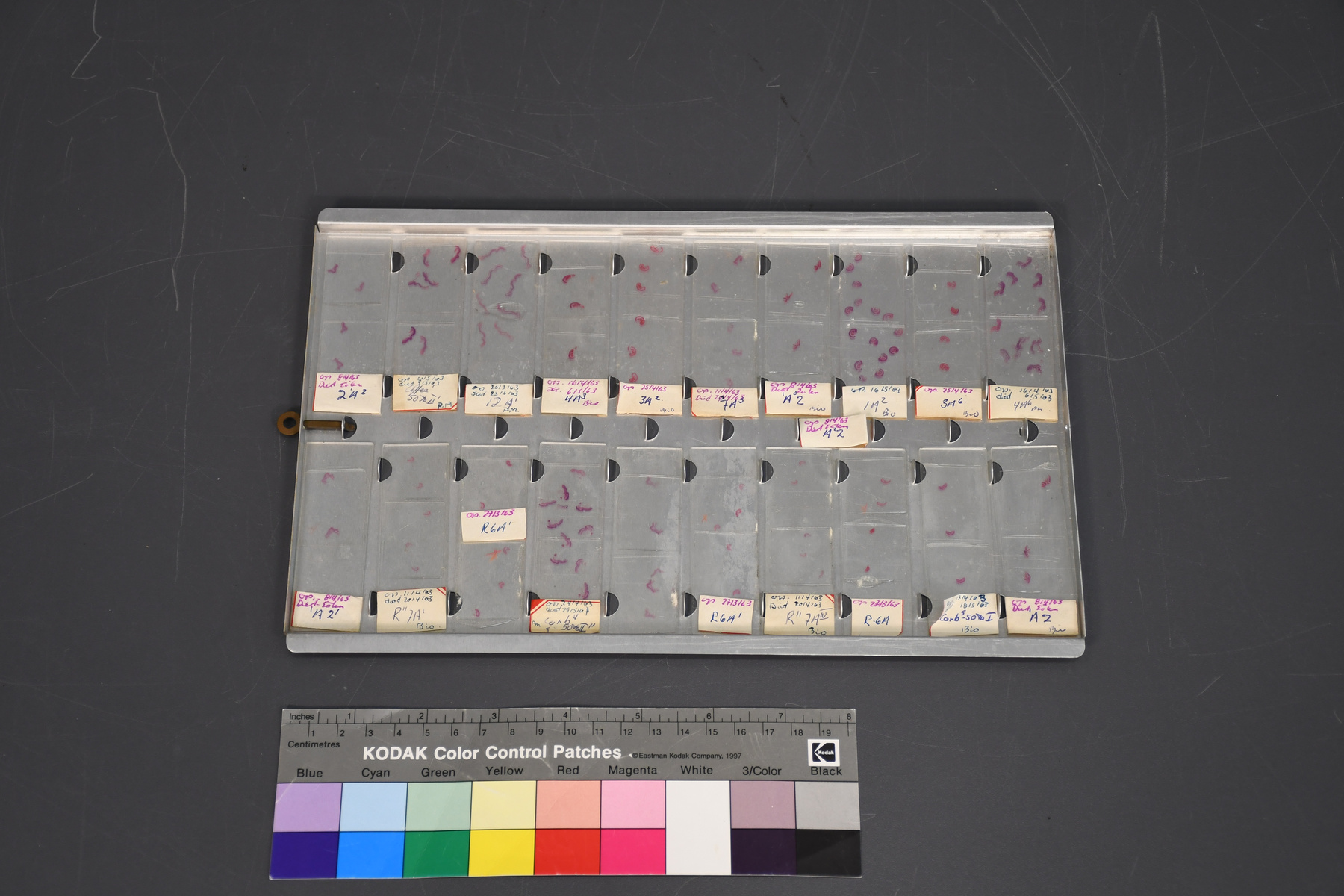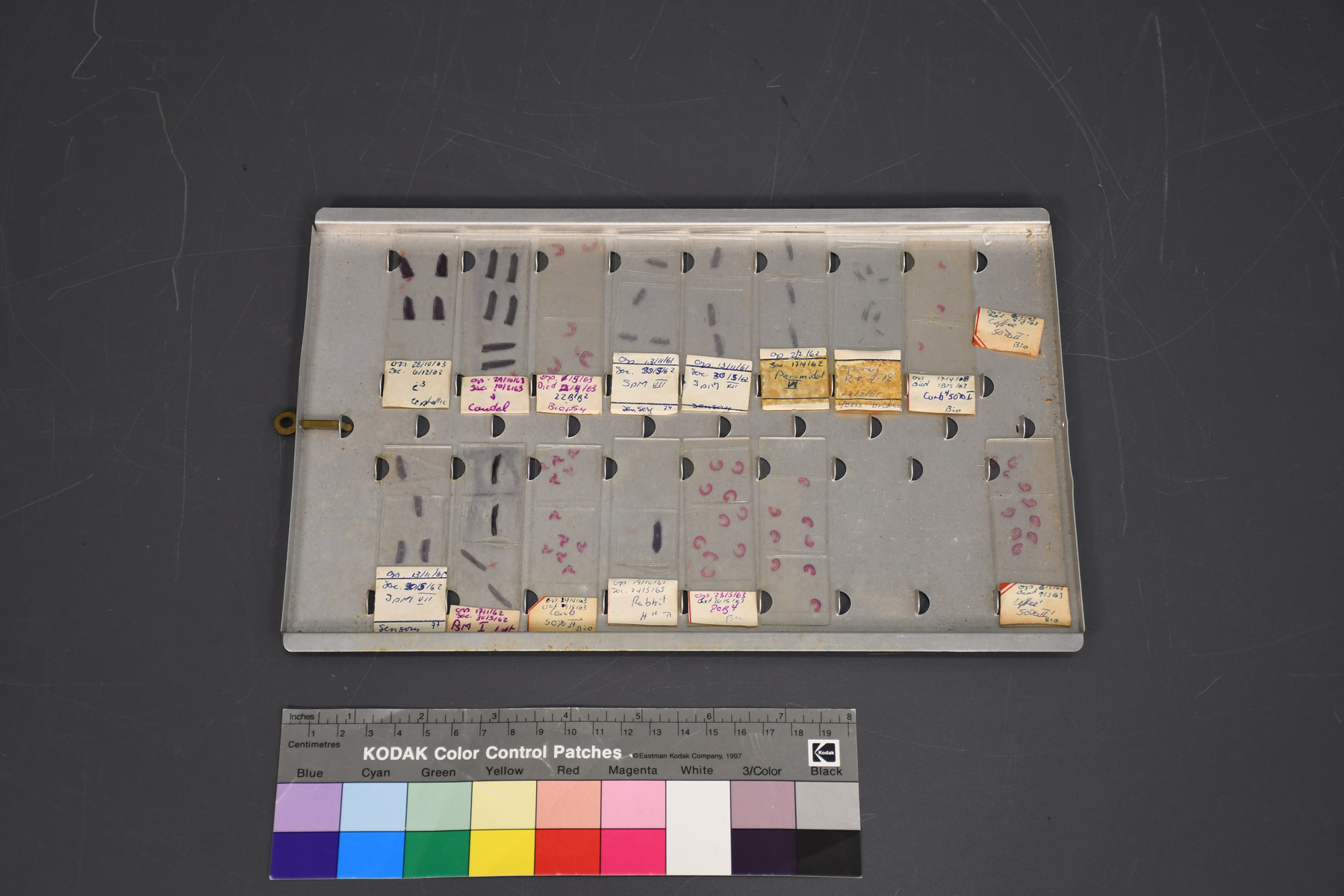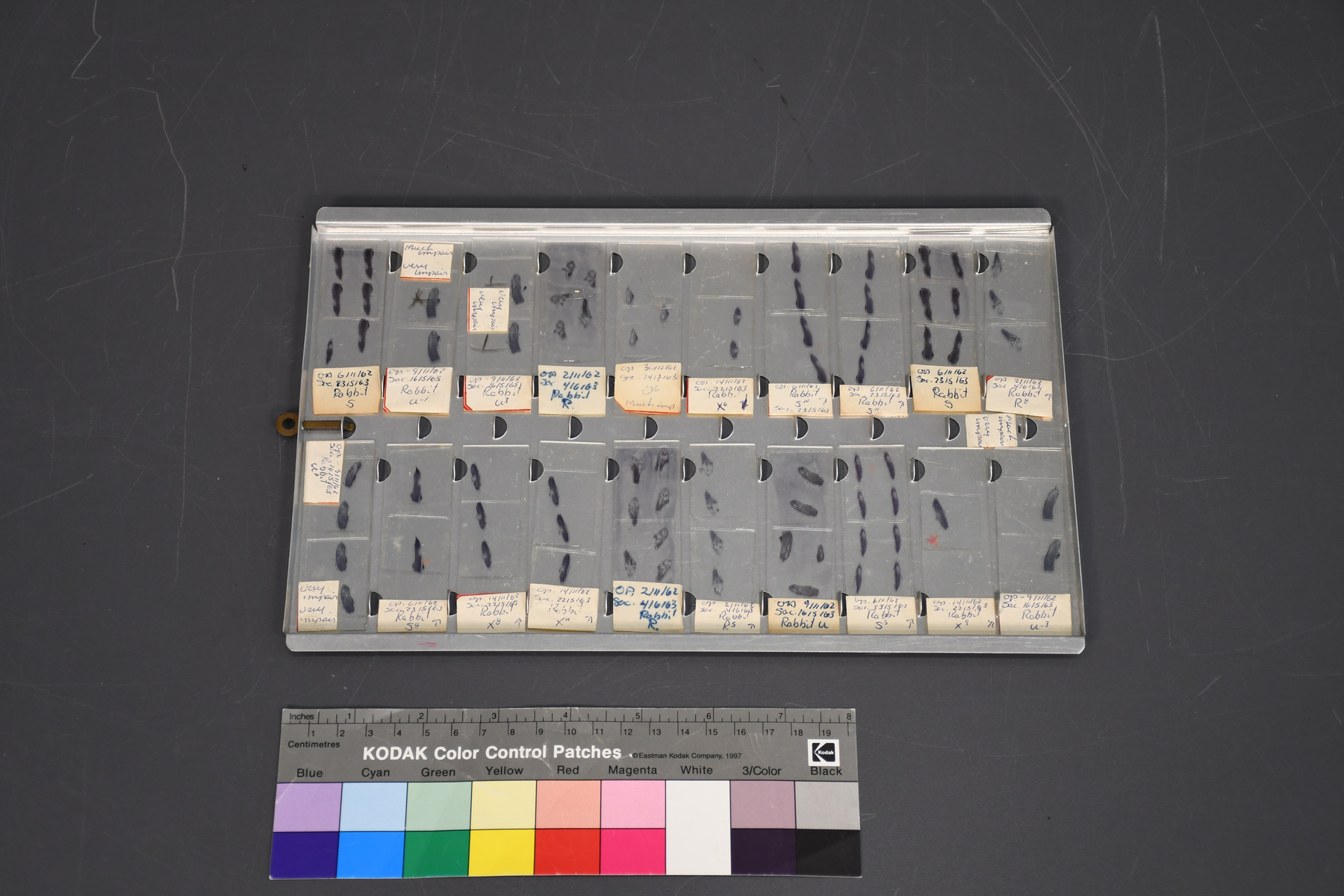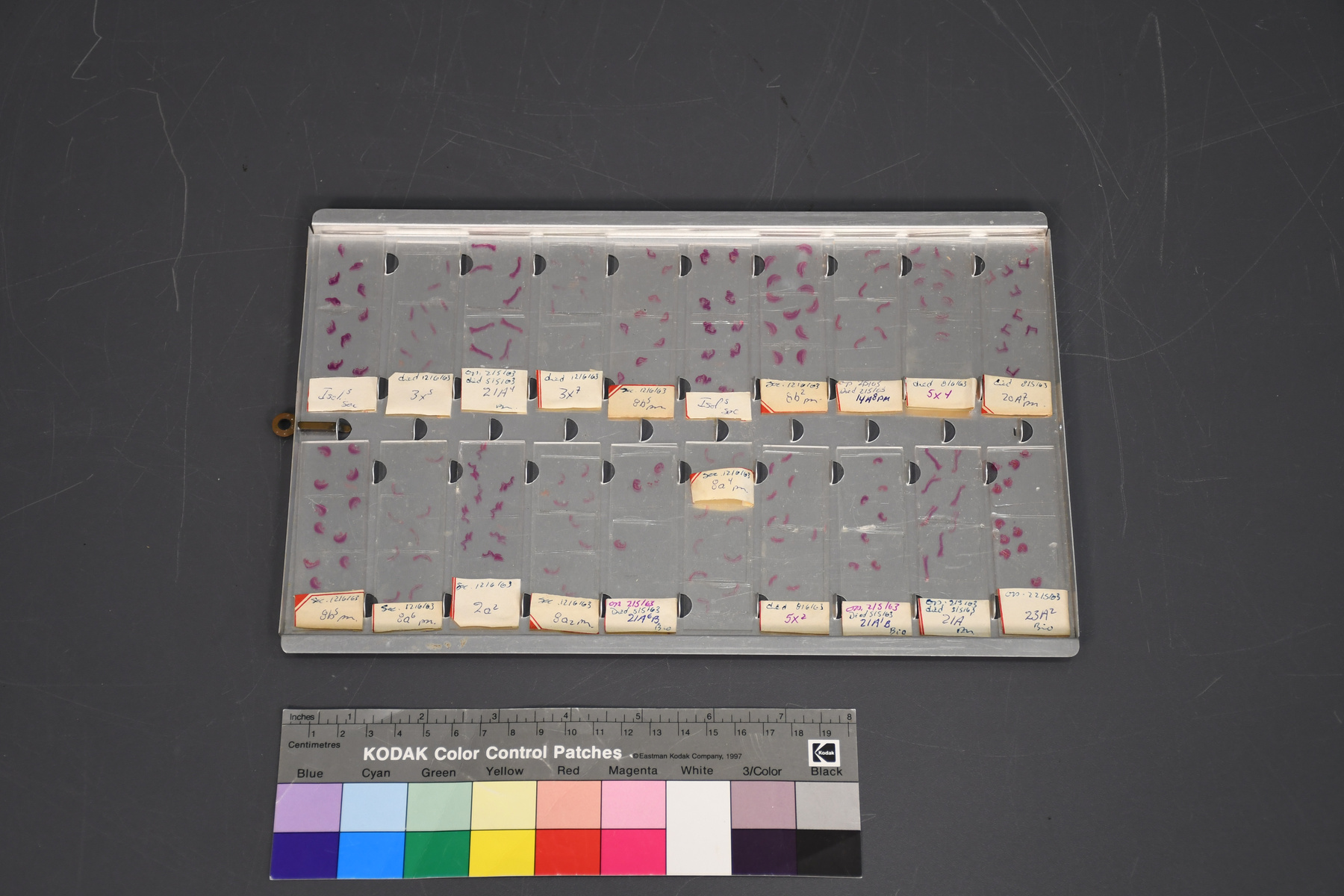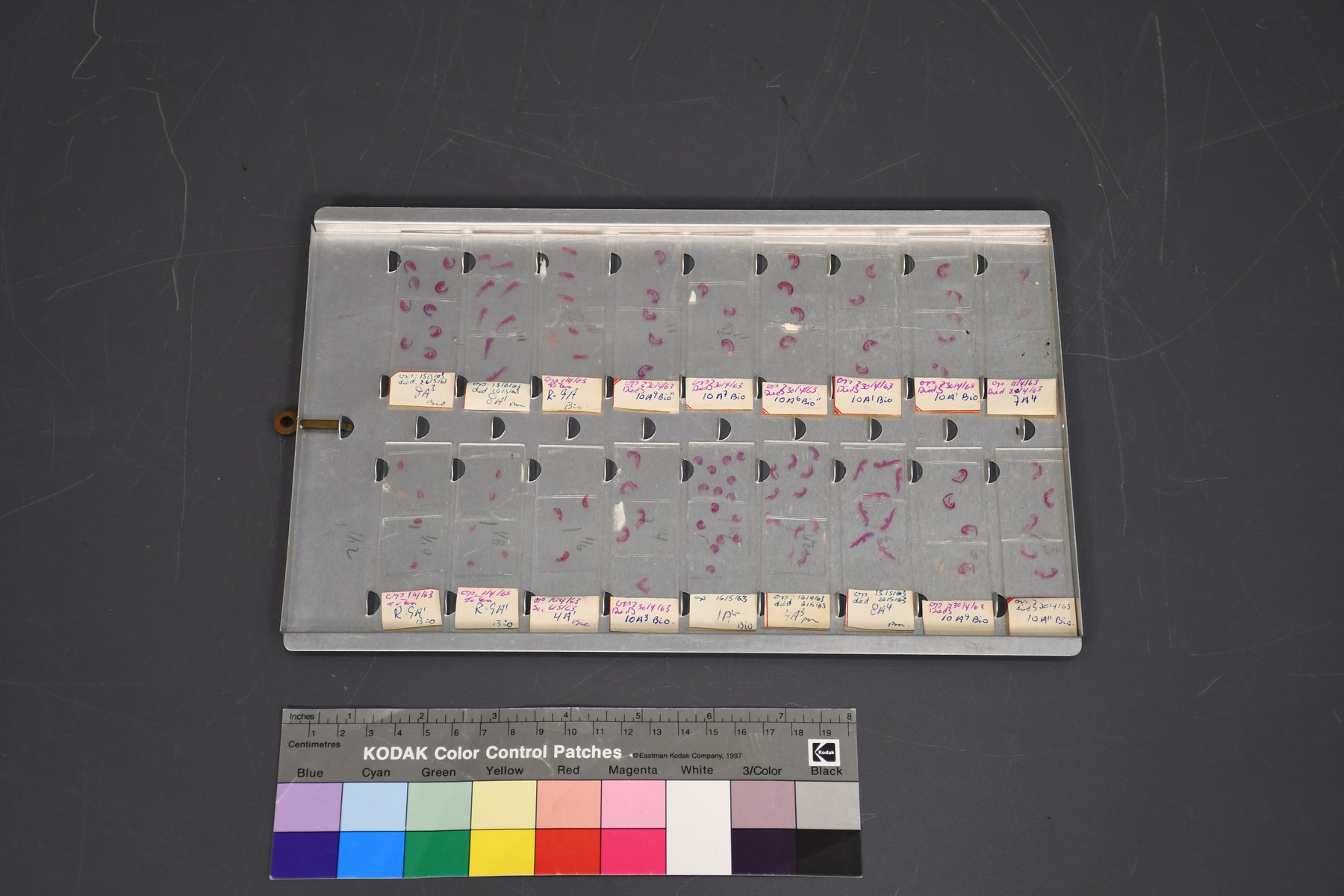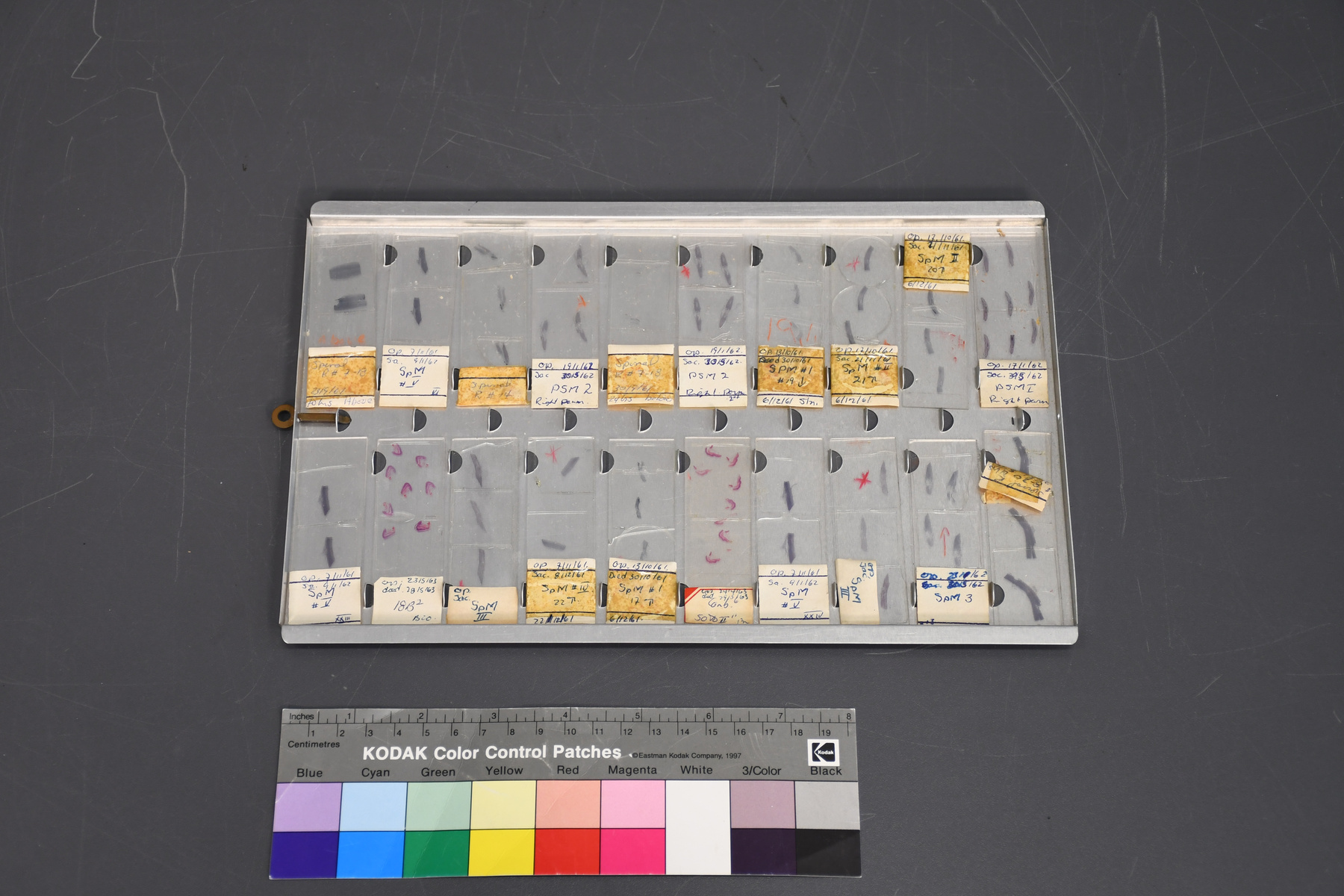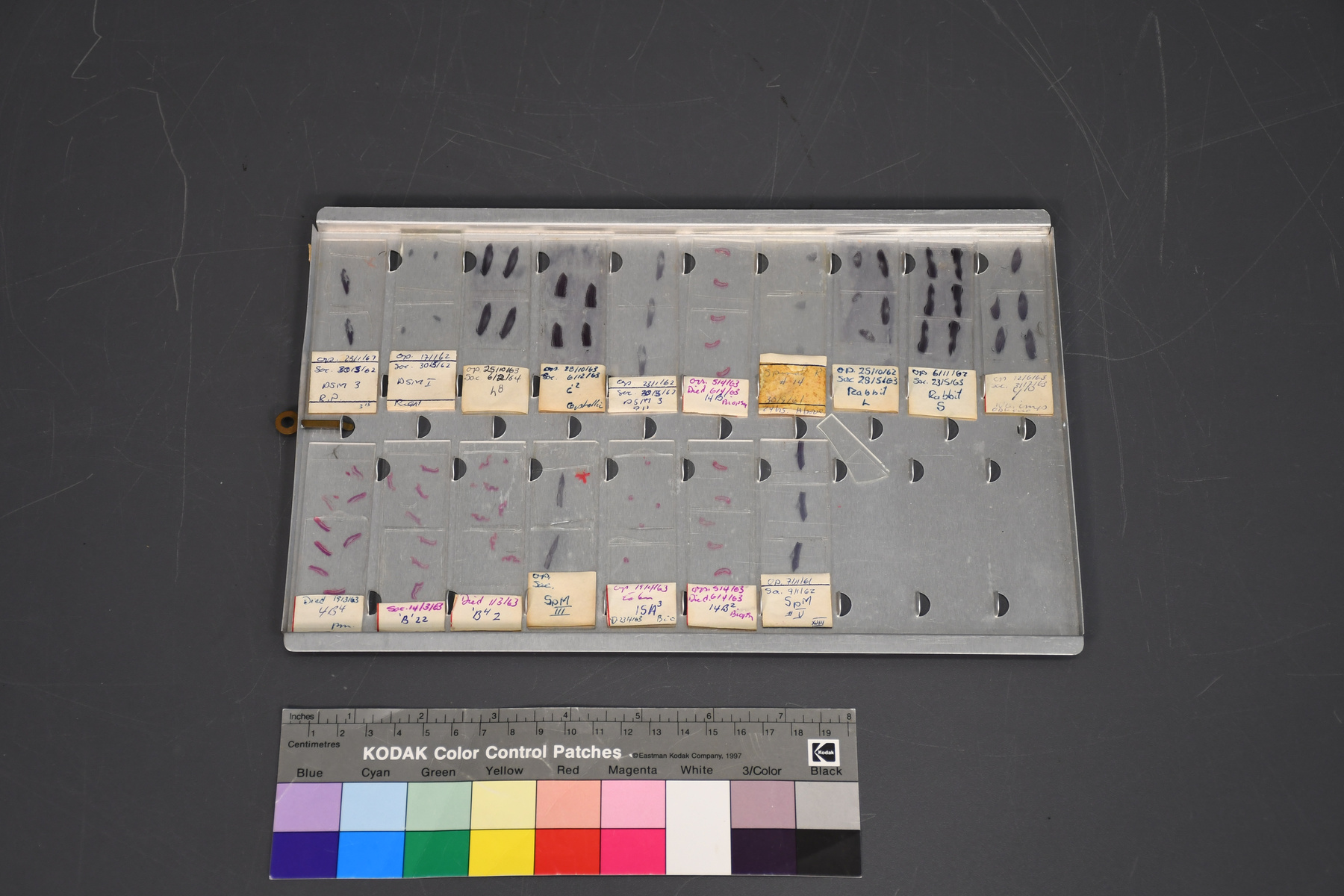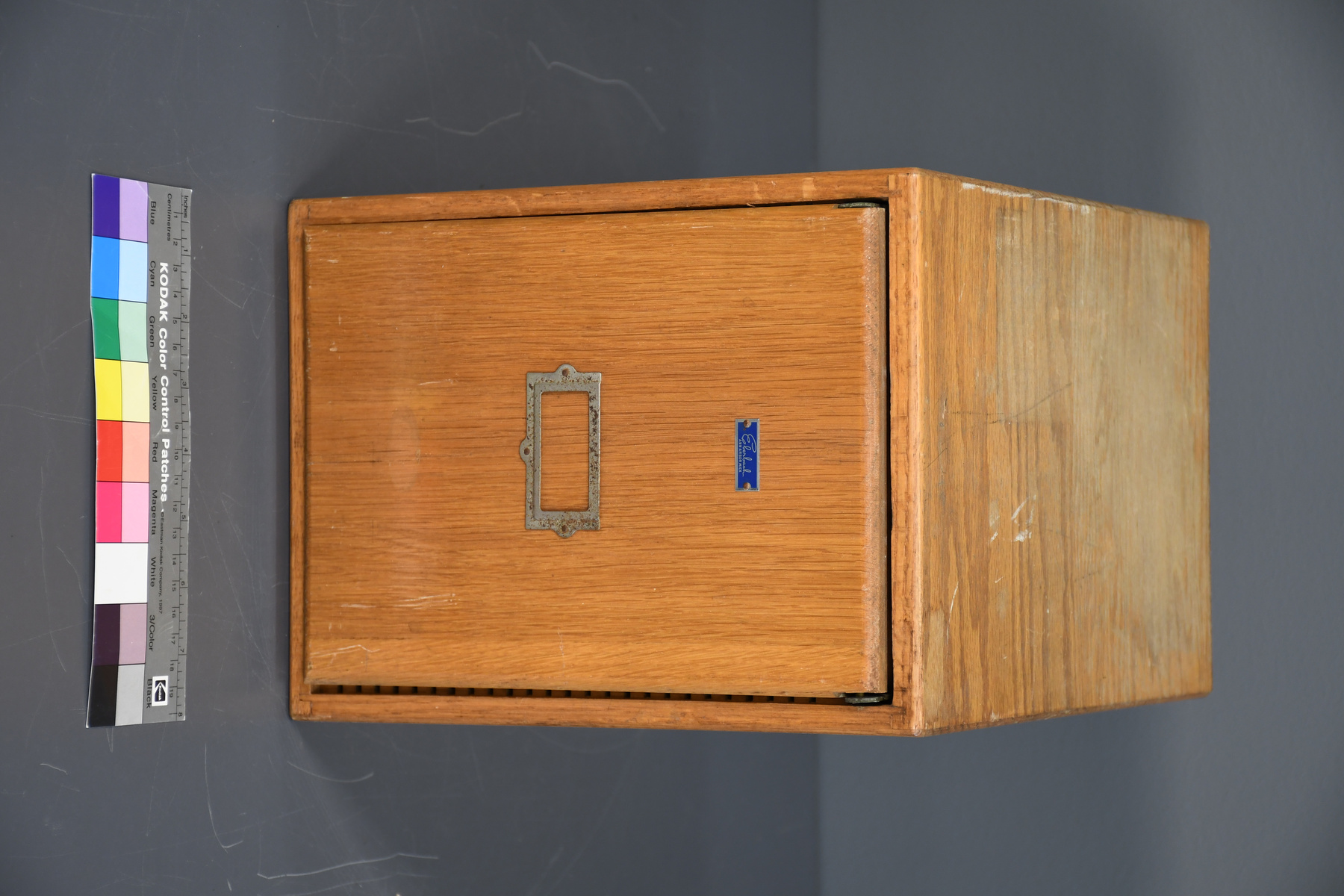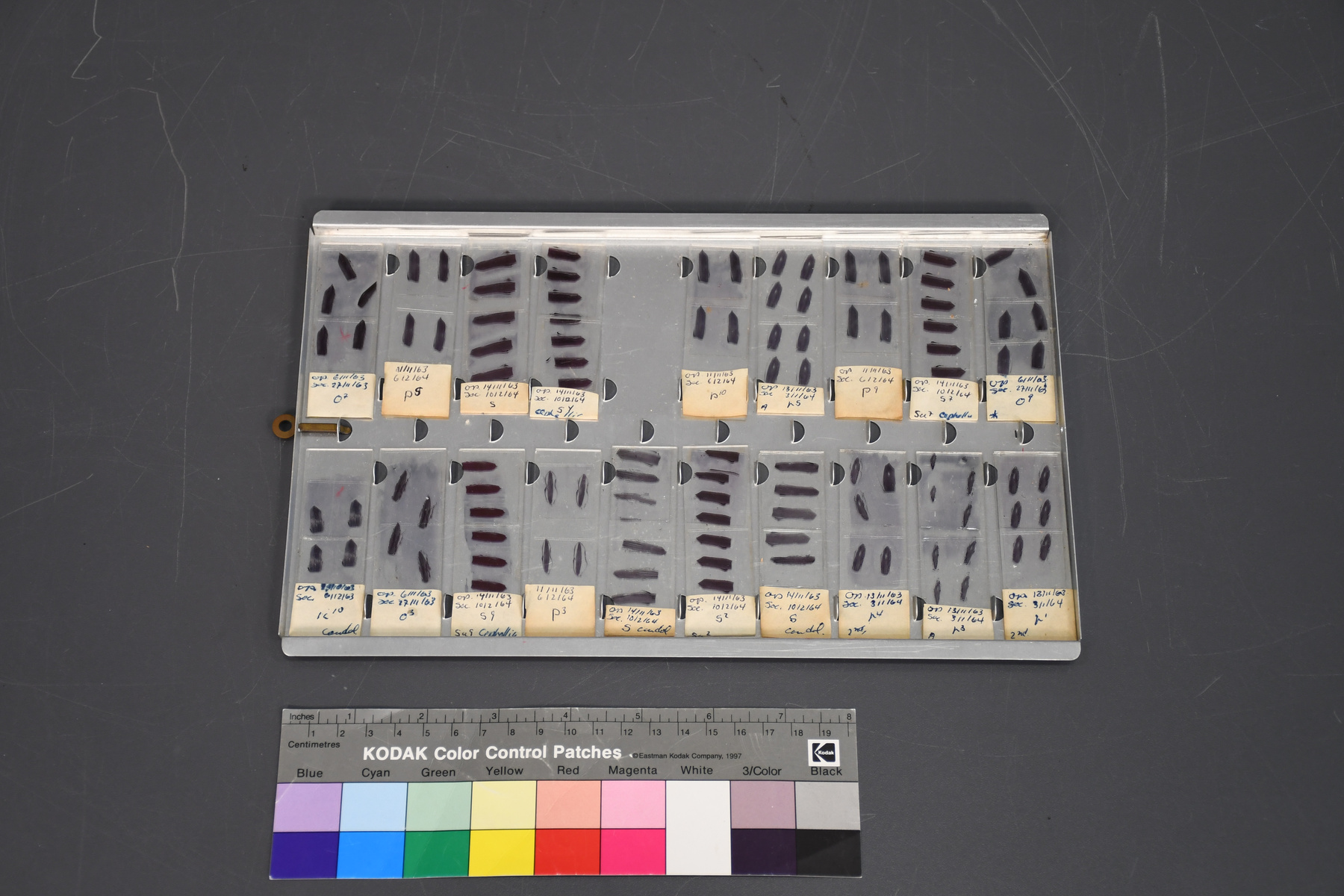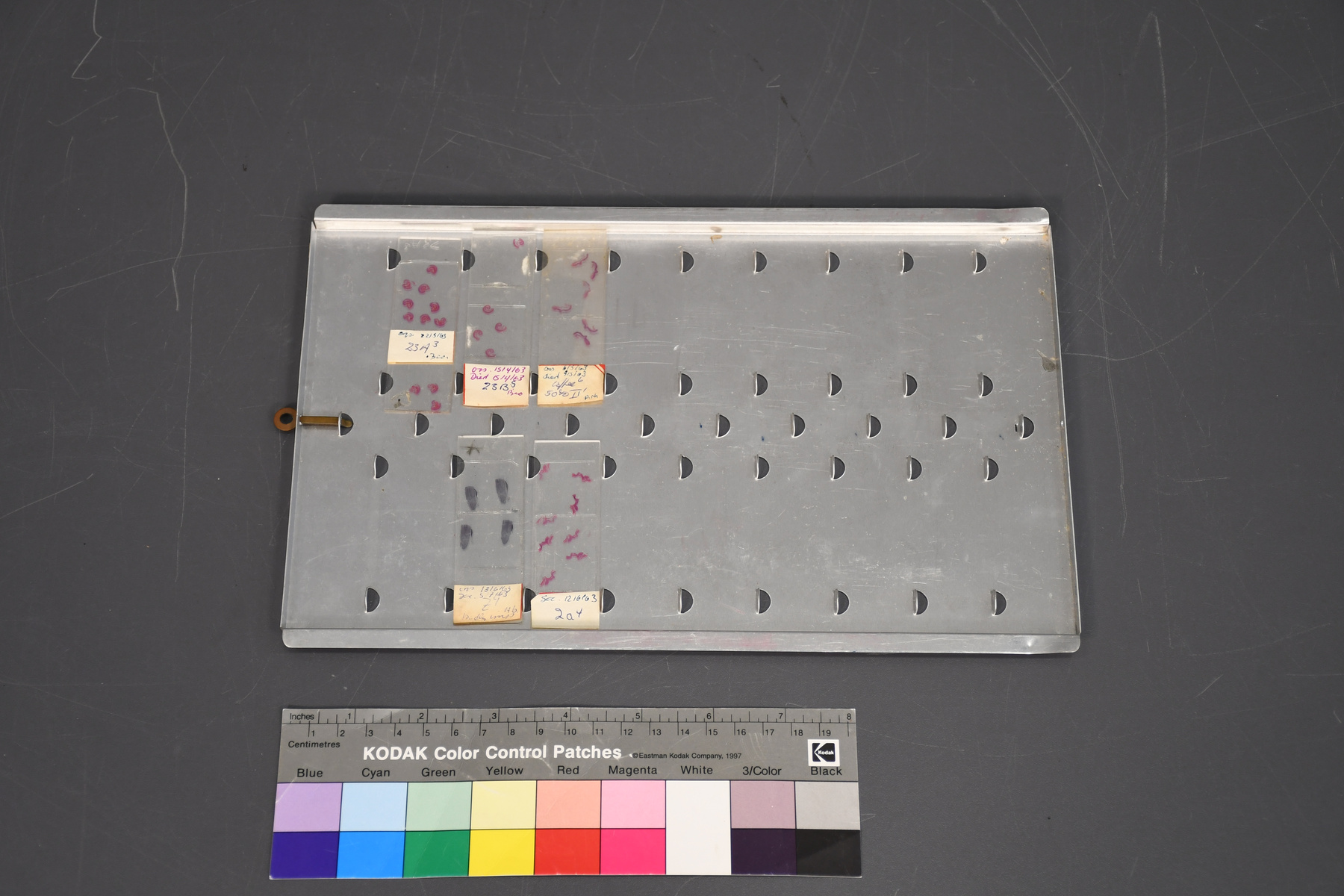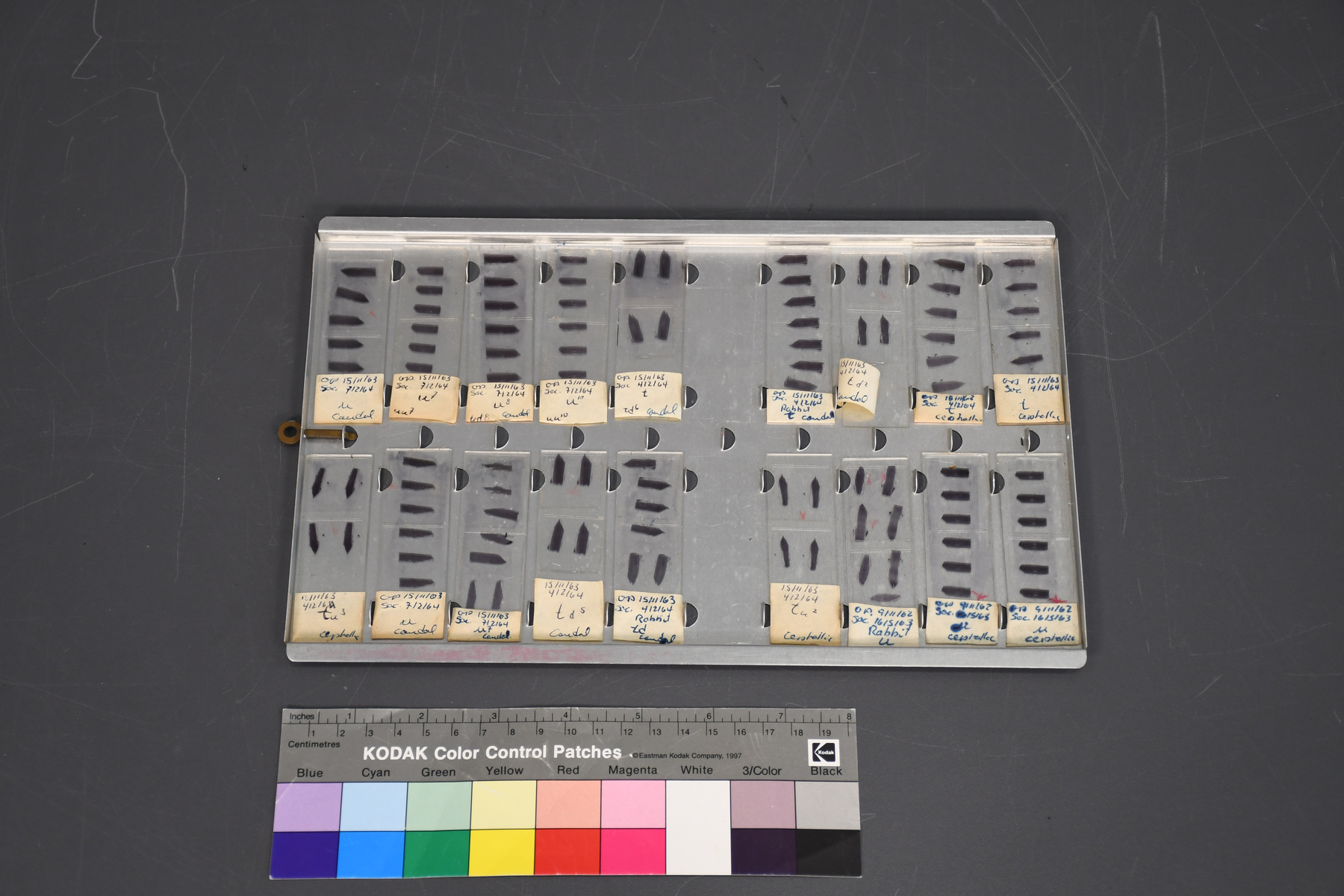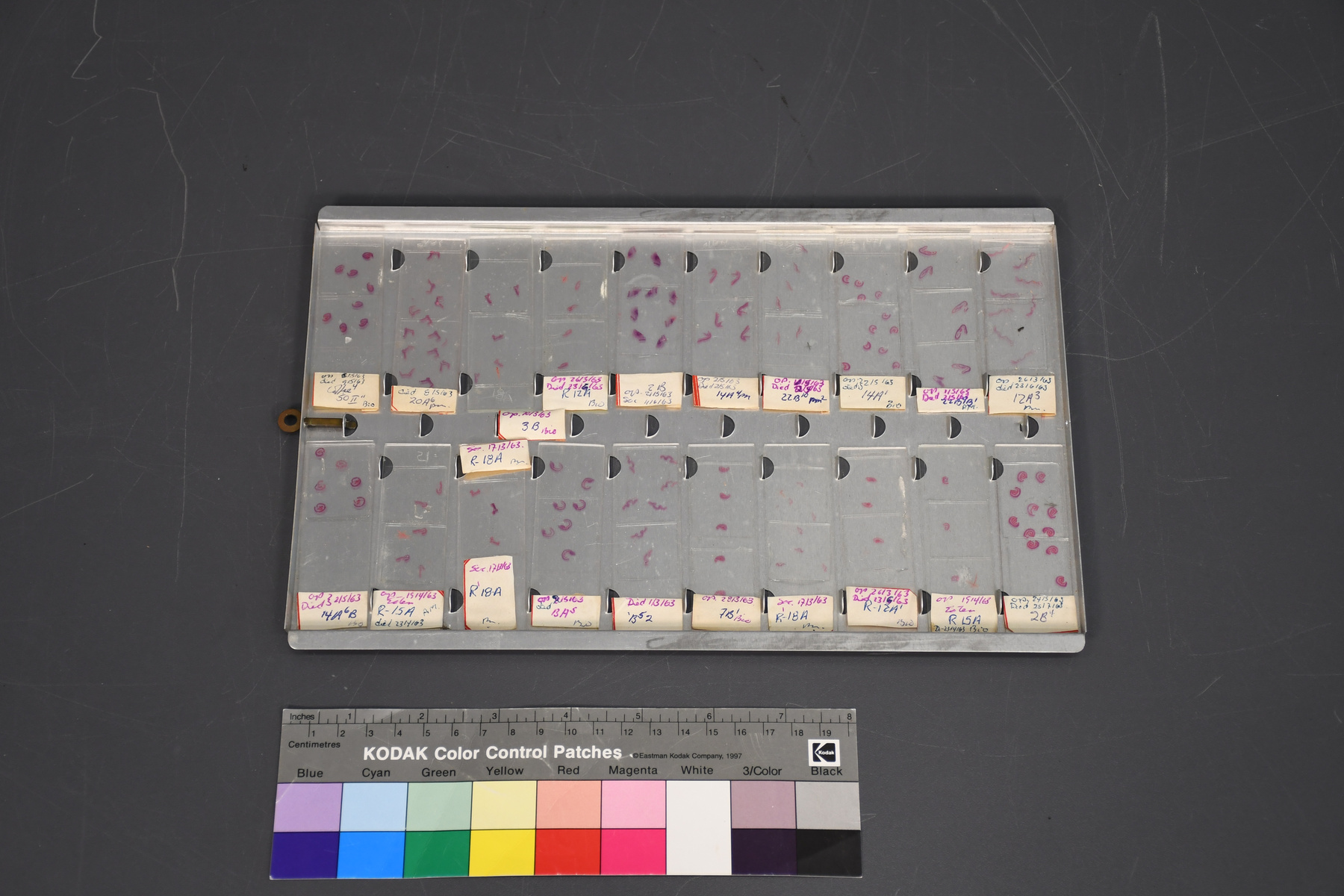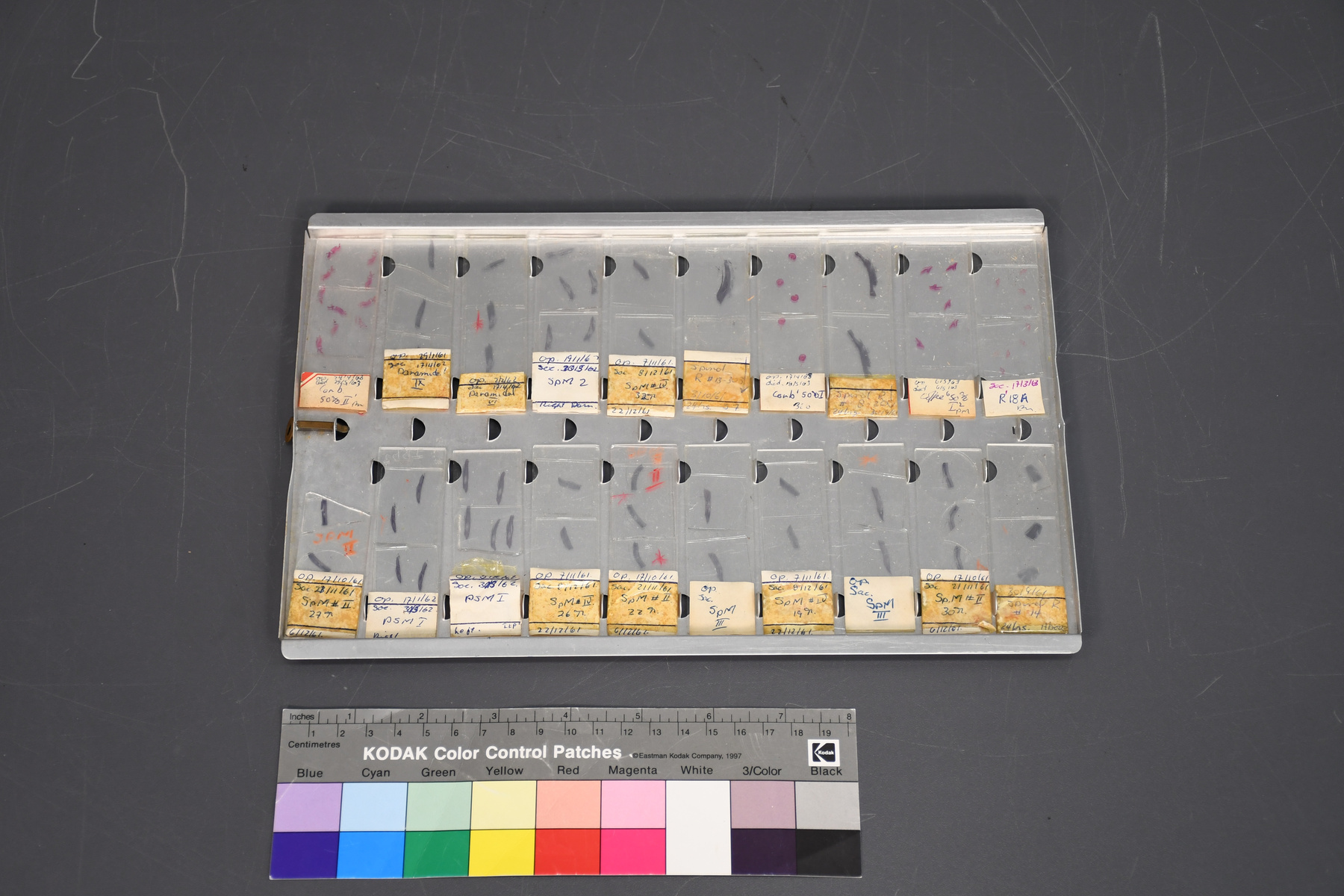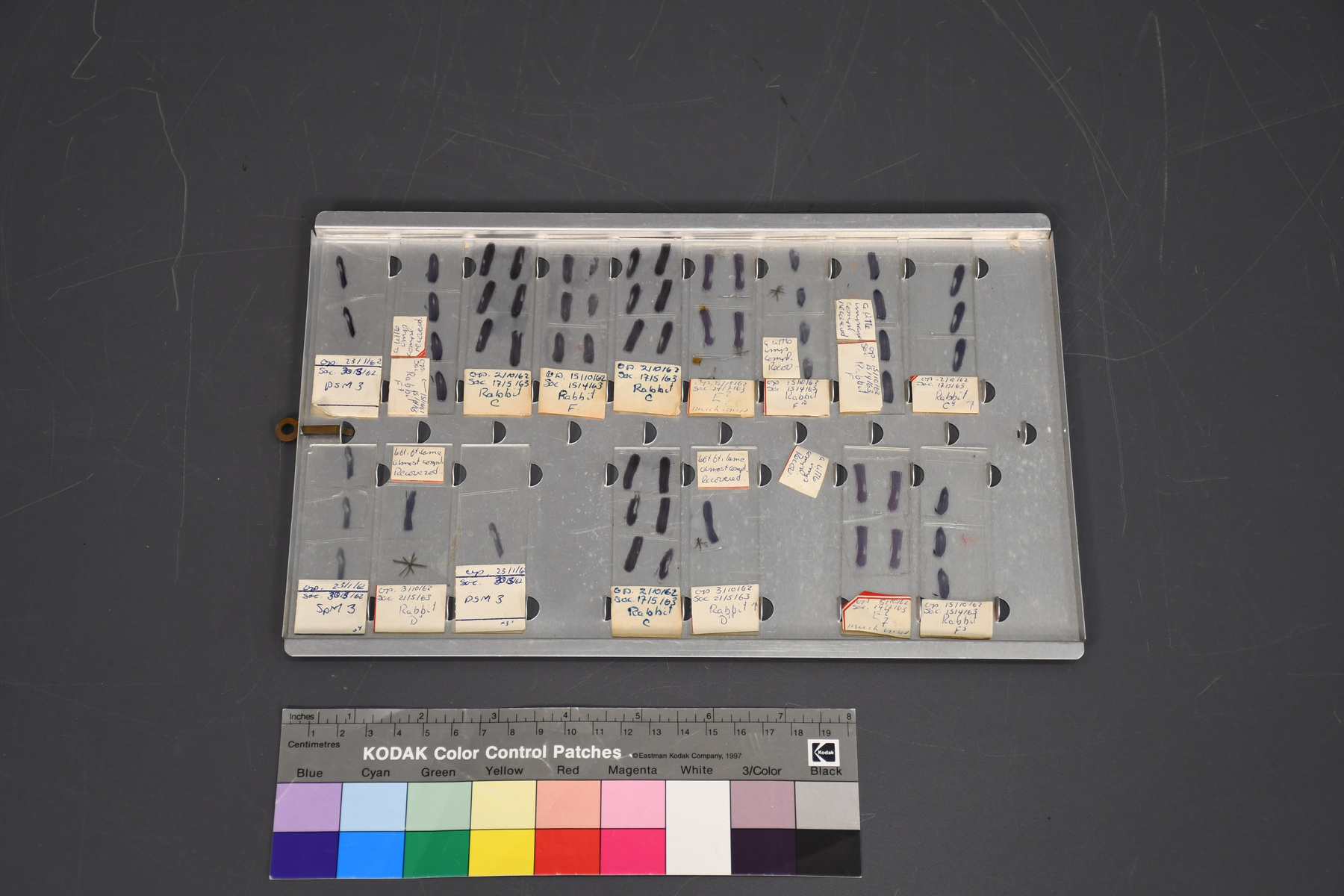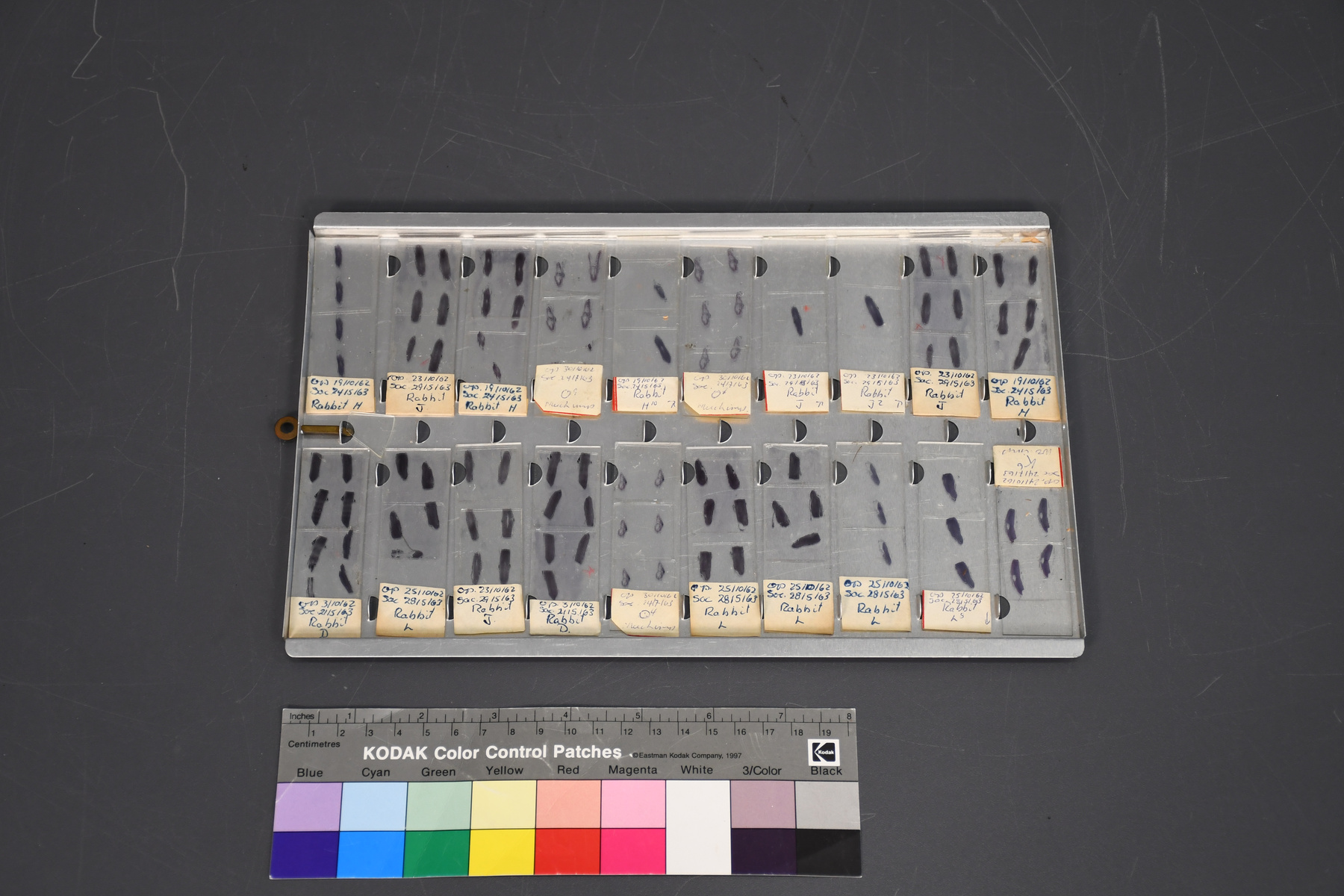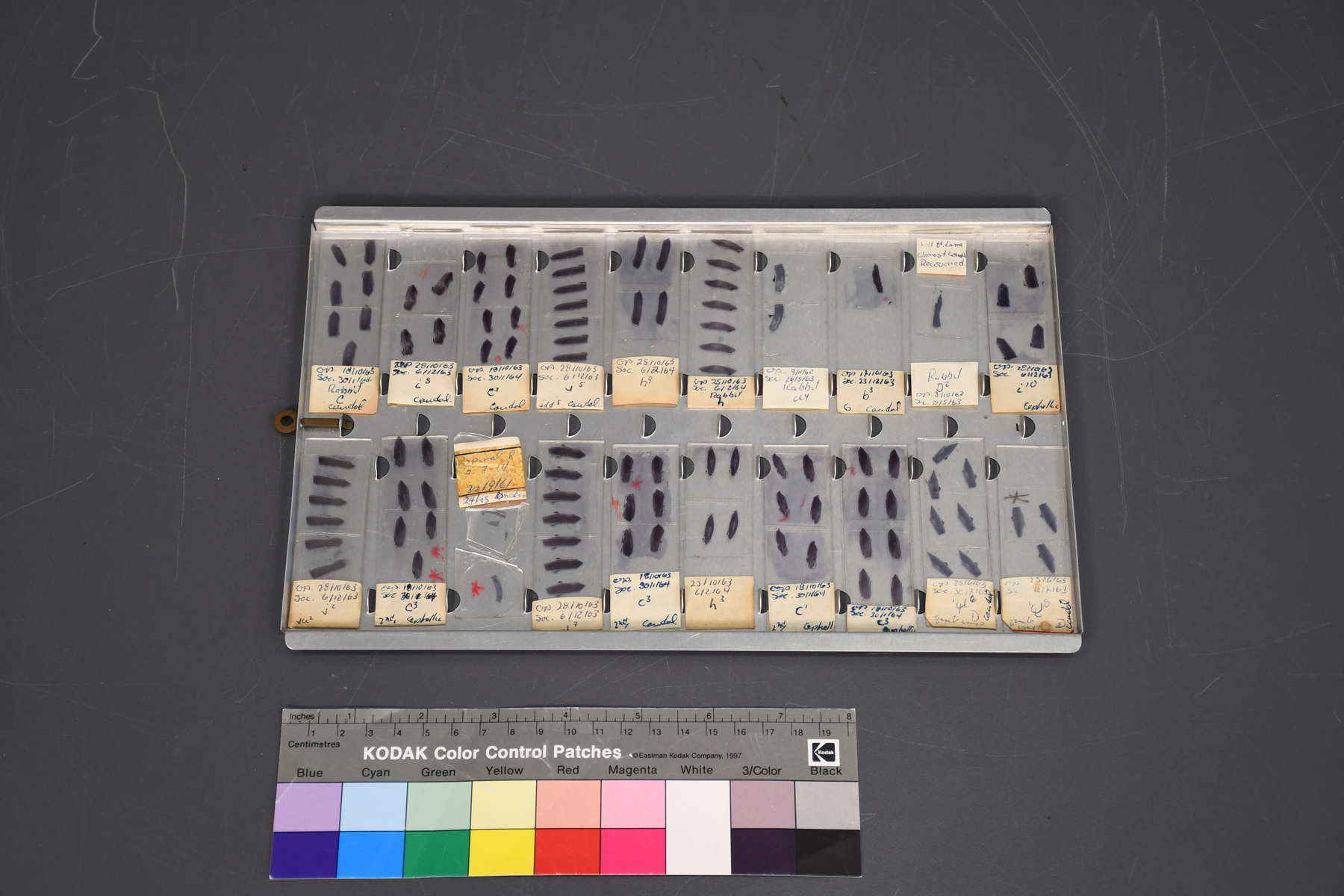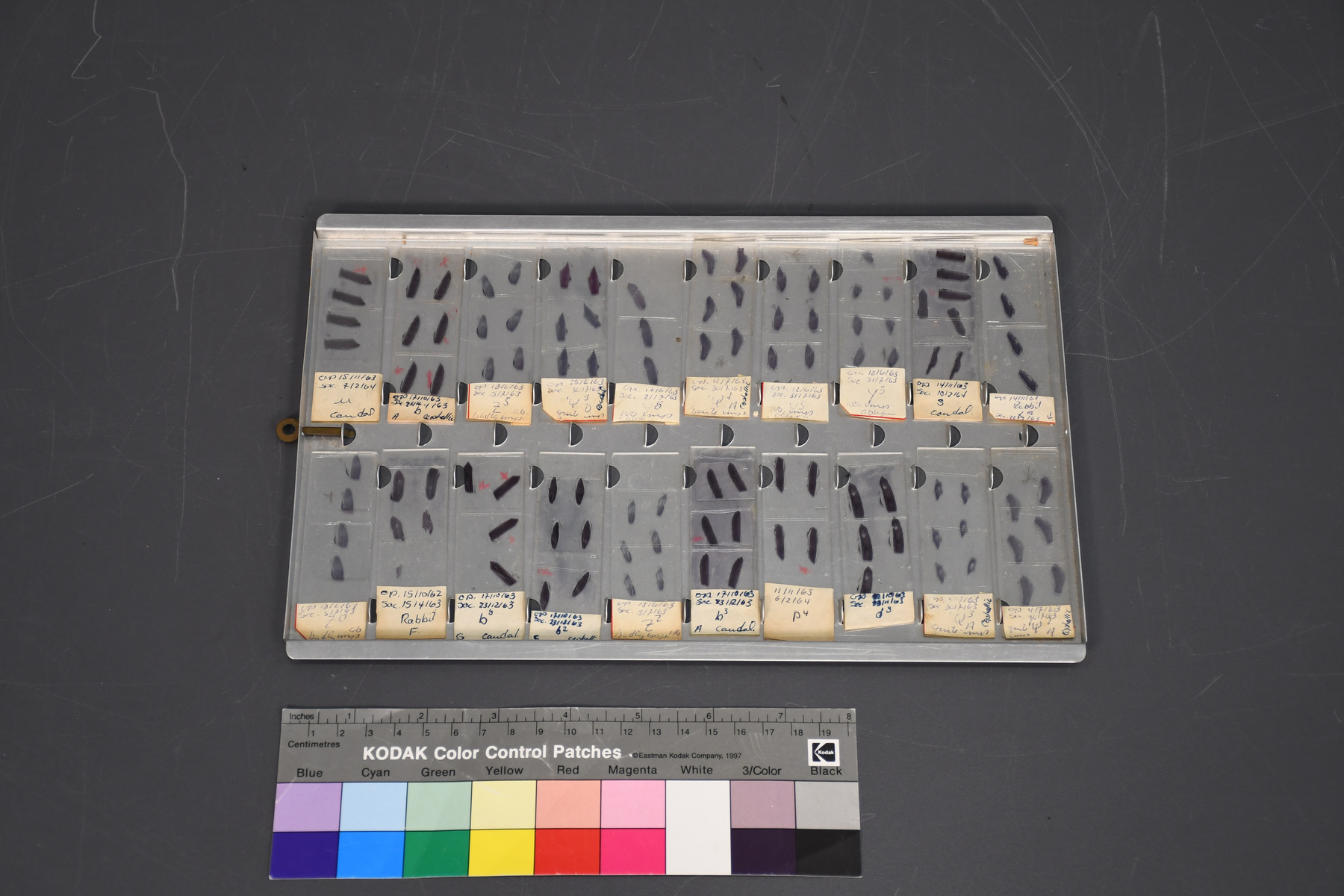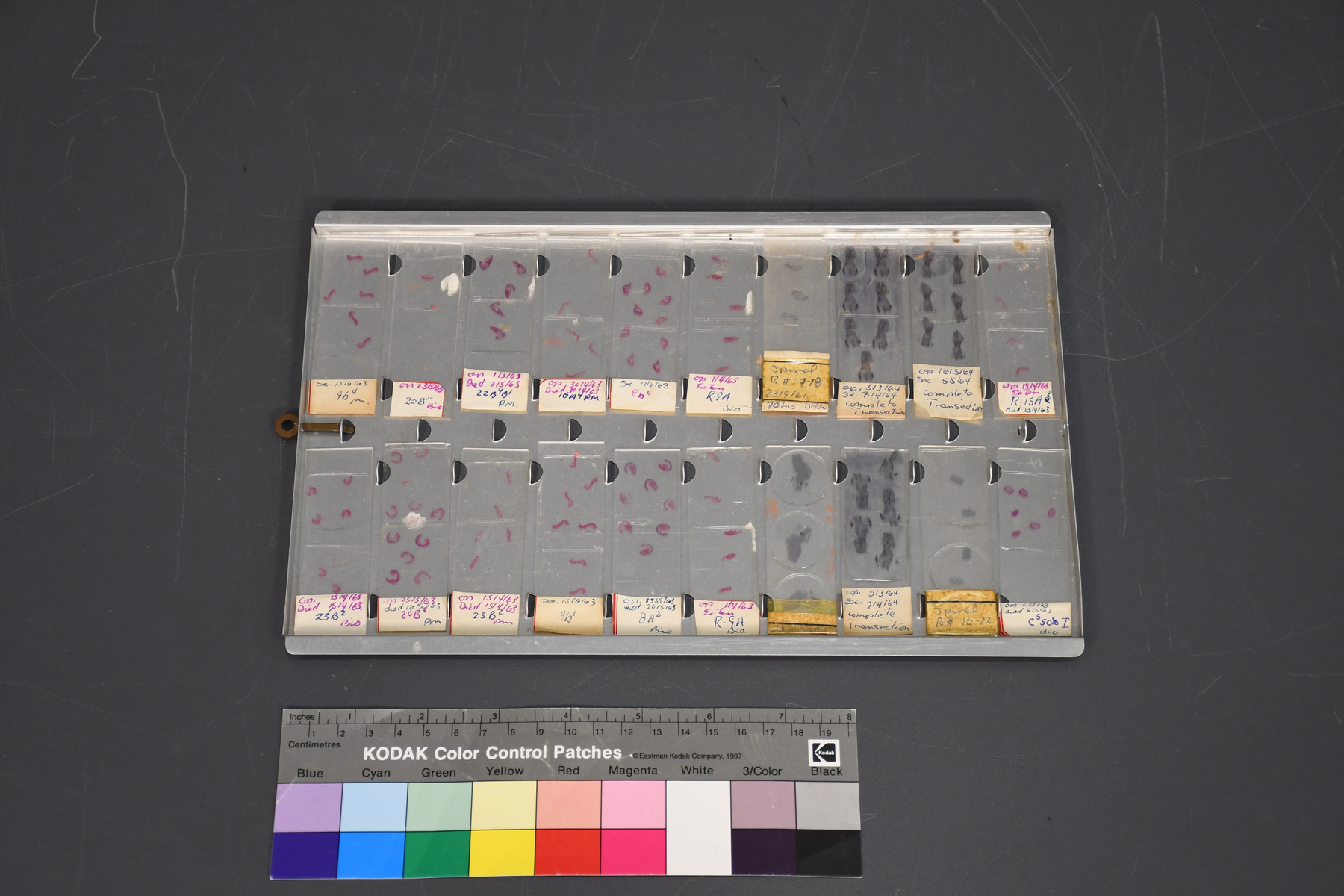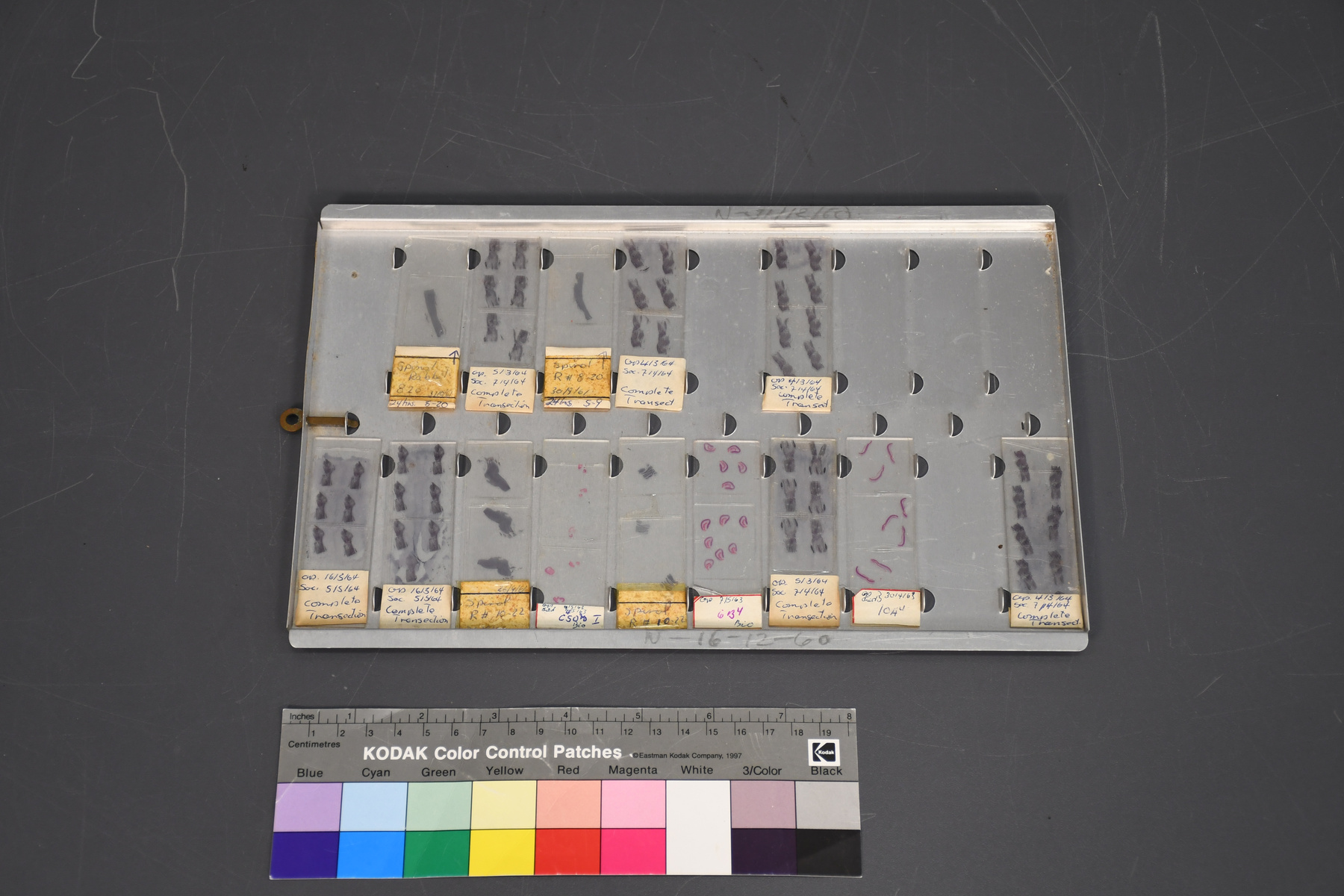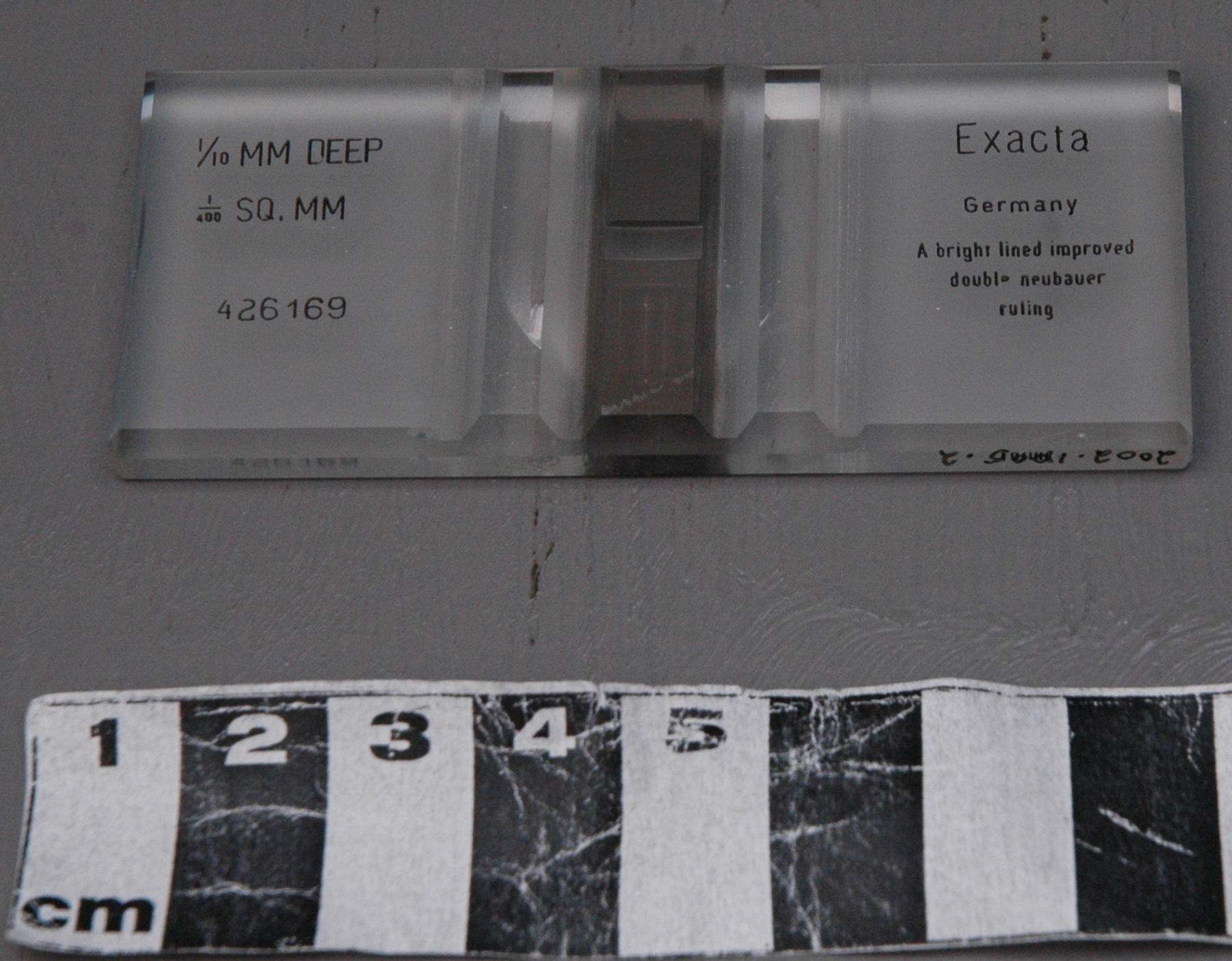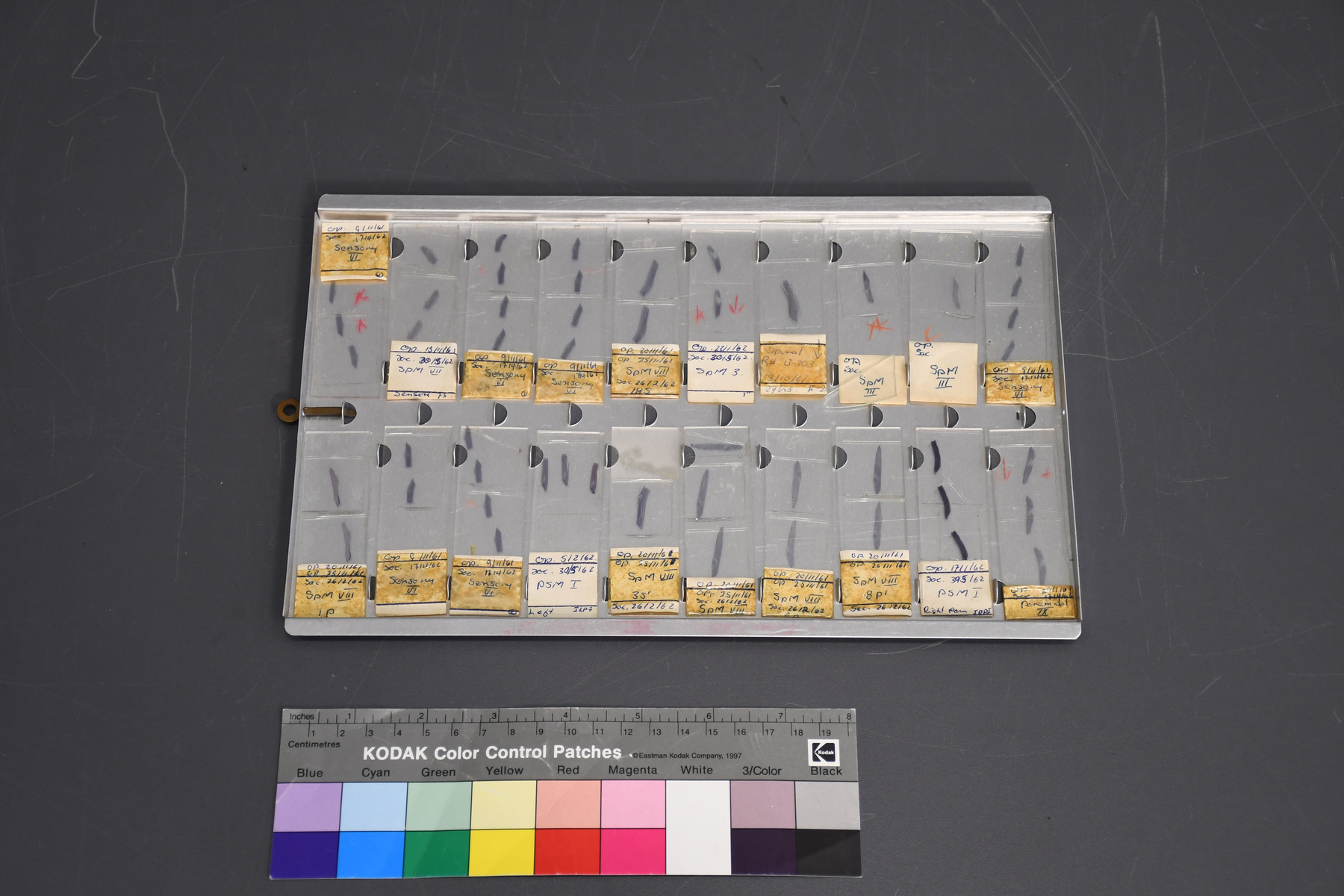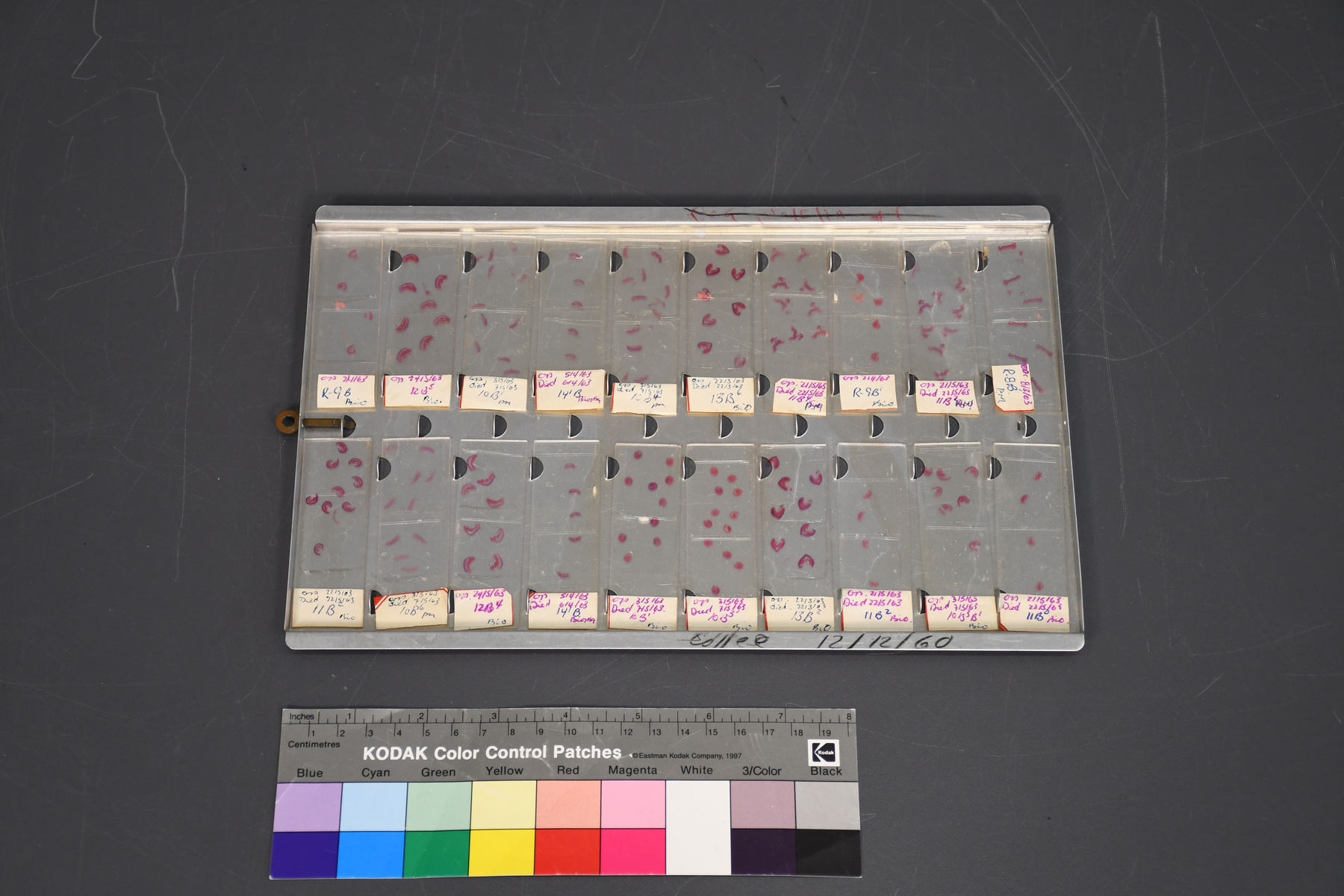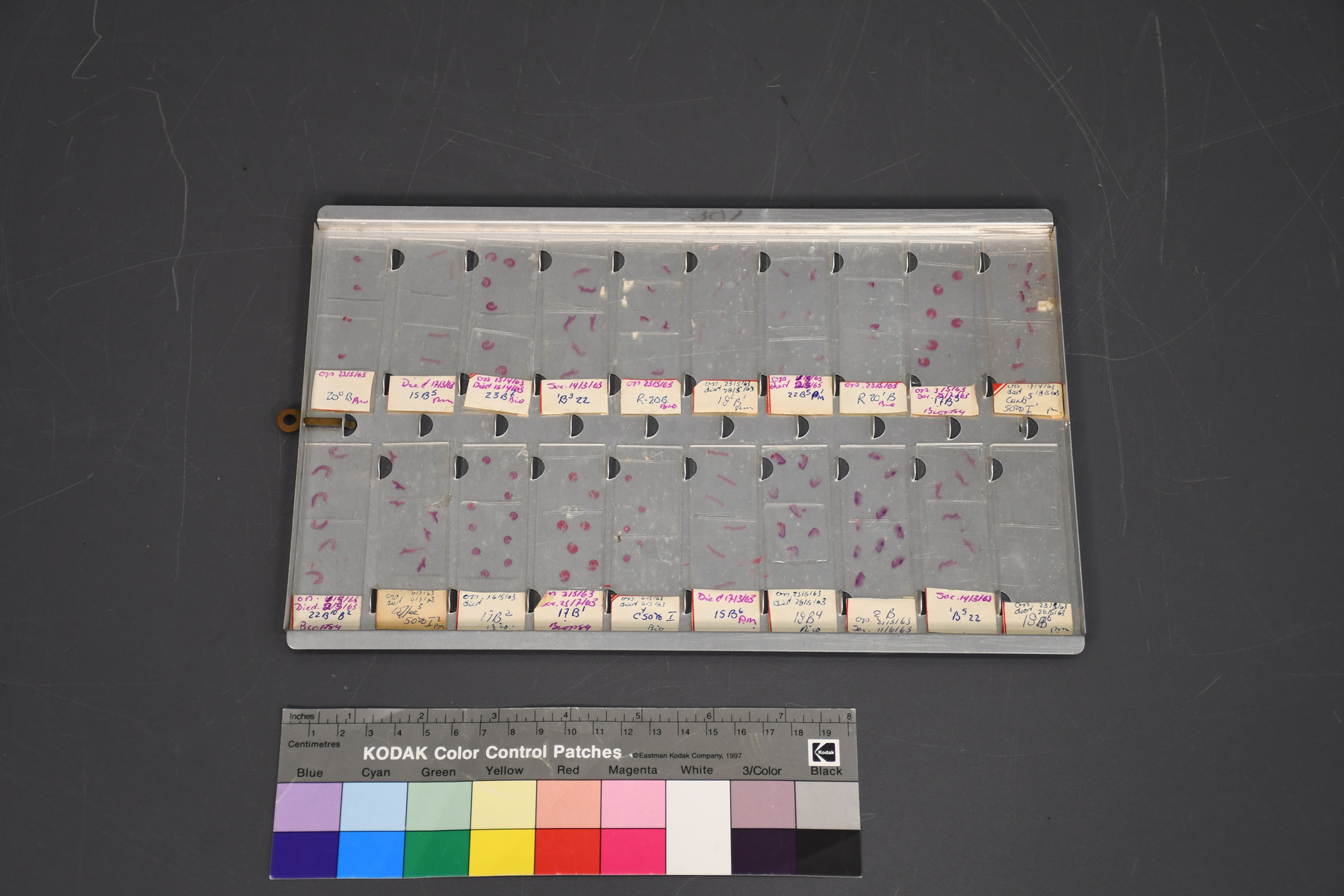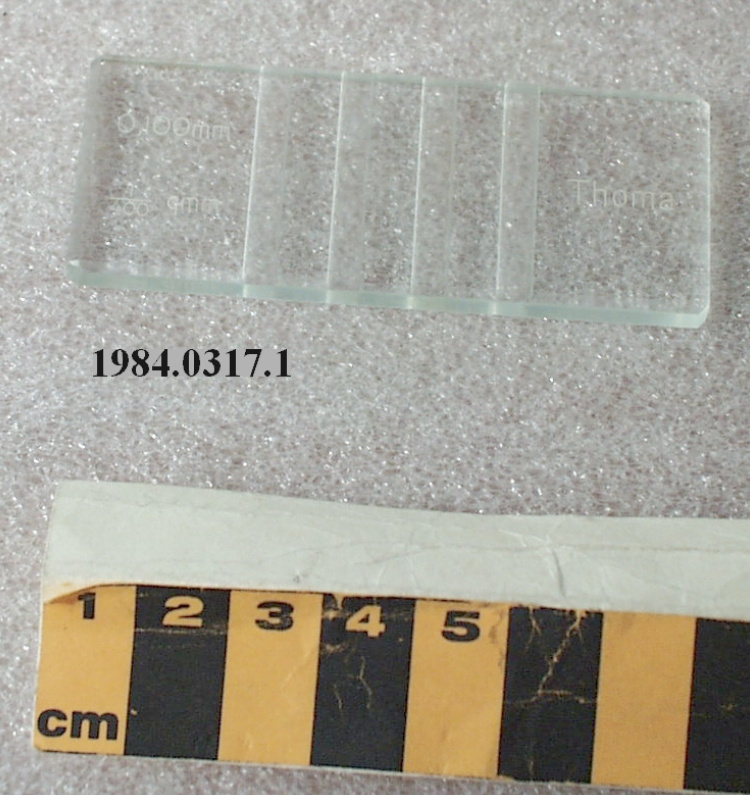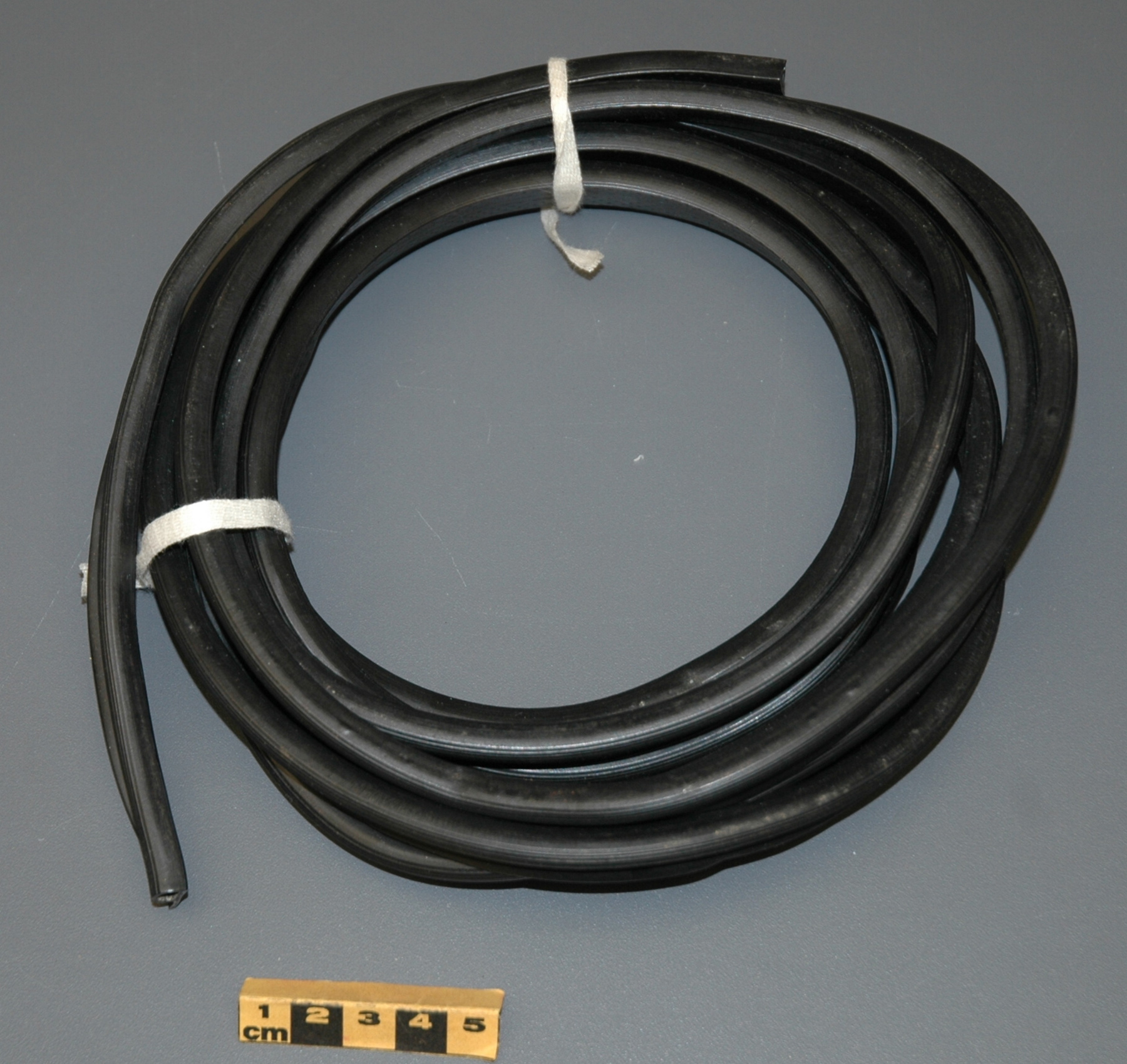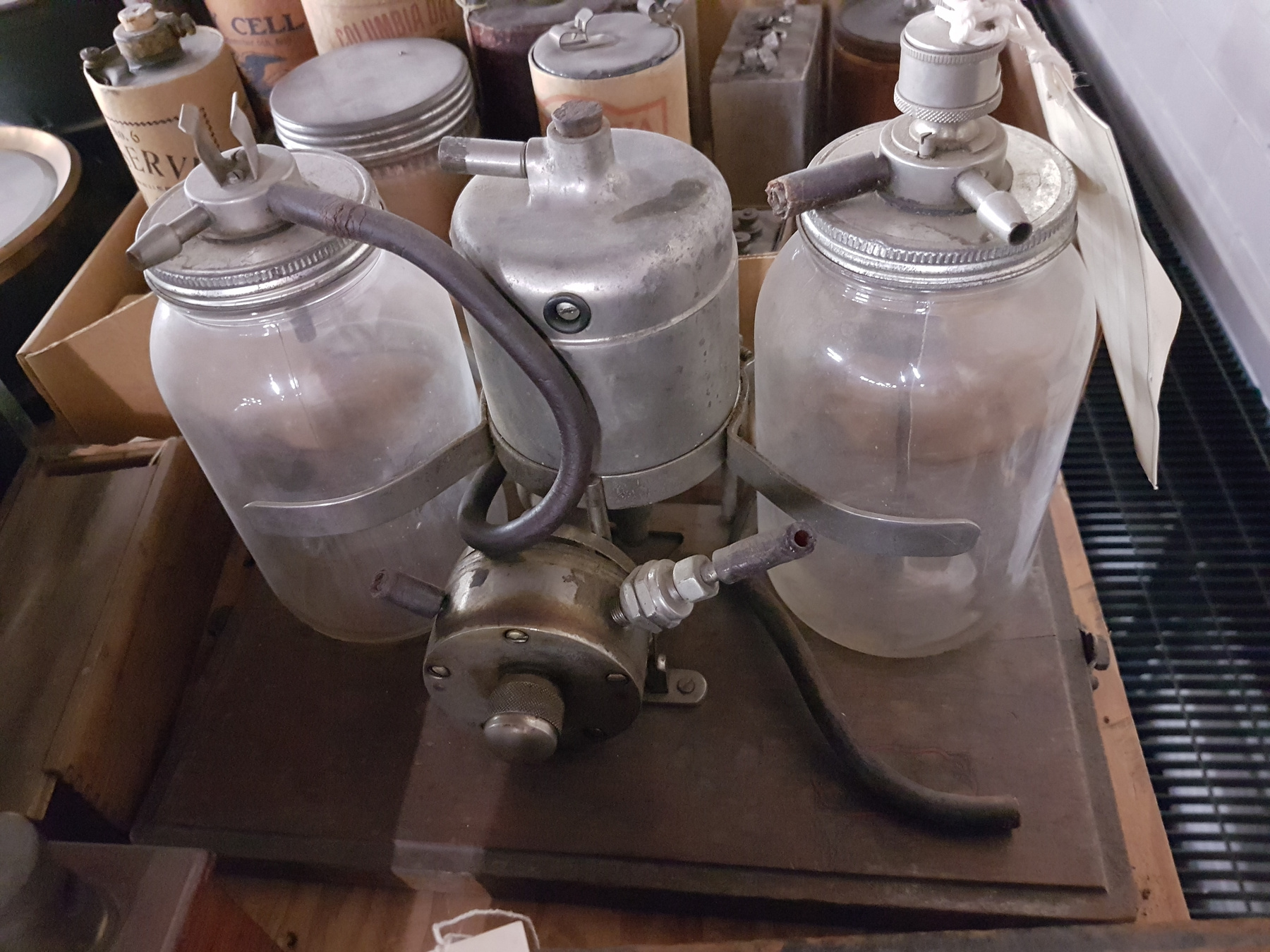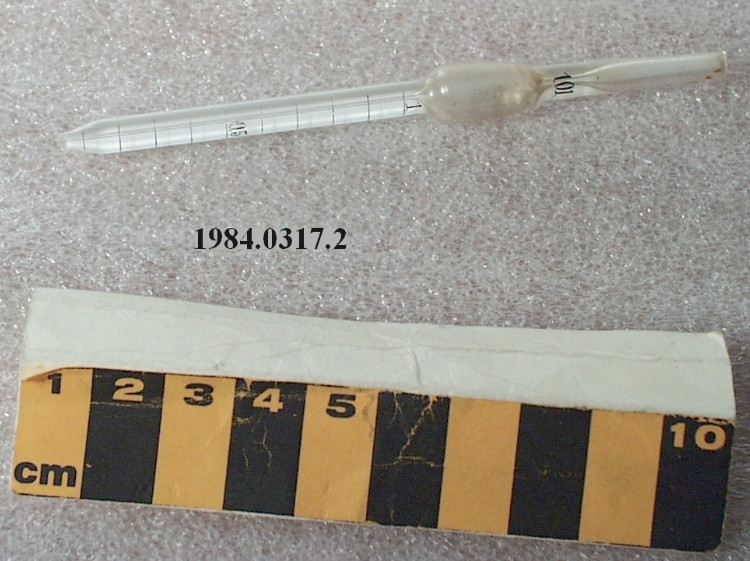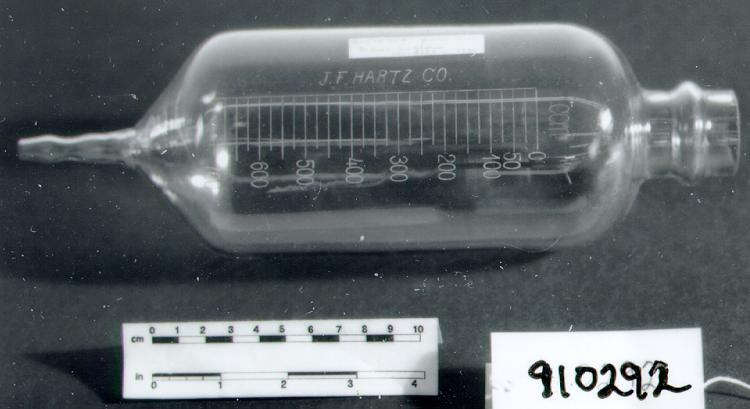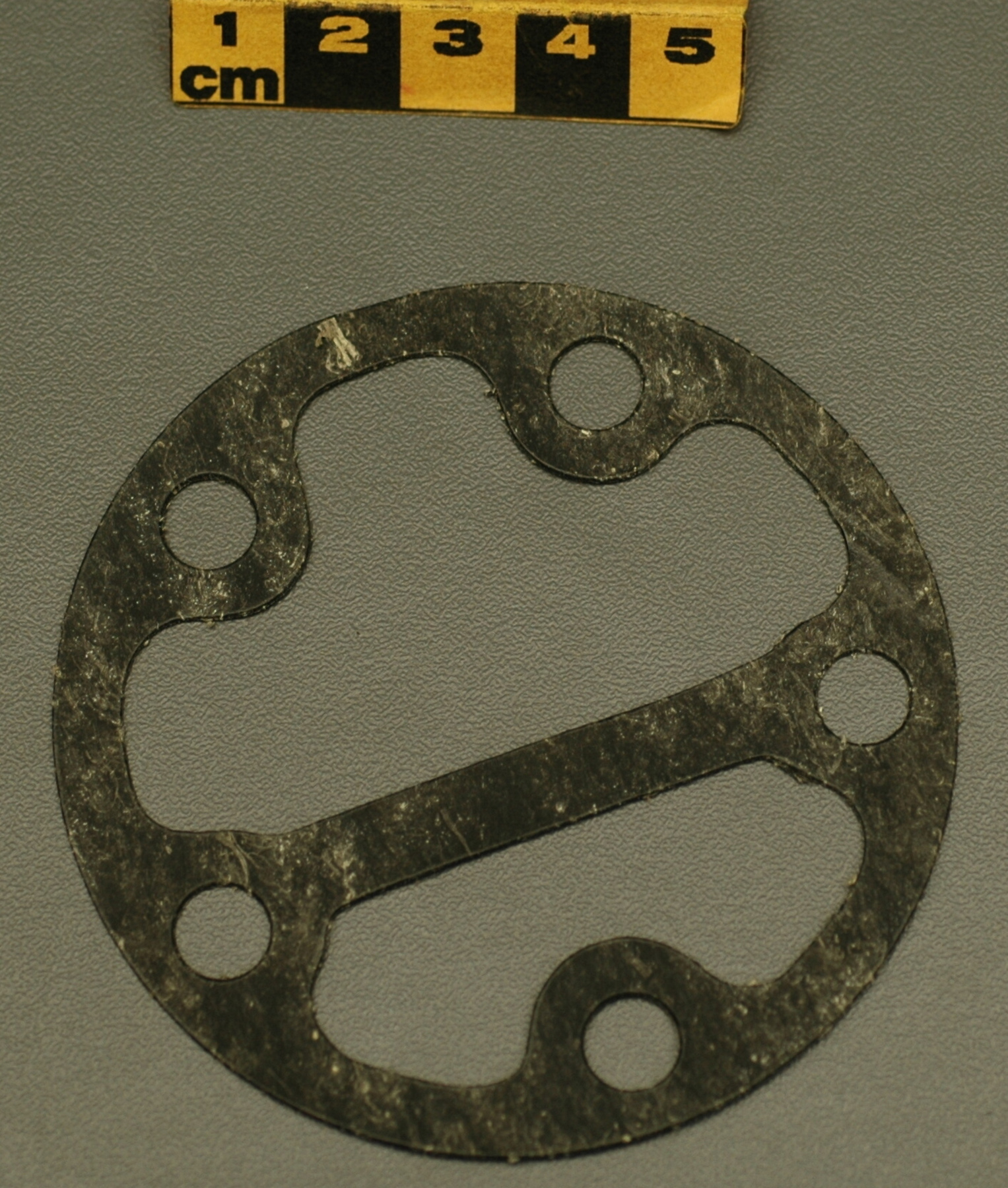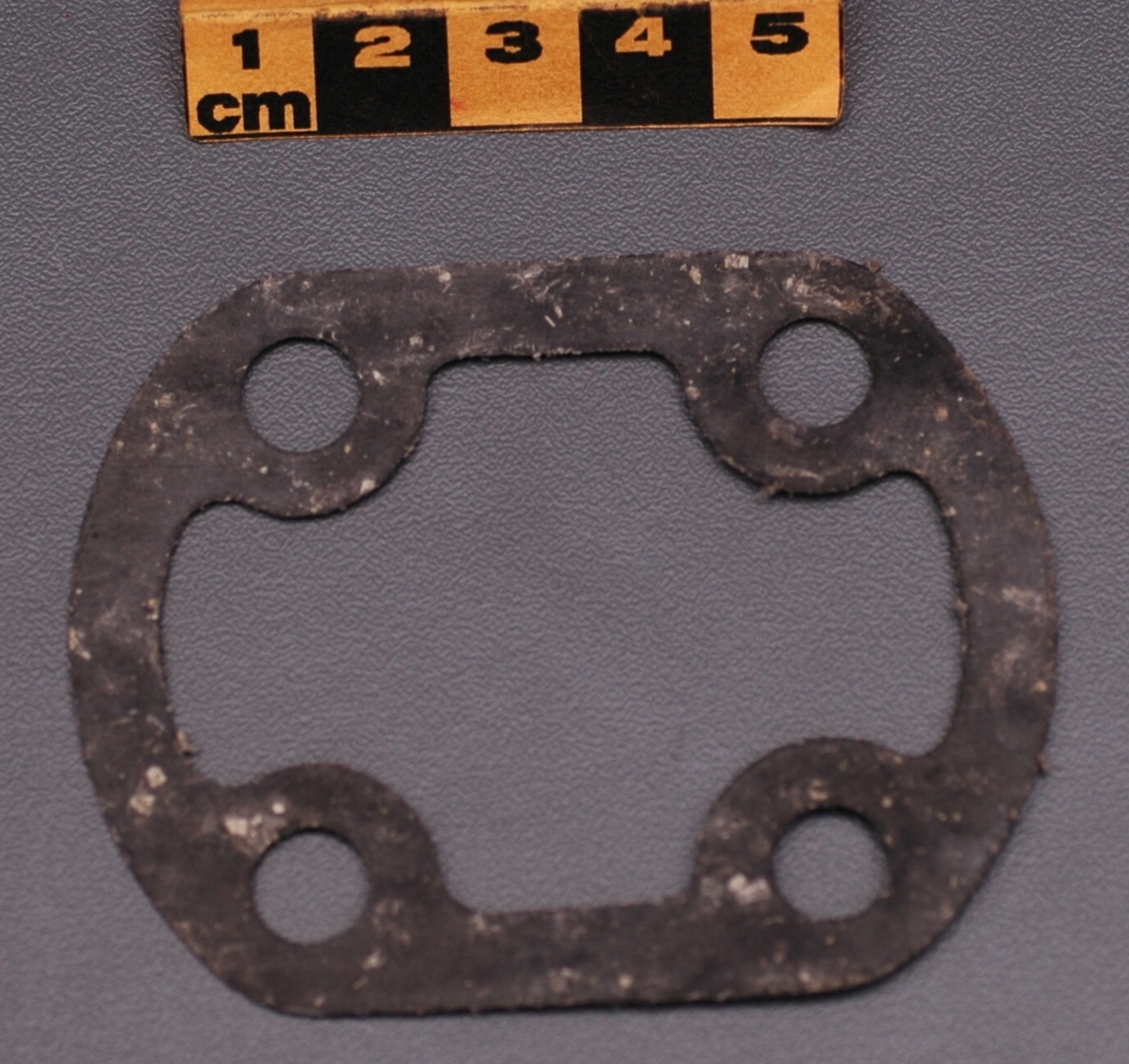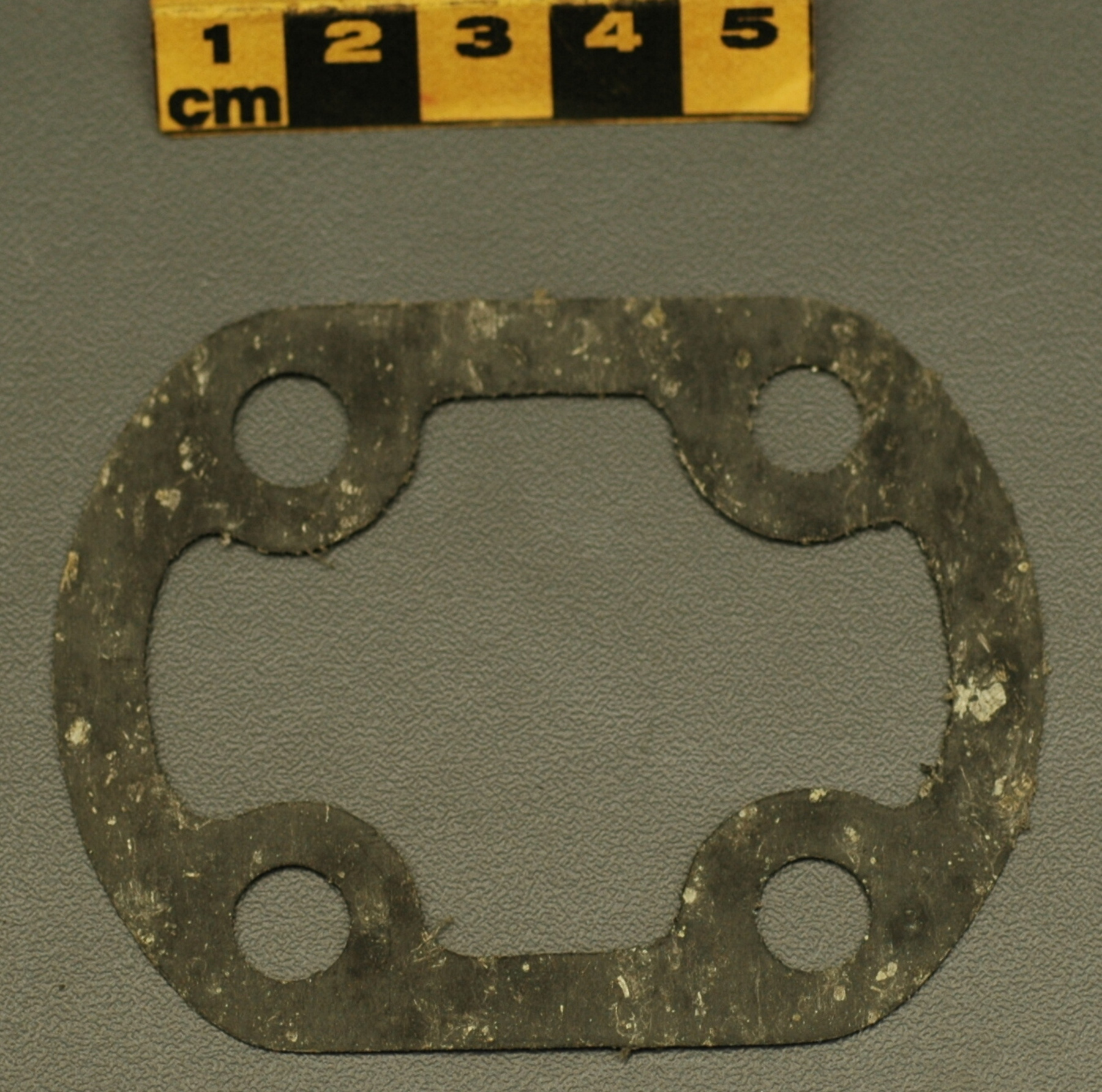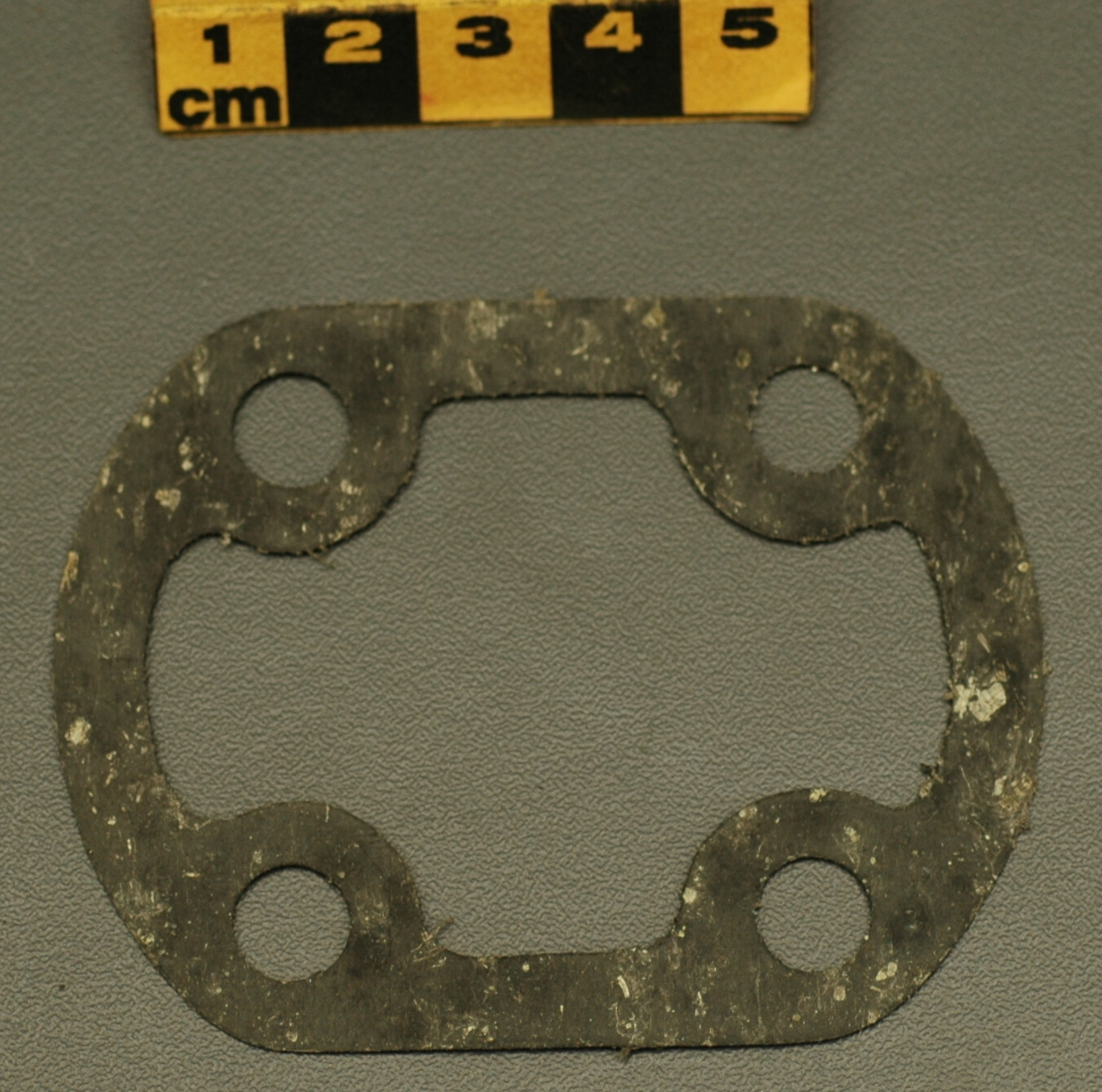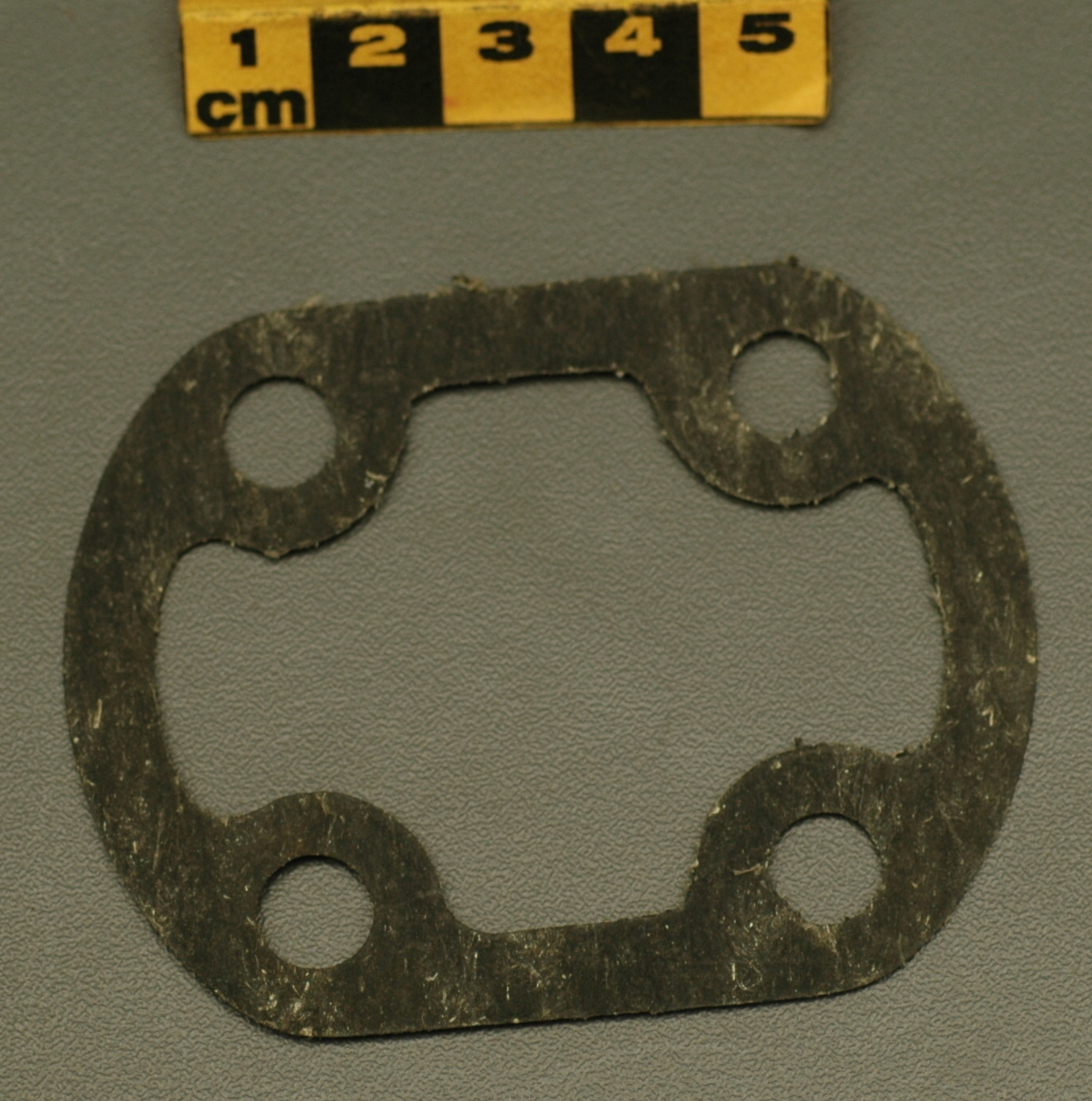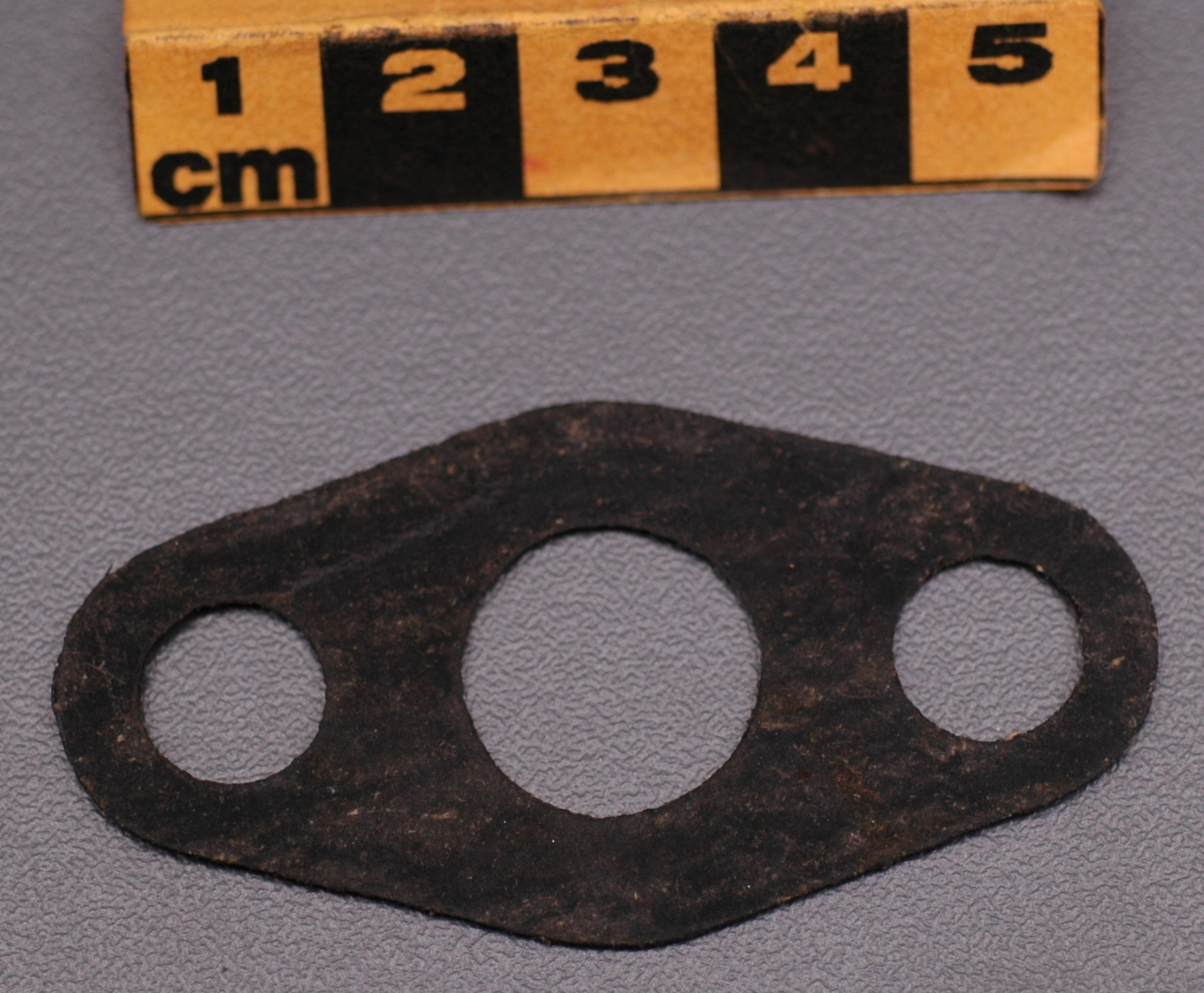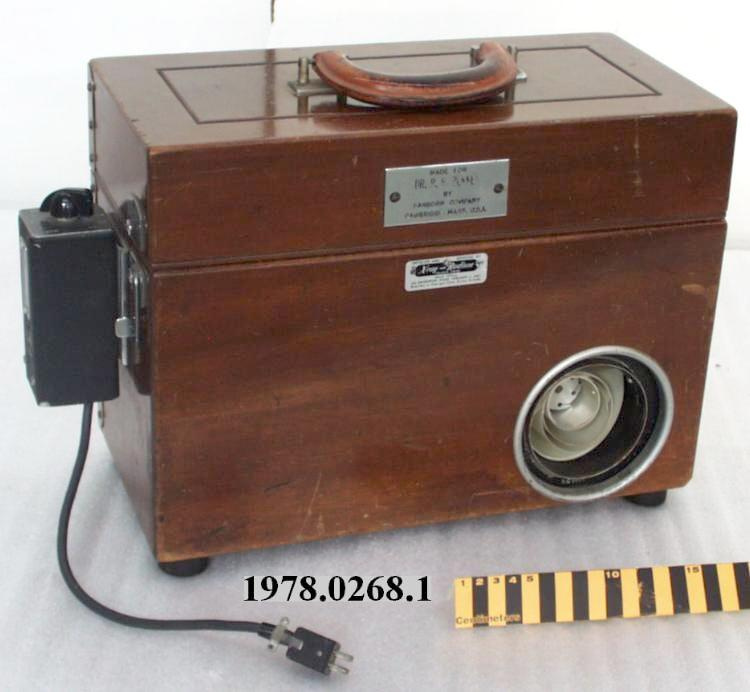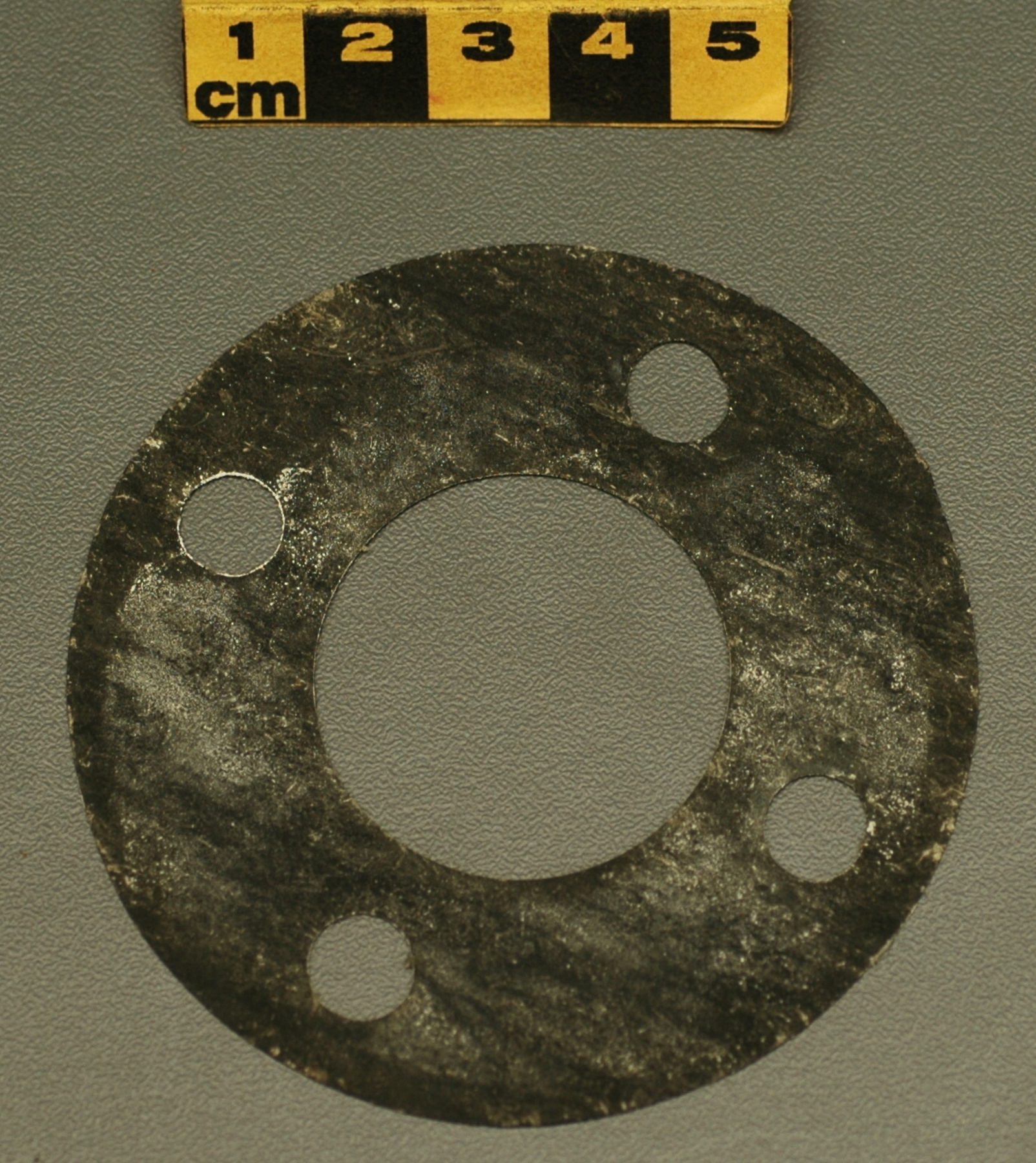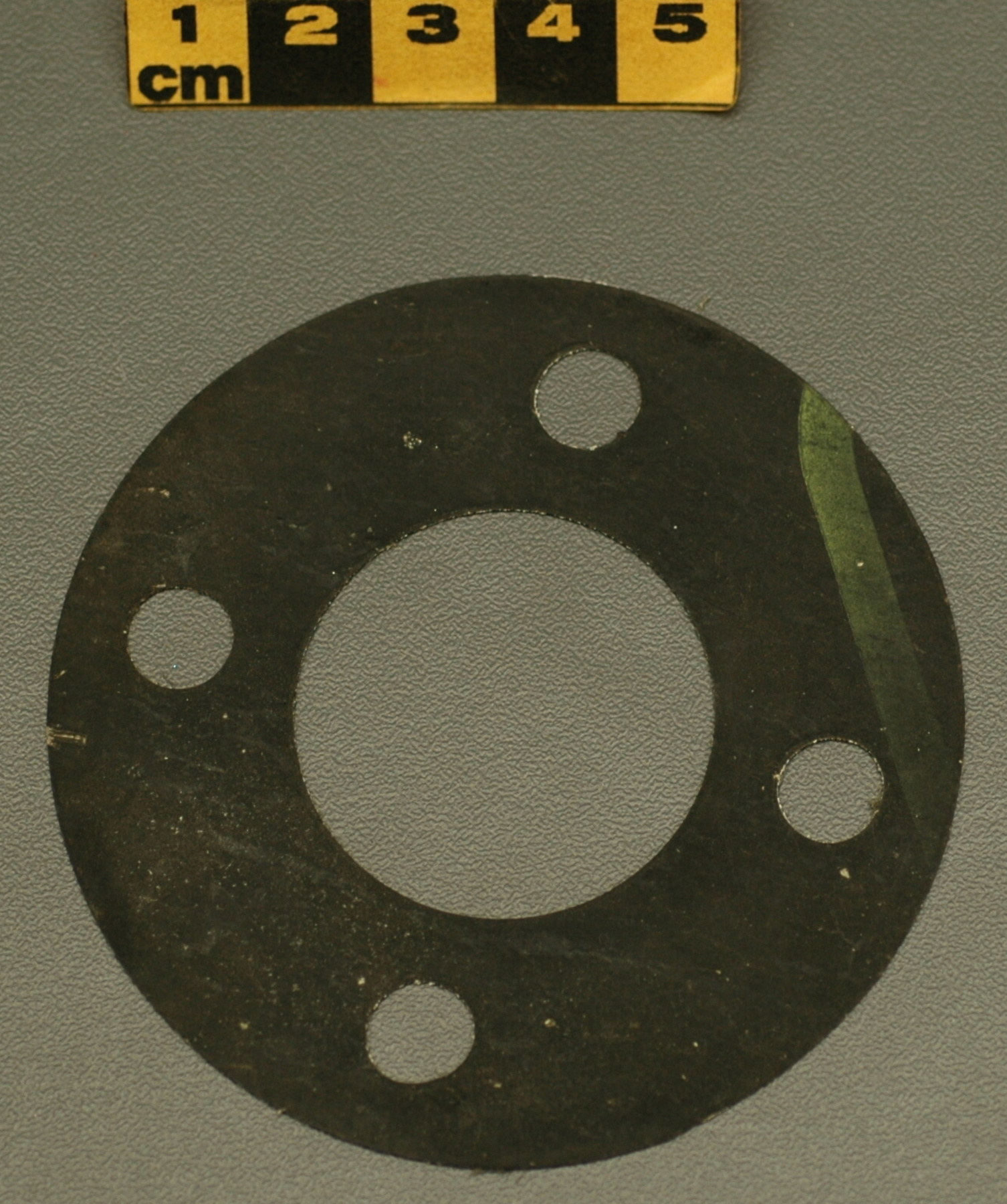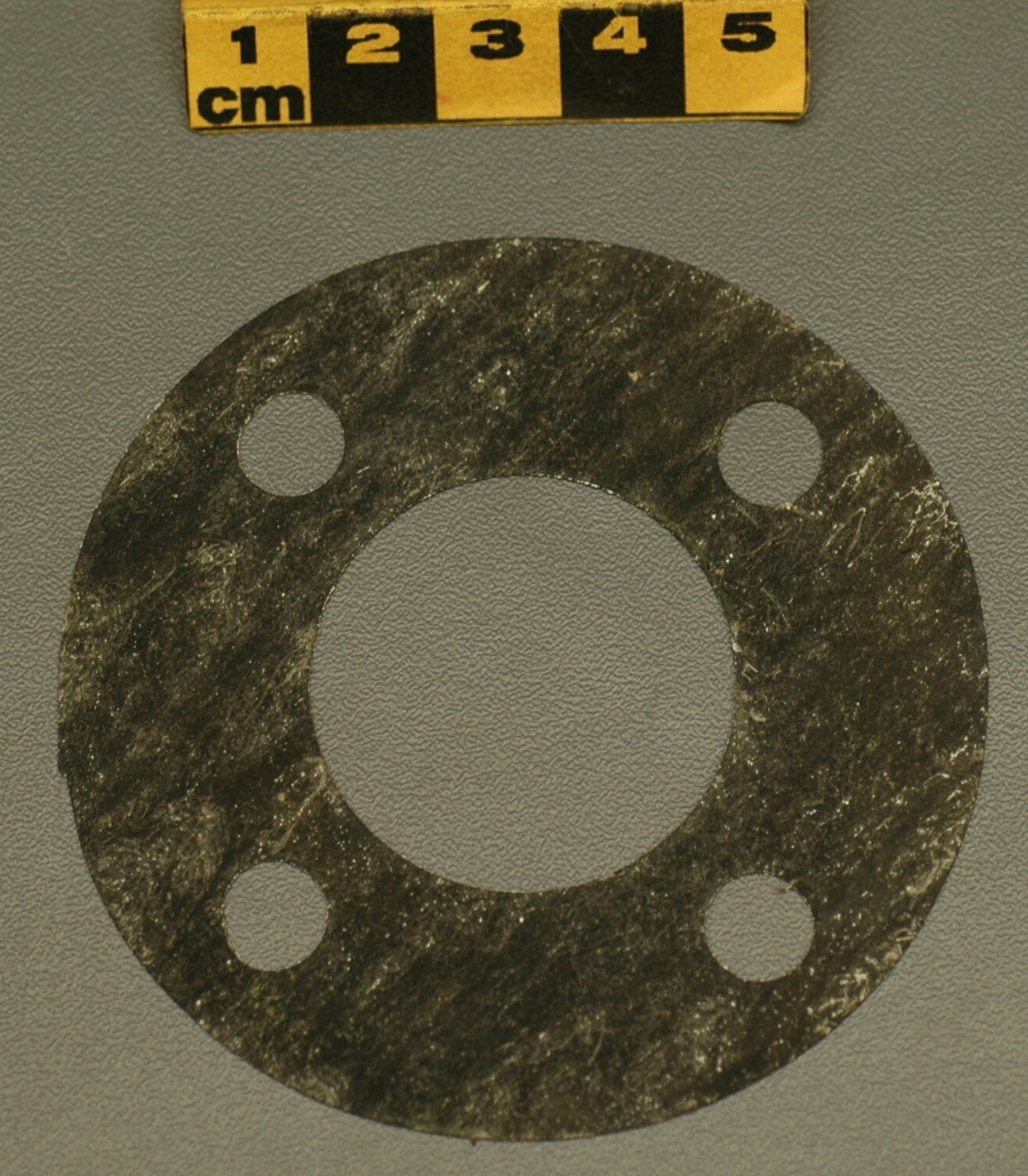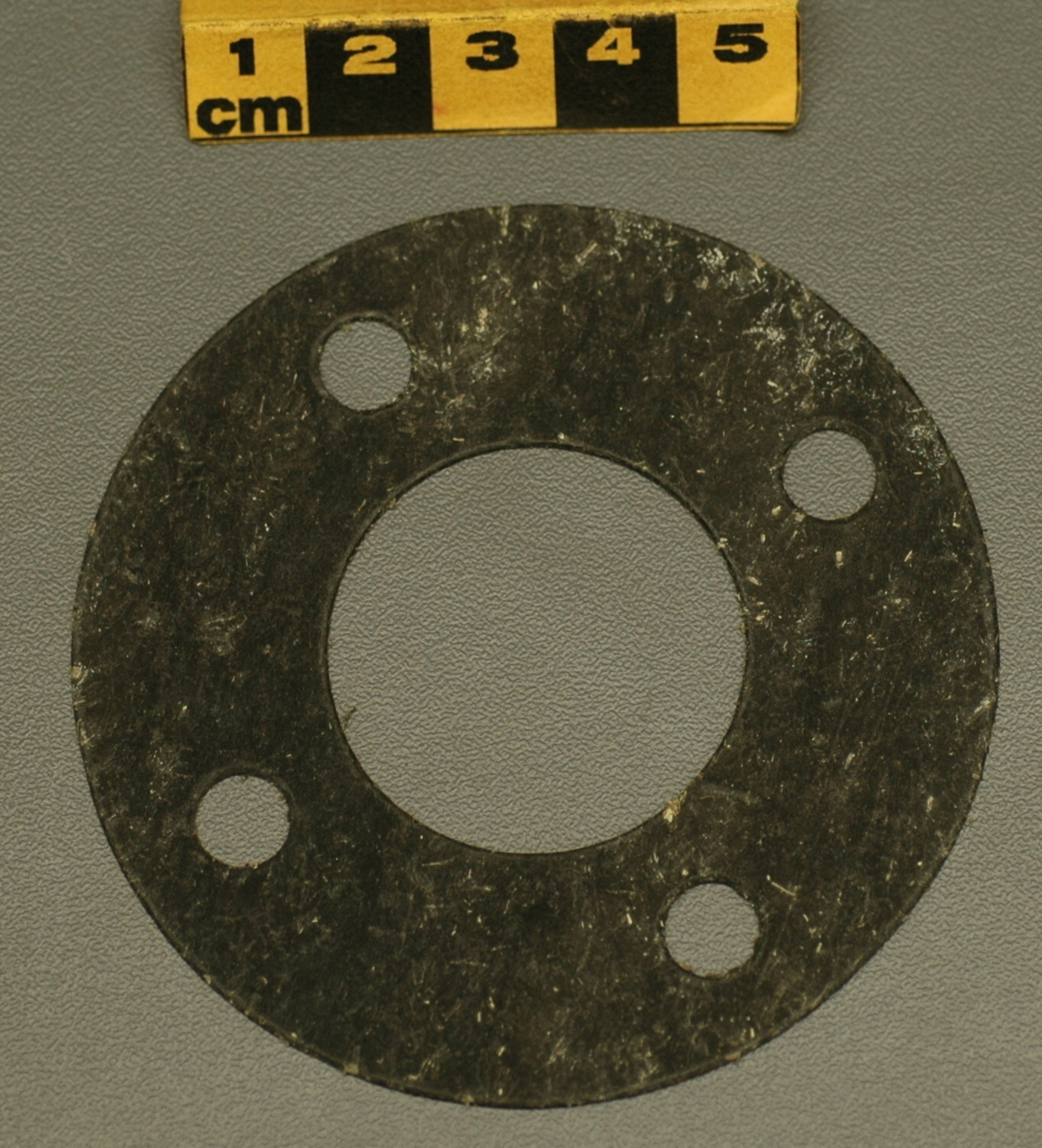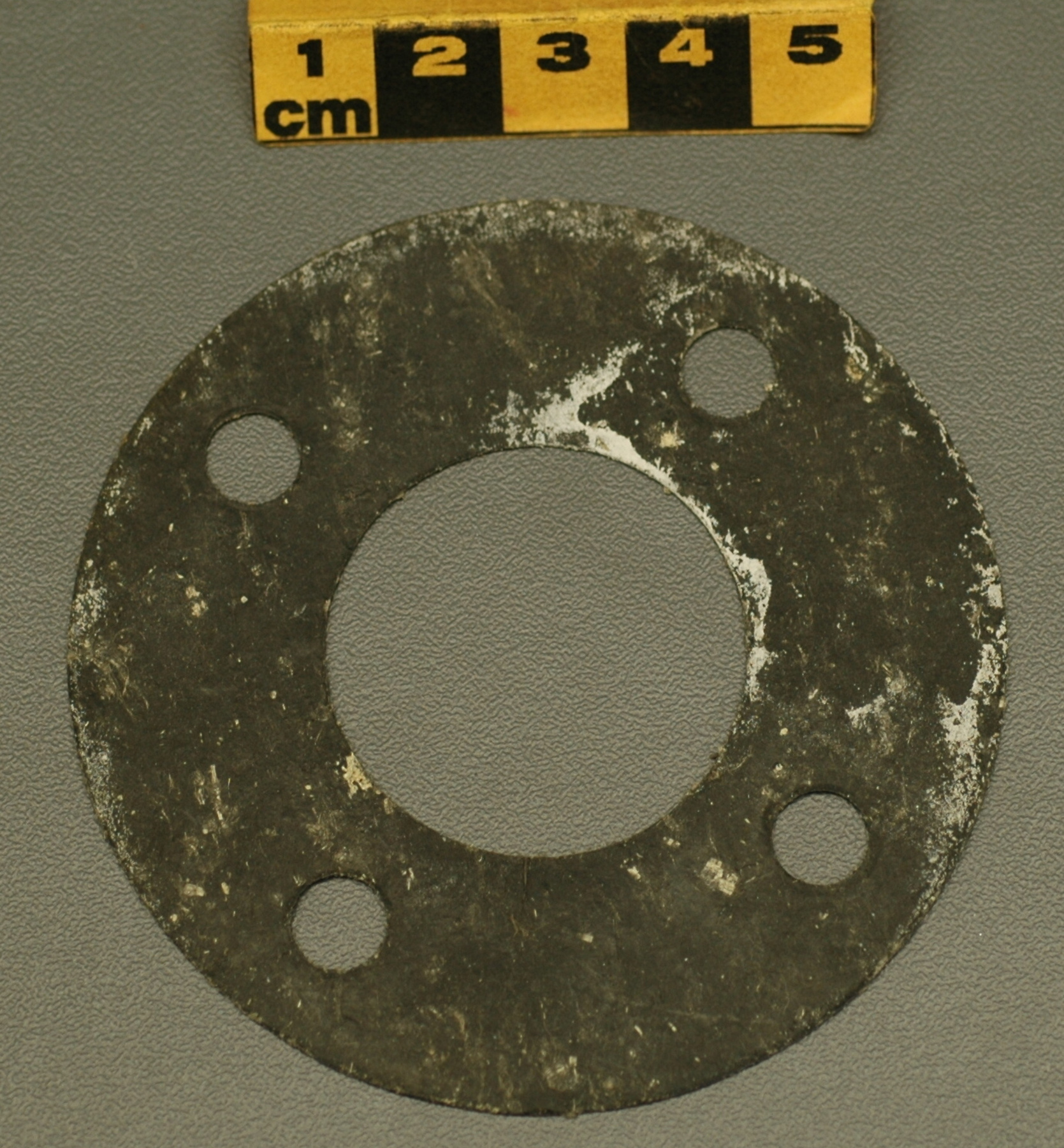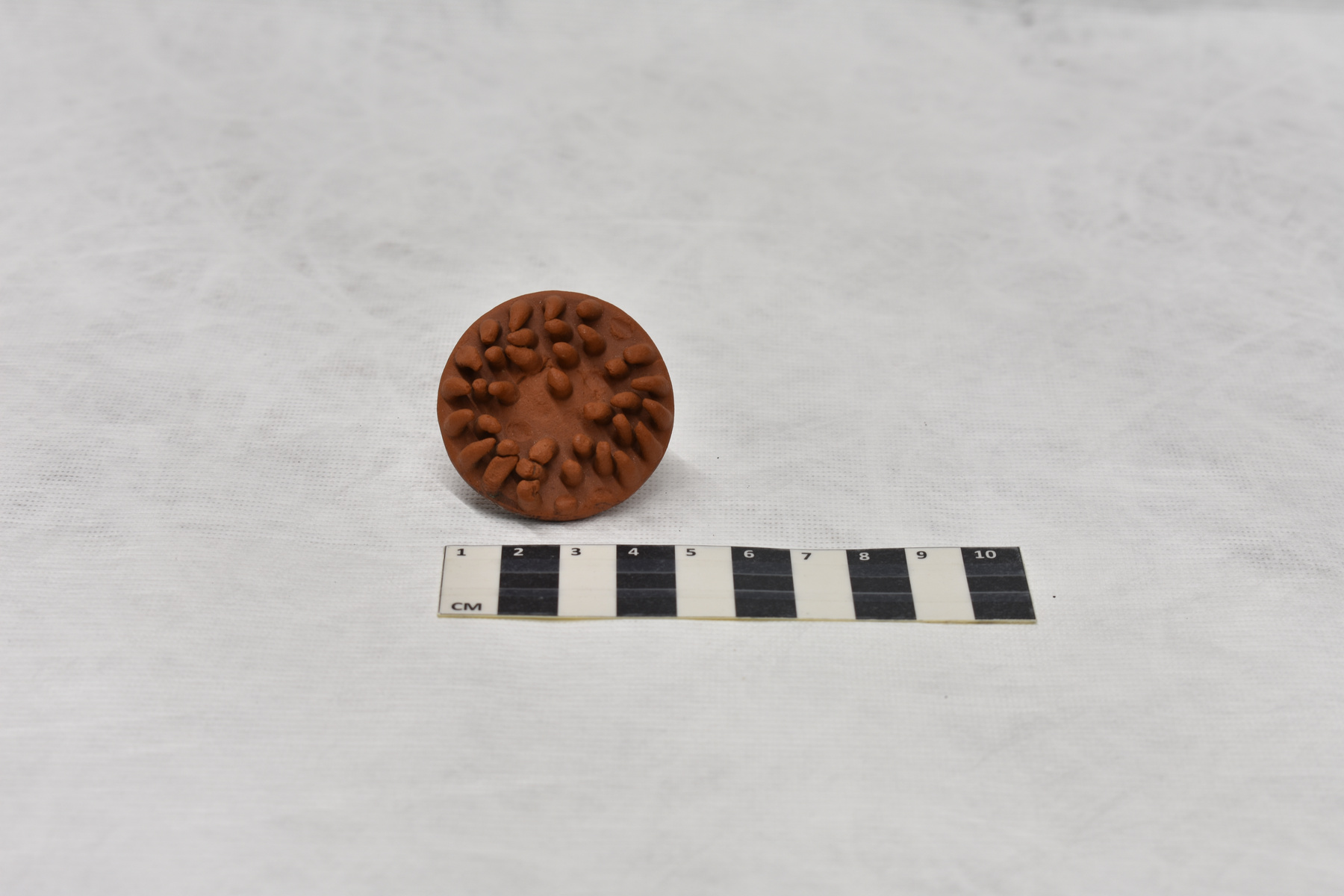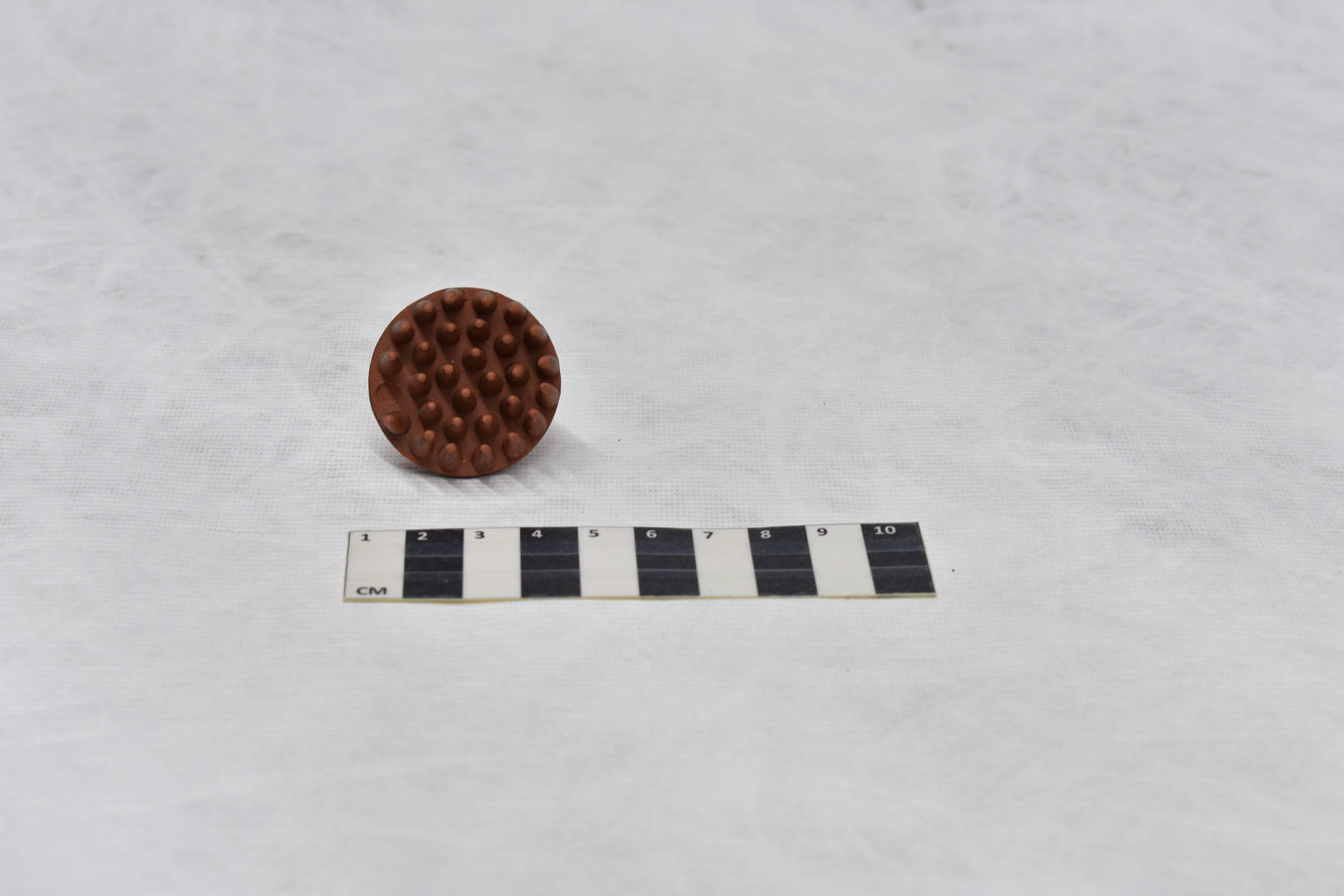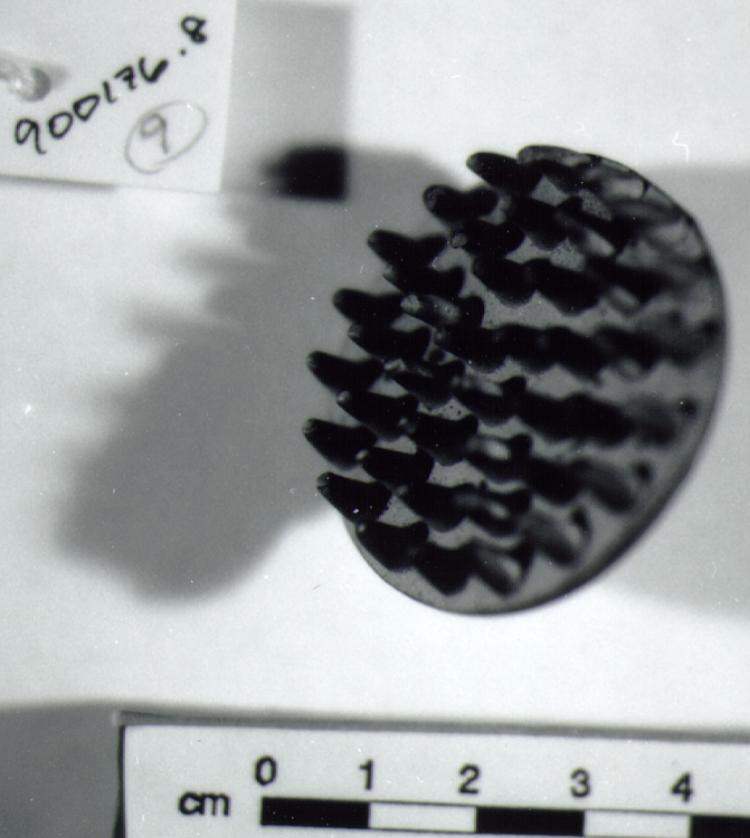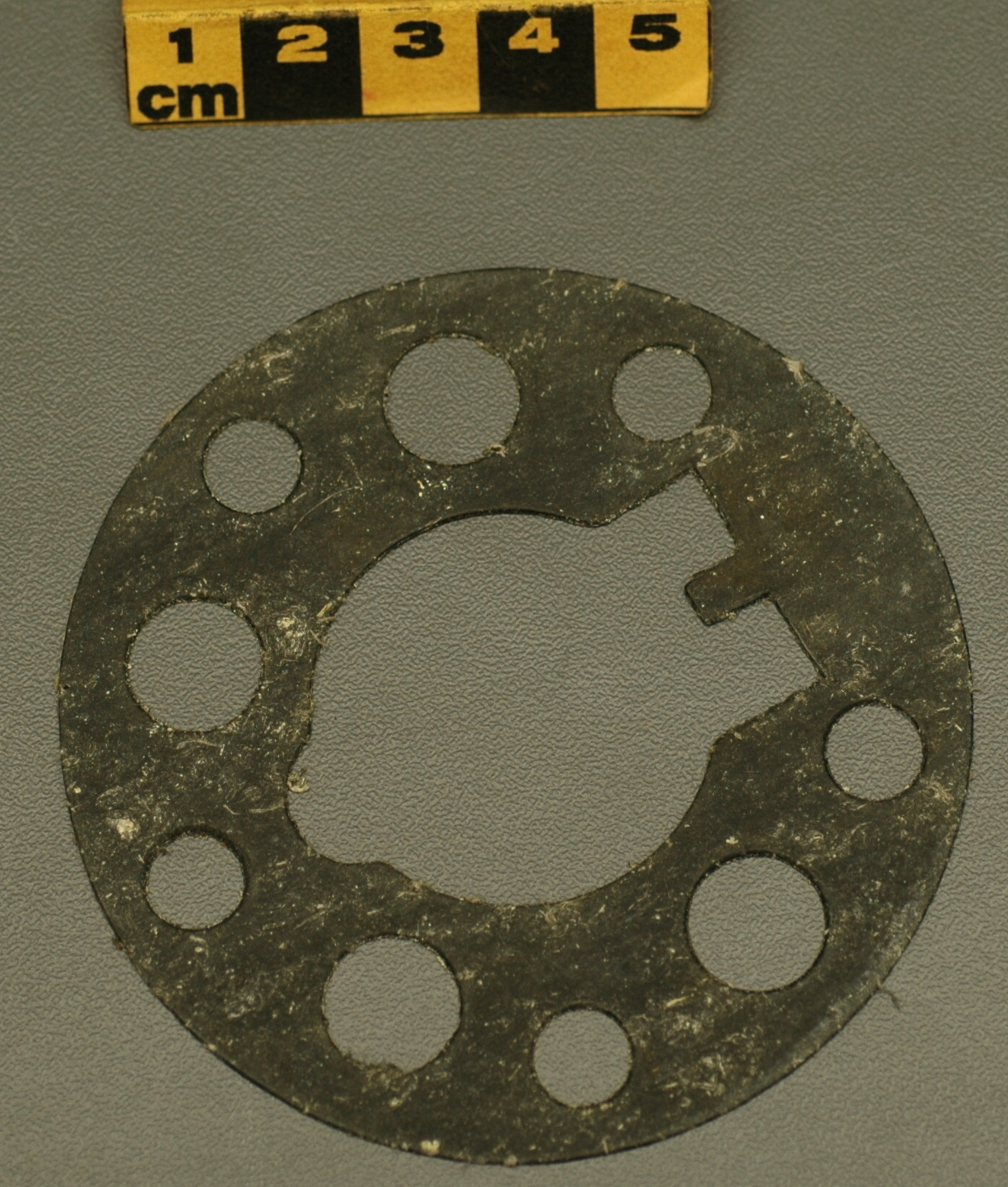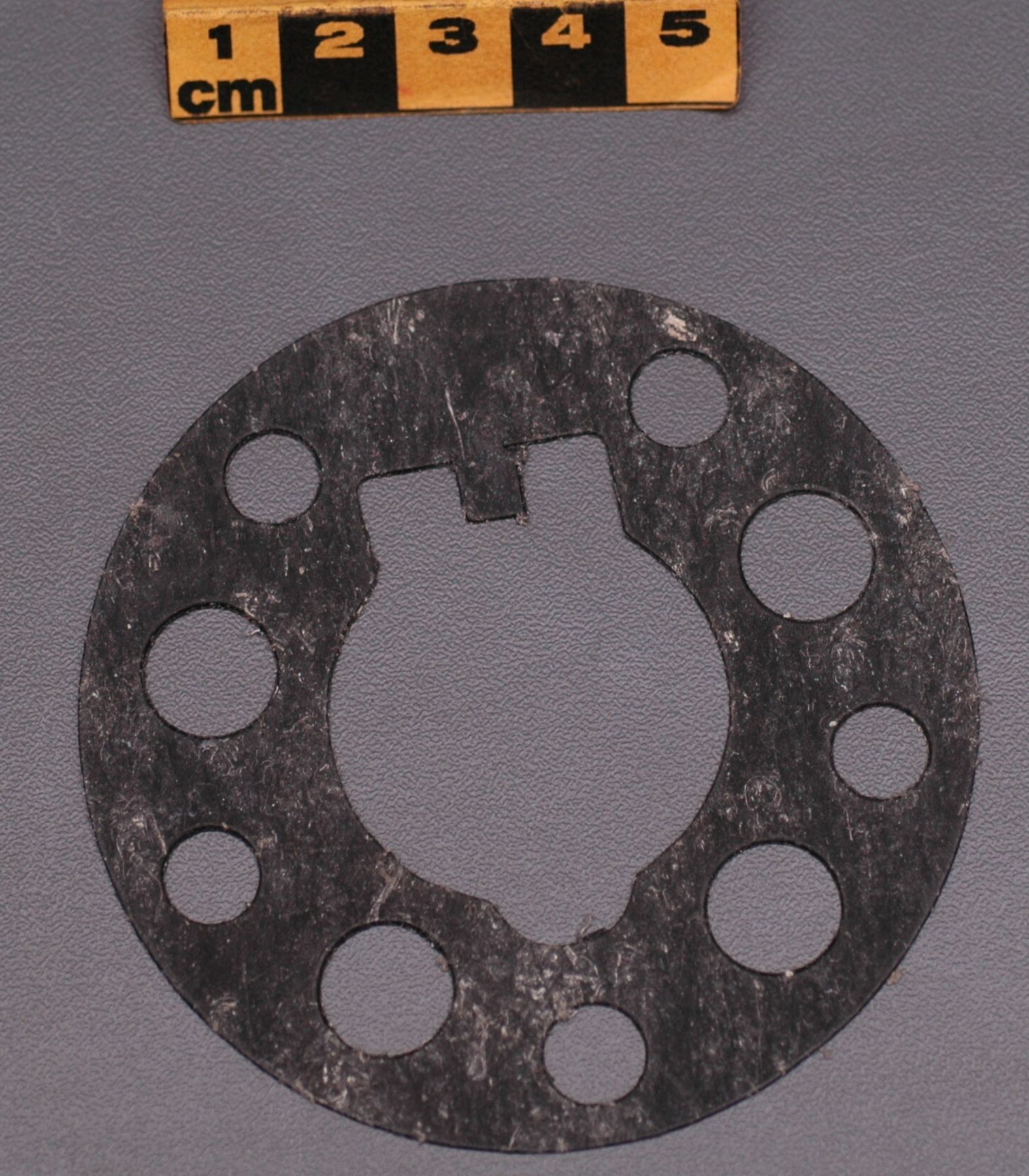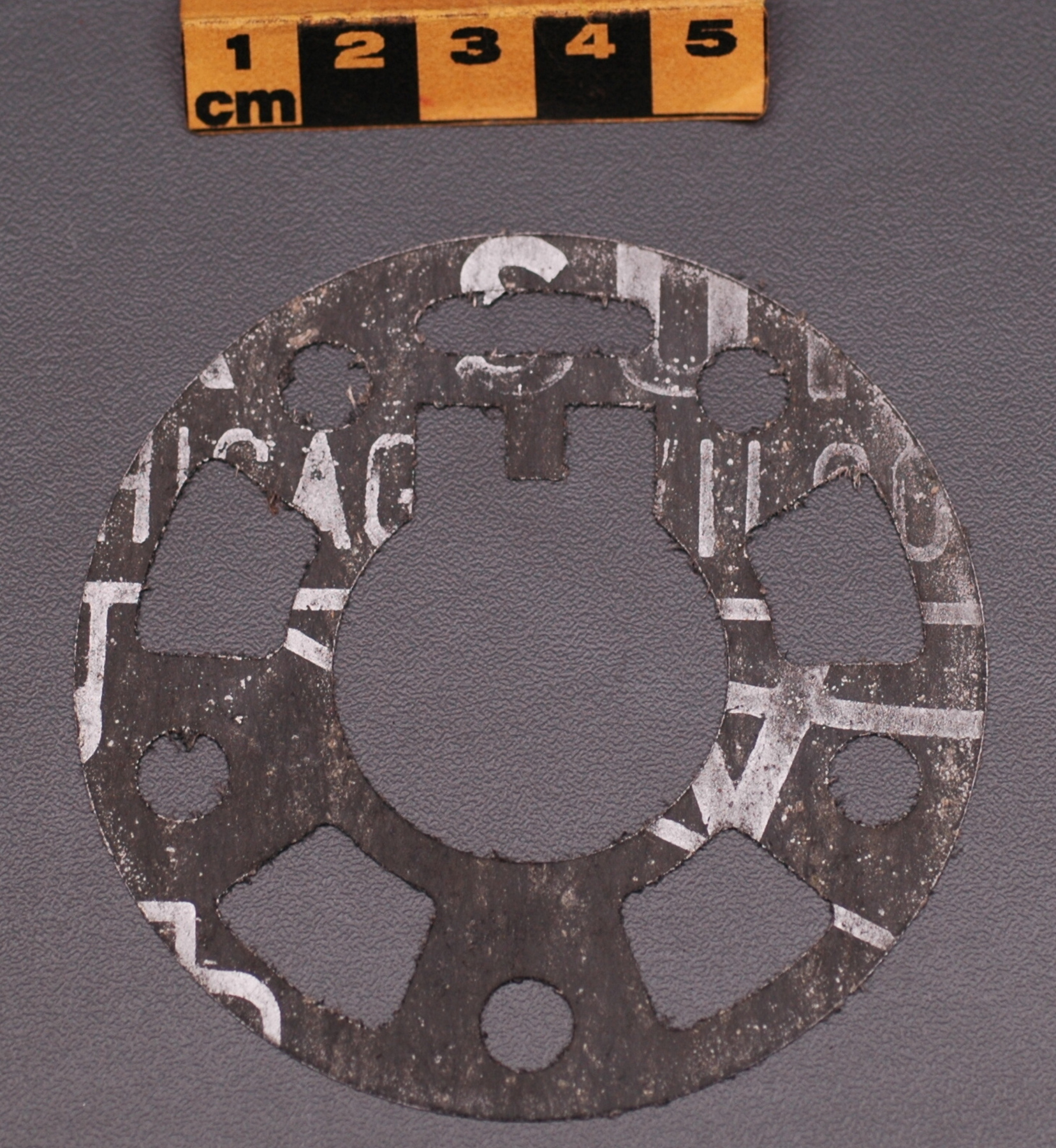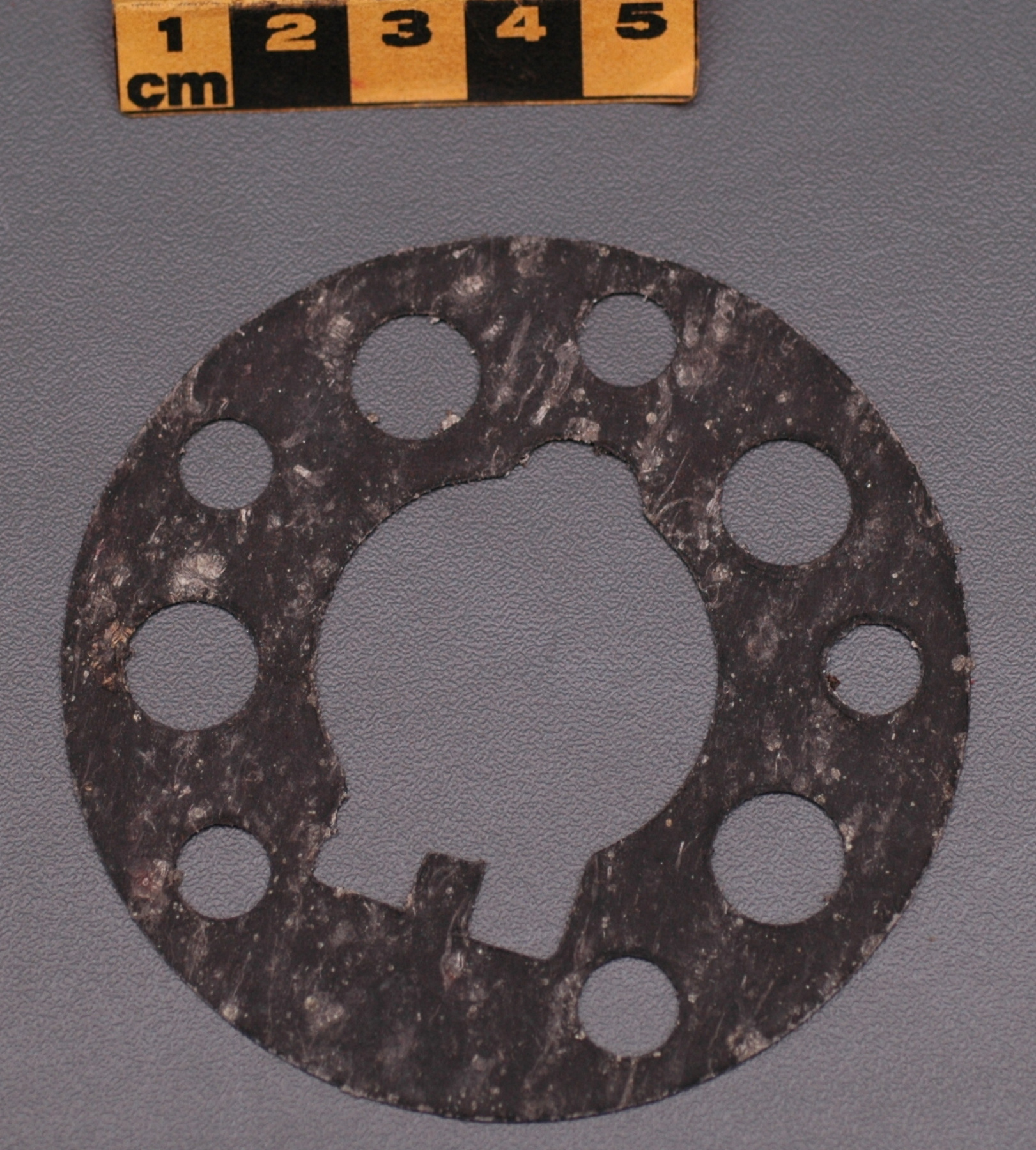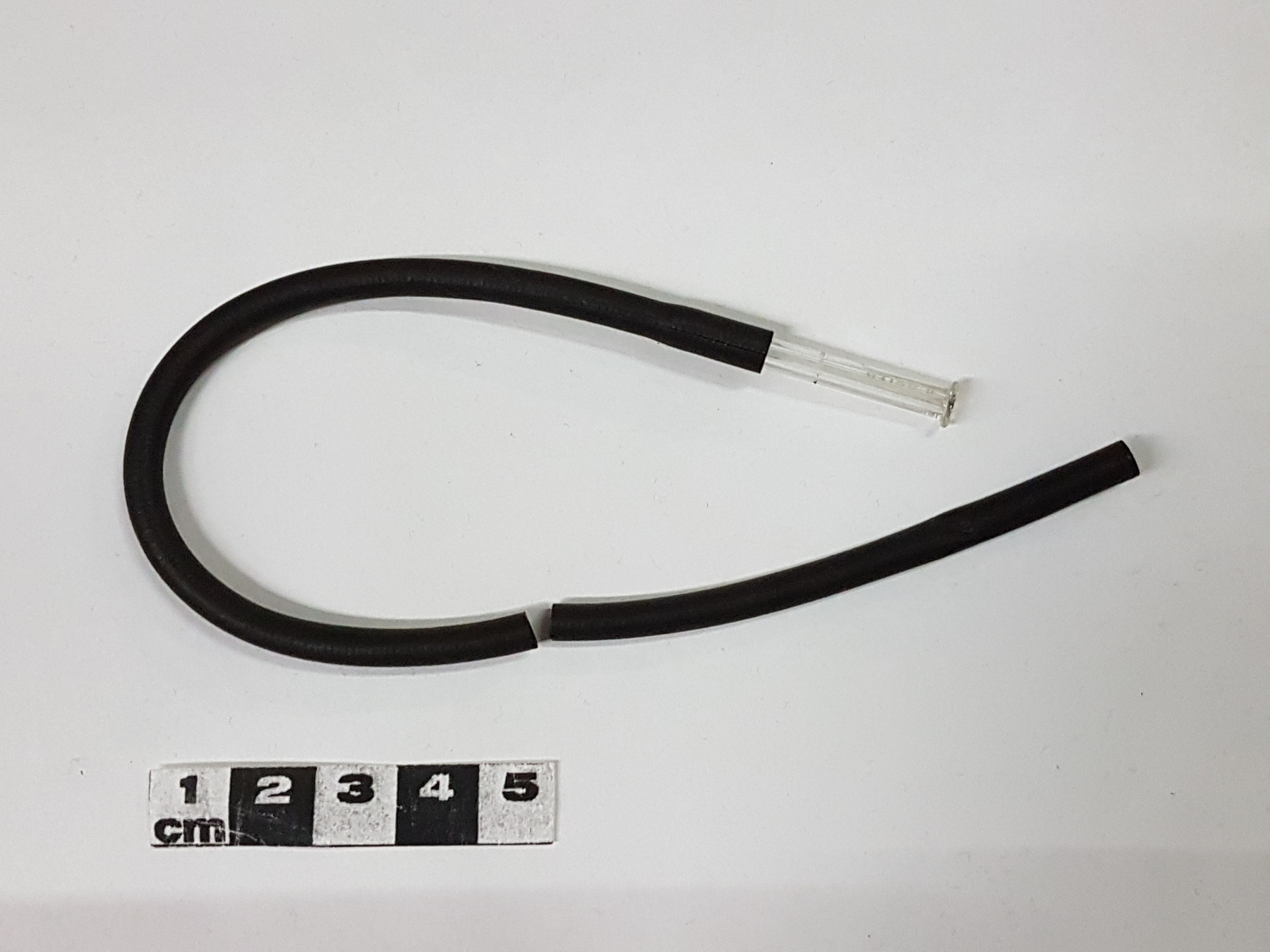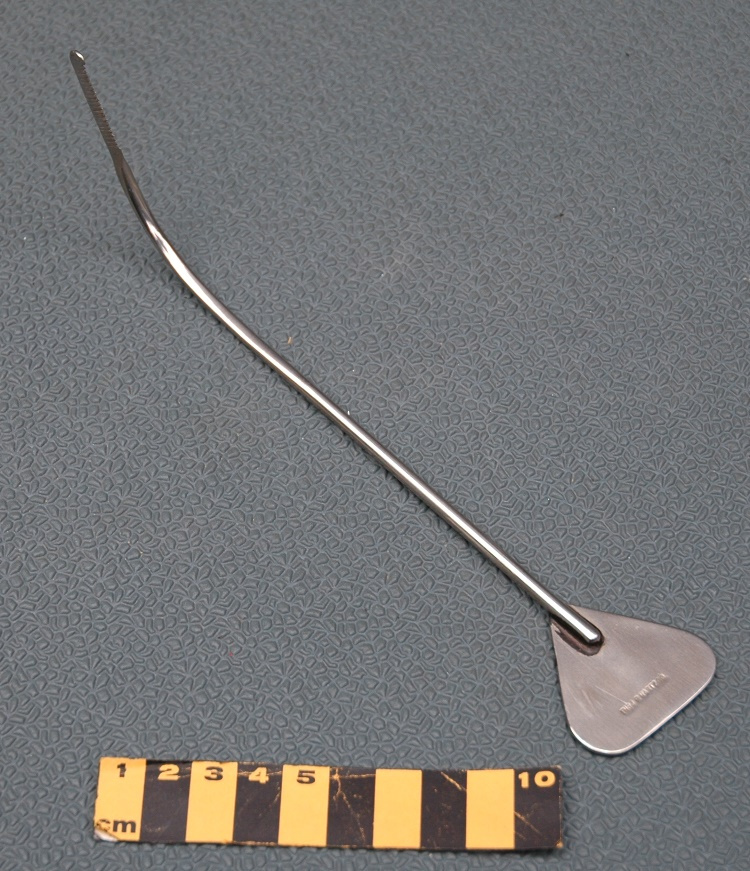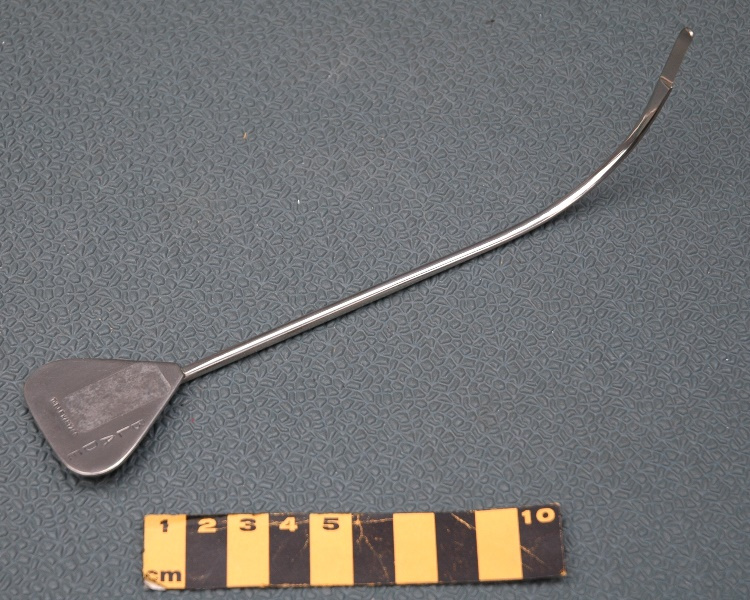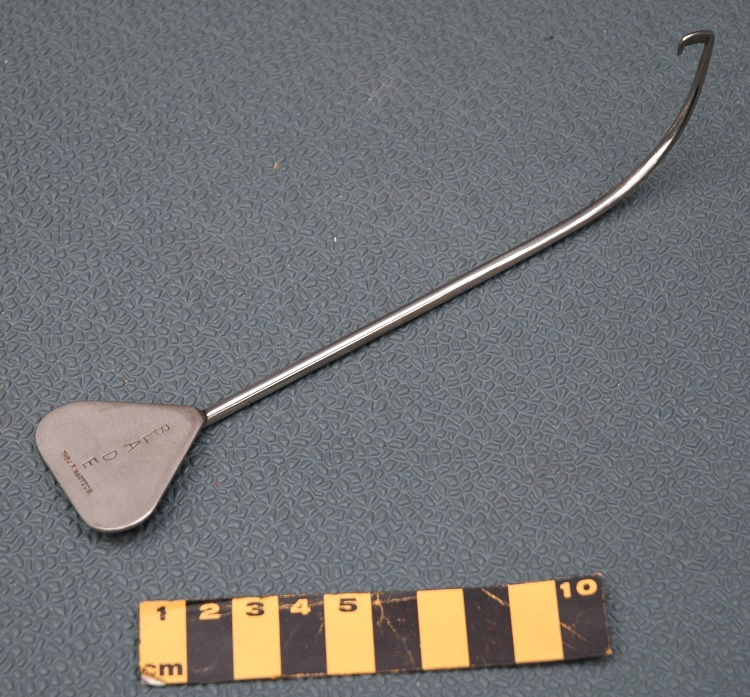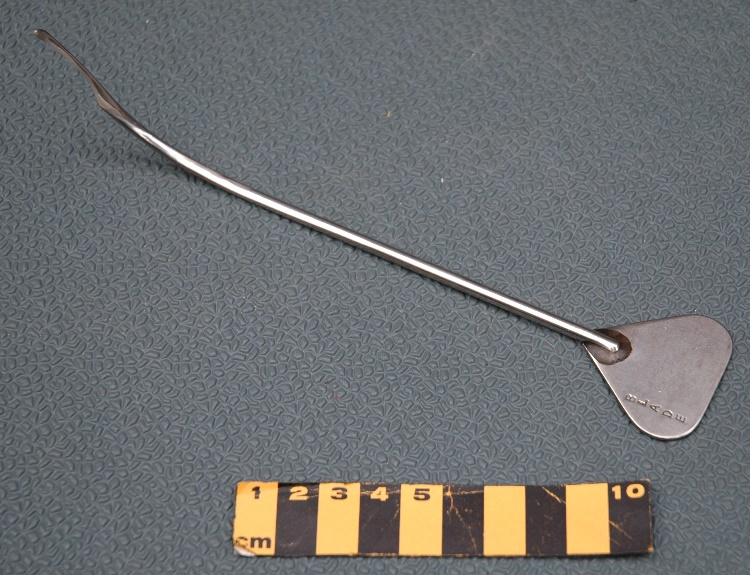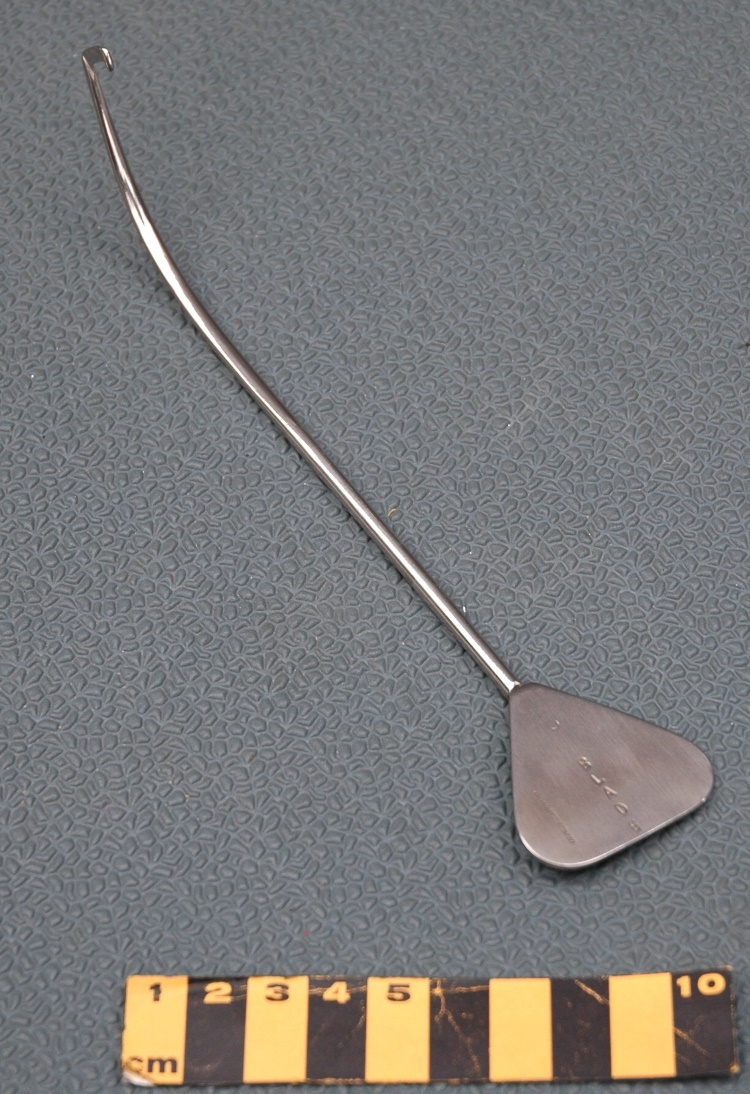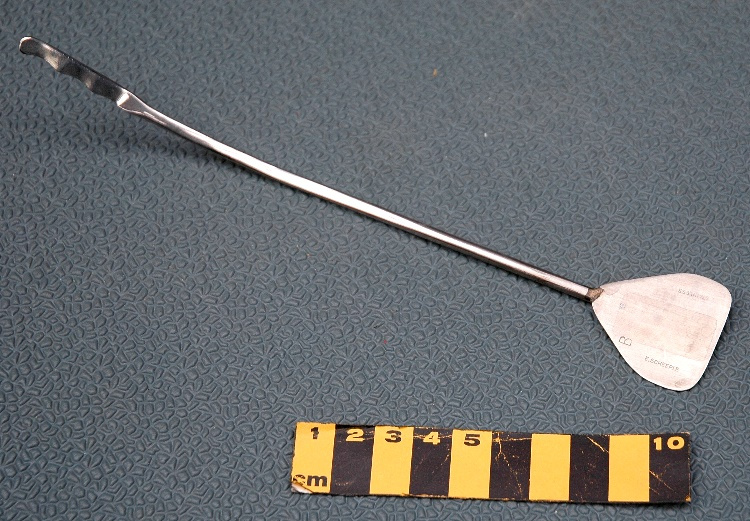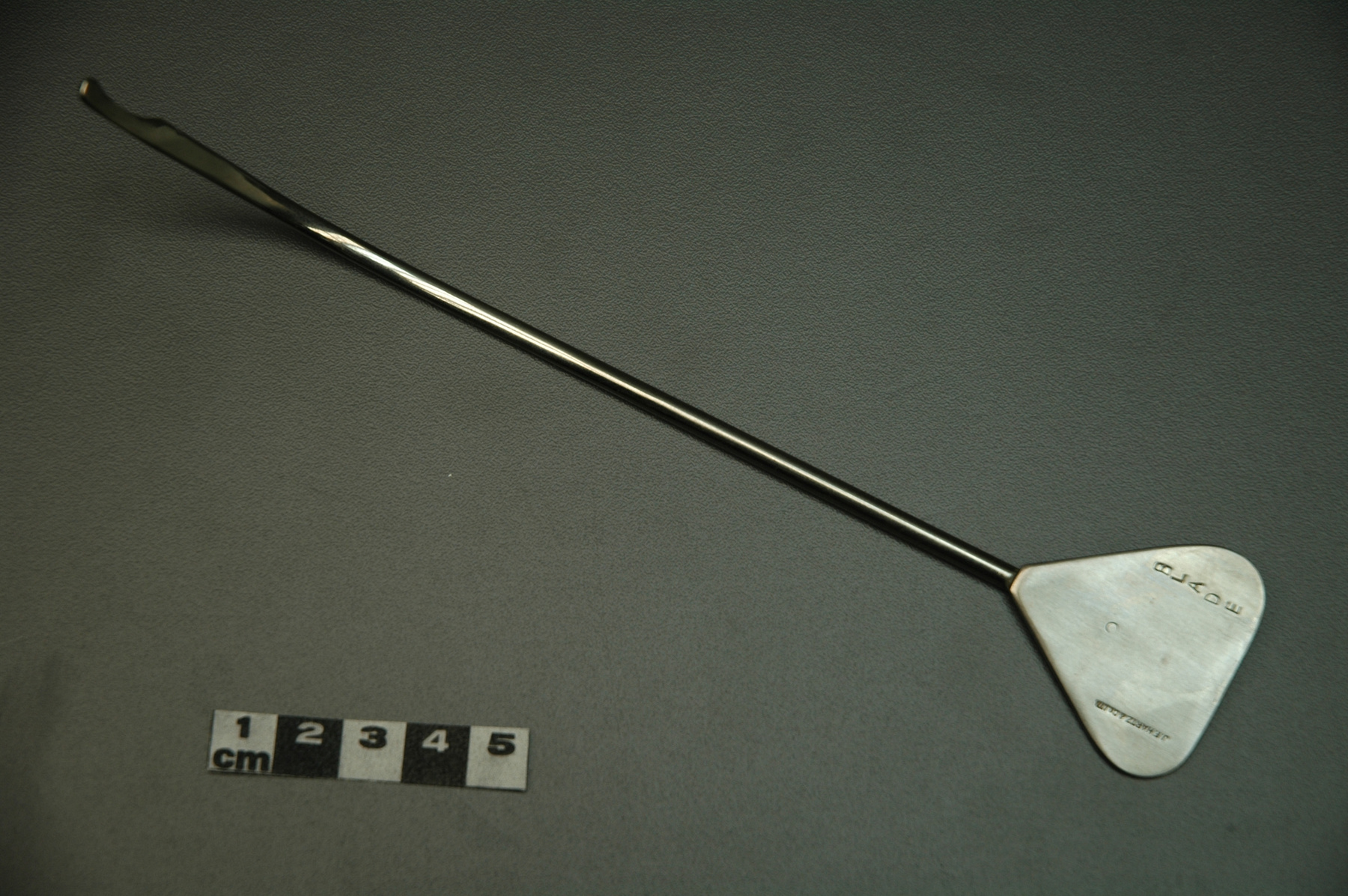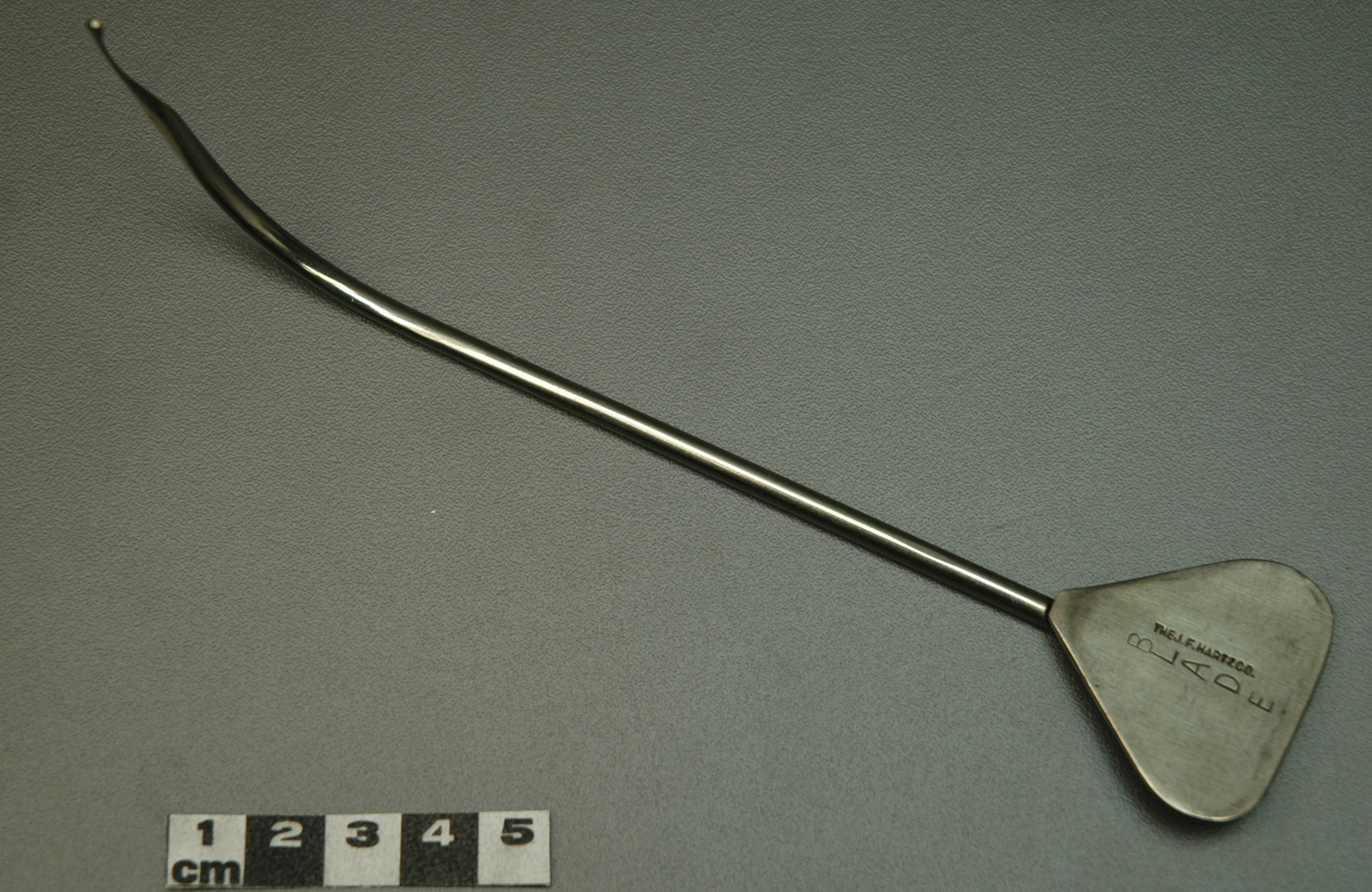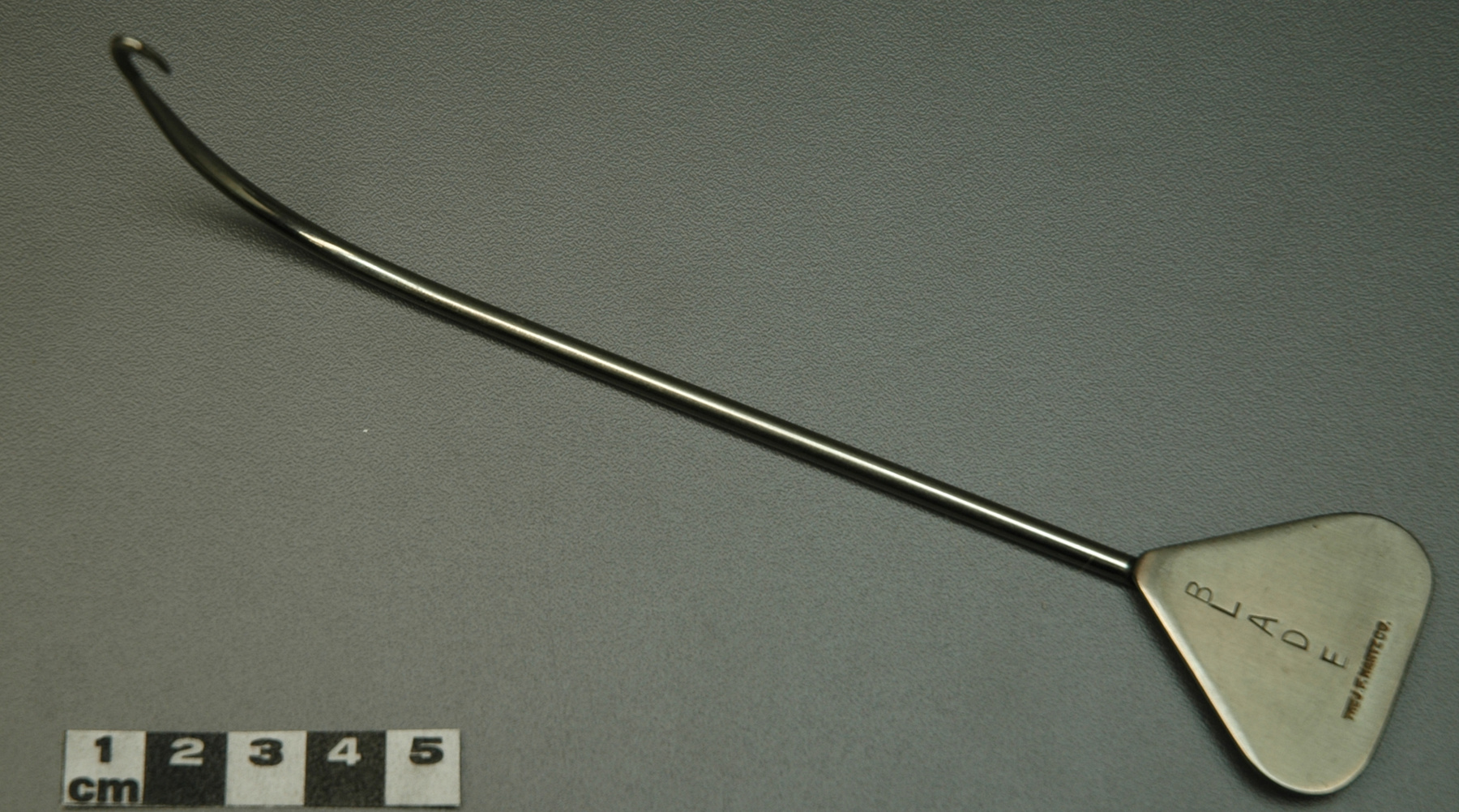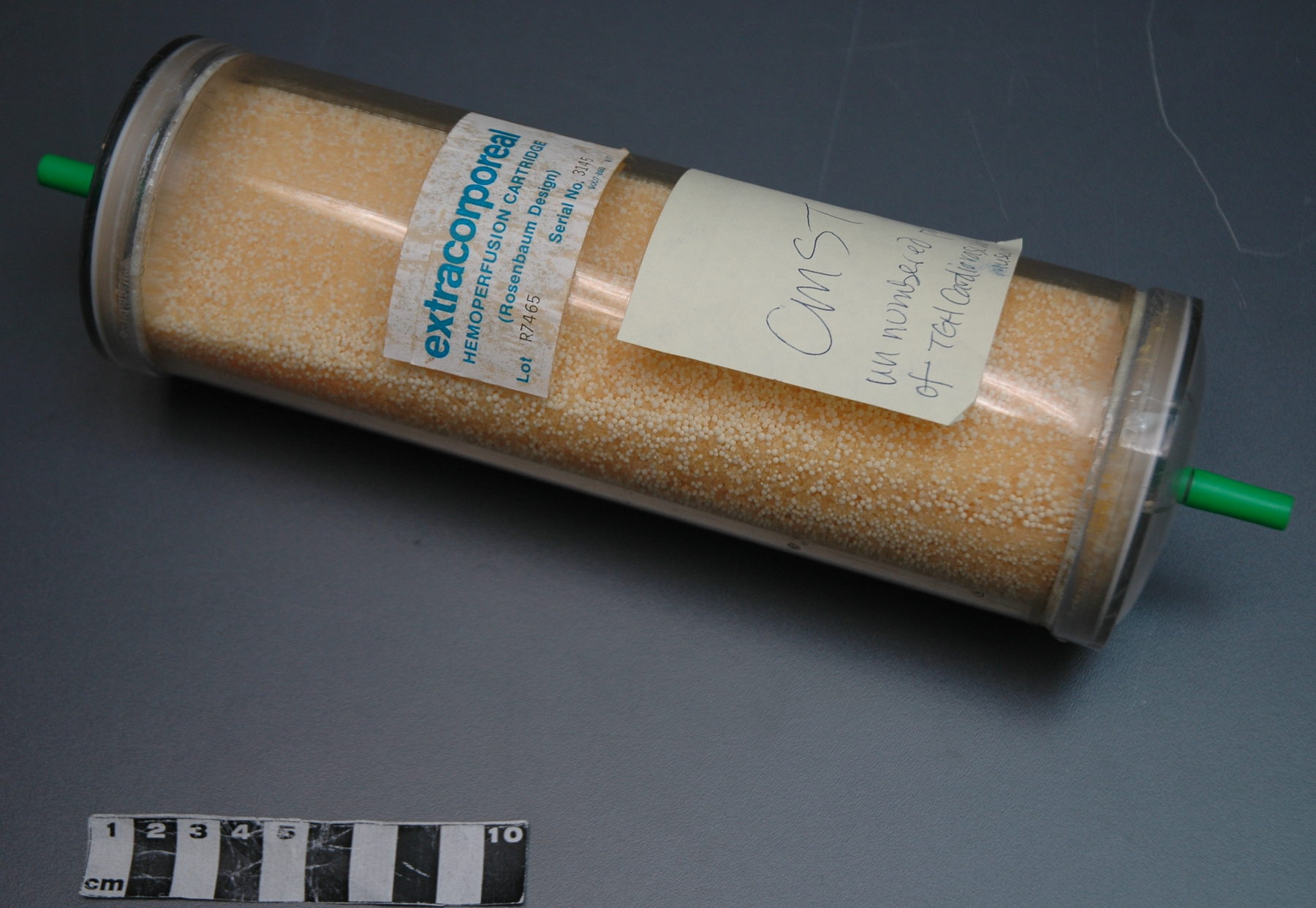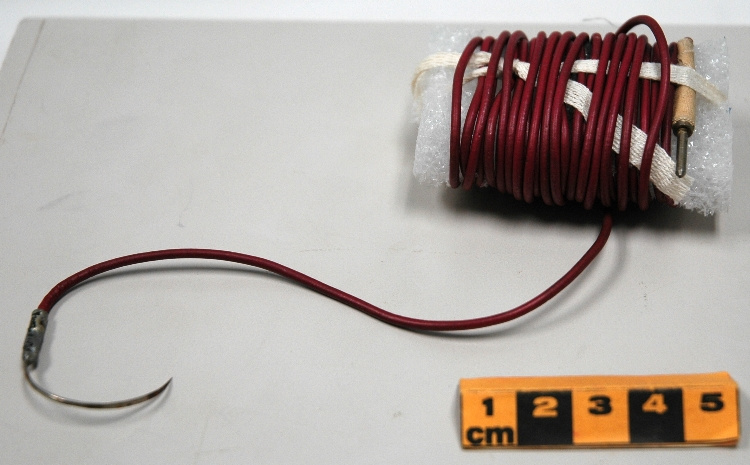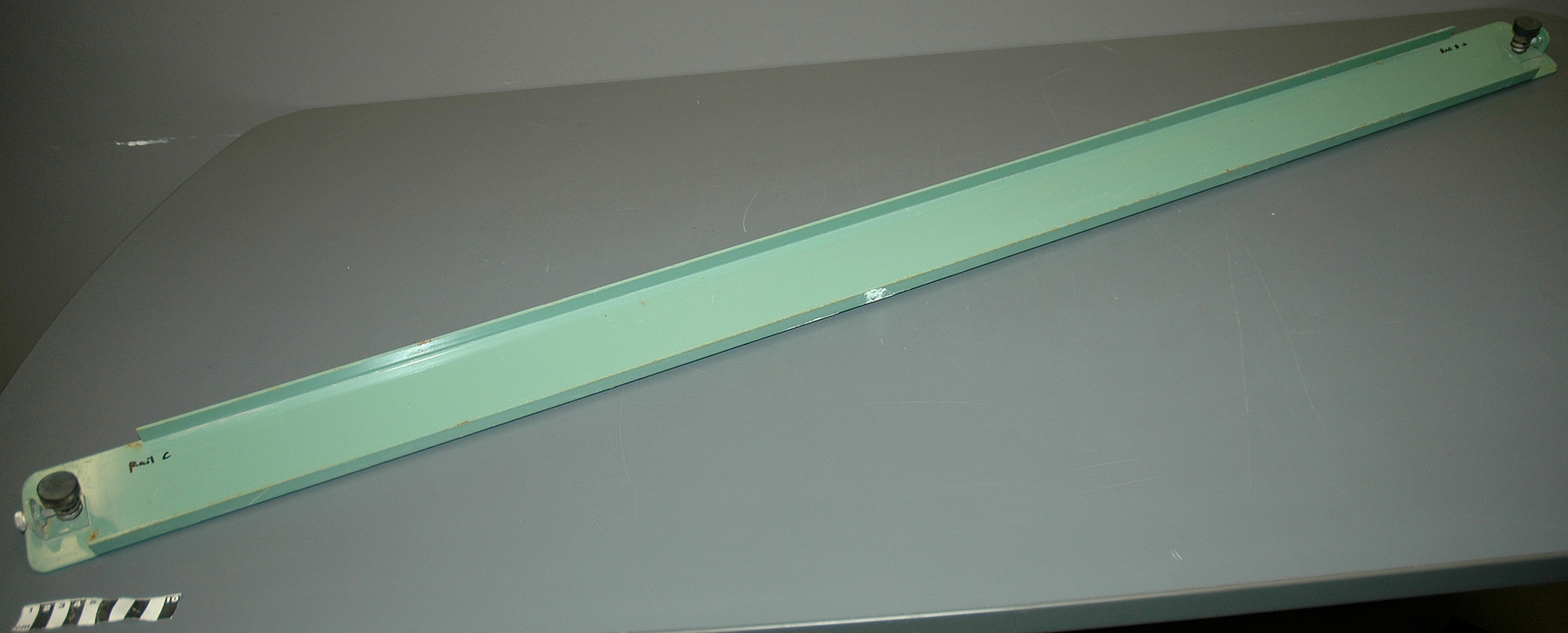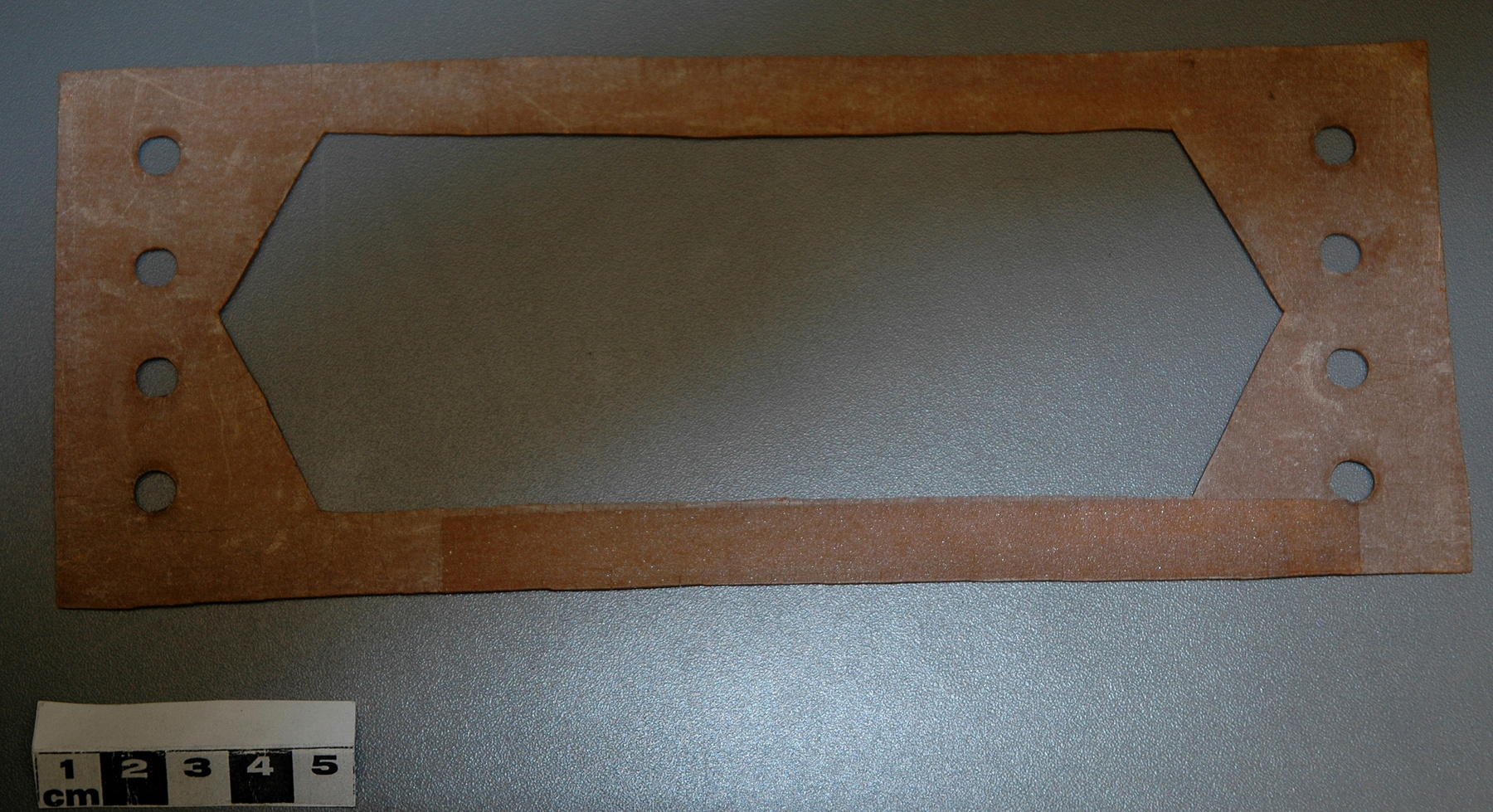Joint
Utiliser cette image
Puis-je réutiliser cette image sans autorisation? Oui
Les images sur le portail de la collection d’Ingenium ont la licence Creative Commons suivante :
Copyright Ingenium / CC BY-NC-ND (Attribution-NonCommercial 4.0 International (CC BY-NC 4.0)
ATTRIBUER CETTE IMAGE
Ingenium,
2002.0620.004
Permalien:
Ingenium diffuse cette image sous le cadre de licence Creative Commons et encourage son téléchargement et sa réutilisation à des fins non commerciales. Veuillez mentionner Ingenium et citer le numéro de l’artefact.
TÉLÉCHARGER L’IMAGEACHETER CETTE IMAGE
Cette image peut être utilisée gratuitement pour des fins non commerciales.
Pour un usage commercial, veuillez consulter nos frais de reproduction et communiquer avec nous pour acheter l’image.
- TYPE D’OBJET
- S/O
- DATE
- 1951–1953
- NUMÉRO DE L’ARTEFACT
- 2002.0620.004
- FABRICANT
- Murray, Dr. G. & Roschlau, Dr. W.
- MODÈLE
- Inconnu
- EMPLACEMENT
- Toronto, Ontario, Canada
Plus d’information
Renseignements généraux
- Nº de série
- prototype
- Nº de partie
- 4
- Nombre total de parties
- 10
- Ou
- artificial kidney machine dialyzer
- Brevets
- S/O
- Description générale
- red-brown rubber
Dimensions
Remarque : Cette information reflète la taille générale pour l’entreposage et ne représente pas nécessairement les véritables dimensions de l’objet.
- Longueur
- 23,1 cm
- Largeur
- 9,0 cm
- Hauteur
- S/O
- Épaisseur
- S/O
- Poids
- S/O
- Diamètre
- S/O
- Volume
- S/O
Lexique
- Groupe
- Technologie médicale
- Catégorie
- Matériel médical
- Sous-catégorie
- S/O
Fabricant
- Ou
- Murray Roschlau
- Pays
- Canada
- État/province
- Ontario
- Ville
- Toronto
Contexte
- Pays
- Canada
- État/province
- Ontario
- Période
- Used c. 1951-1953.
- Canada
-
Second artificial kidney designed and manufactured by Drs. Gordon Murray and Walter Roschlau at W.P Caven Research Foundation, Toronto c. 1951-1953. It was used experimentally in his laboratory on Holmwood Ave. (site of the CRV) and once for emergency treatment on a patient suffering kidney failure at Toronto General Hospital. [Ref.4] Murray's second-generation machine was an improvement from the original: it's design features made it more compact and efficient, easier to handle, set-up and use, and less intimidating for both patient and hospital staff. [Ref. 8] Murray abandoned his renal dialysis research c. 1954 . Murray was a remarkable surgeon and innovator whose work earned him international recognition. In the 1930s Dr. Murray introduced the anticoagulant Heparin to world clinical practice; in the '40s he developed the first artificial kidney in North America; and in 1955 he performed the first successful transplant of a human heart valve. Unfortunately, these achievements are often overshadowed by his later, controversial work on an anti-cancer serum, and on unconventional surgery for injuries caused by traumatic paraplegia. (2002.0619 Ref. 3] - Fonction
-
Used to provide a leak-proof seal: specifically, to prevent leaks within and from the dialyzer [filter unit] of an artificial kidney machine. - Technique
-
Dr. Walter Roschlau worked with Murray at the W.P. Caven Research Foundation on the design of the second generation artificial kidney machine. One of the most significant features of the later model was the parallel plate design of the dialyzer. Roschlau experimented with flow patterns, volume requirements, the dialyzing membrane surfaces and the production of multiples of blood and dialysate chambers before settling on this design. Compact and more robust than the earlier coil dialyzer, this version had an enlarged surface area and reduced blood-volume requirements. [Ref. 8] It consists of 2 head pieces, between which are mounted repeating dialyzing units: each of these units is composed of blood chamber, dialysate chamber, rubber gaskets, and cellophane dialyzing sheets. [see 2002.0620.4-.10] Rubber gaskets located at either end of dialyzing unit, and between the dialysate chambers were used to define and maintain the capacity of the chambers, and to prevent leaks. Made of pure gum [rubber] approx. 0.75mm thick, they are exactly the same size and shape as the blood chambers. [Ref. 5] - Notes sur la région
-
Inconnu
Détails
- Marques
- None, save UHN catalogue no. "994.18.1" printed in black ink in one corner of gasket.
- Manque
- None.
- Fini
- Smooth red-brown gaskets.
- Décoration
- S/O
FAIRE RÉFÉRENCE À CET OBJET
Si vous souhaitez publier de l’information sur cet objet de collection, veuillez indiquer ce qui suit :
Murray, Dr. G. & Roschlau, Dr. W., Joint, entre 1951–1953, Numéro de l'artefact 2002.0620, Ingenium - Musées des sciences et de l'innovation du Canada, http://collections.ingeniumcanada.org/fr/item/2002.0620.004/
RÉTROACTION
Envoyer une question ou un commentaire sur cet artefact.
Plus comme ceci
